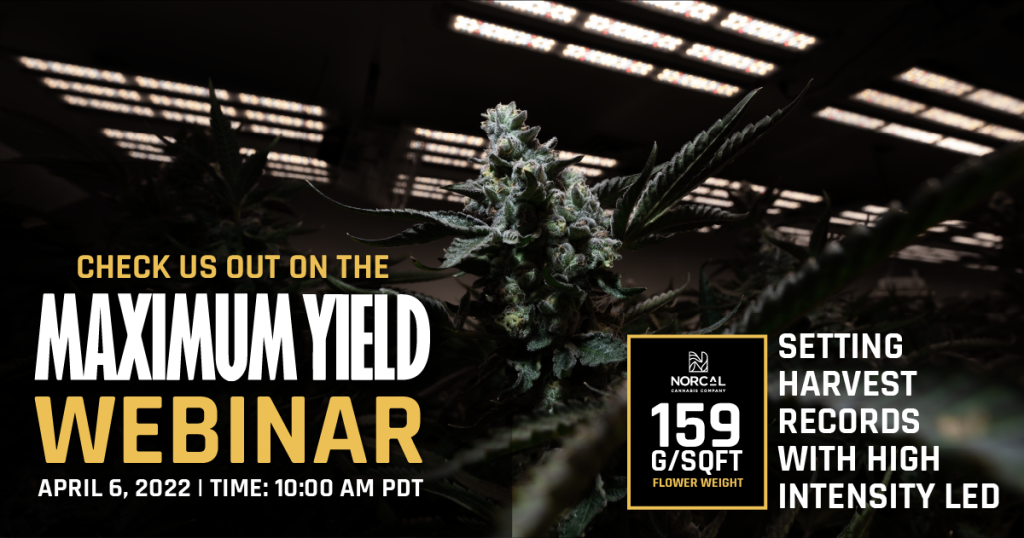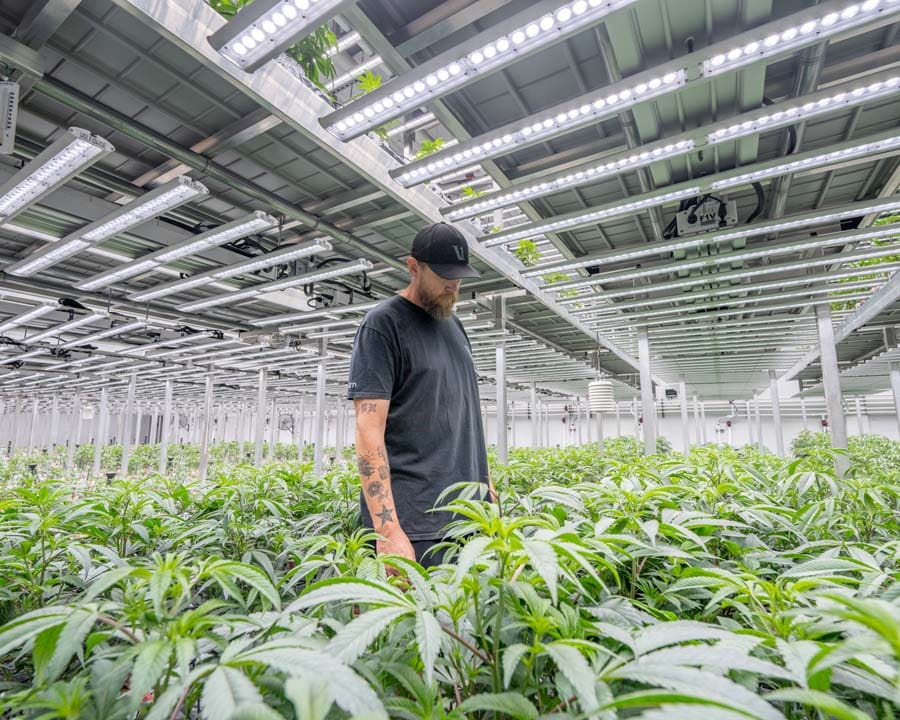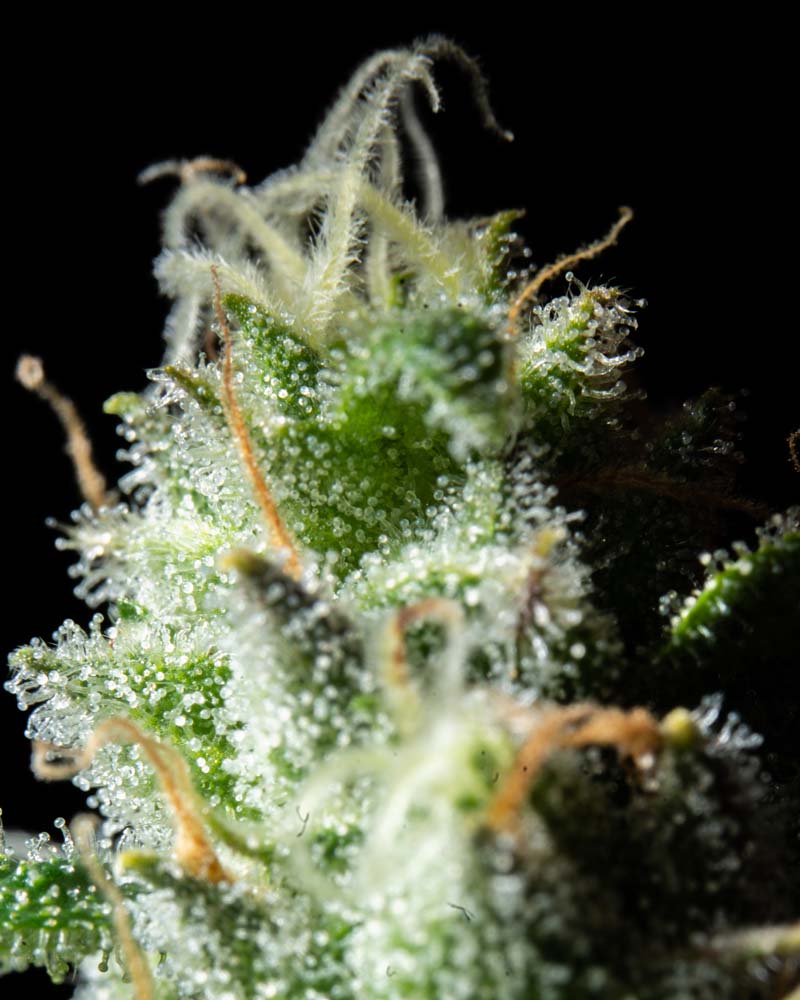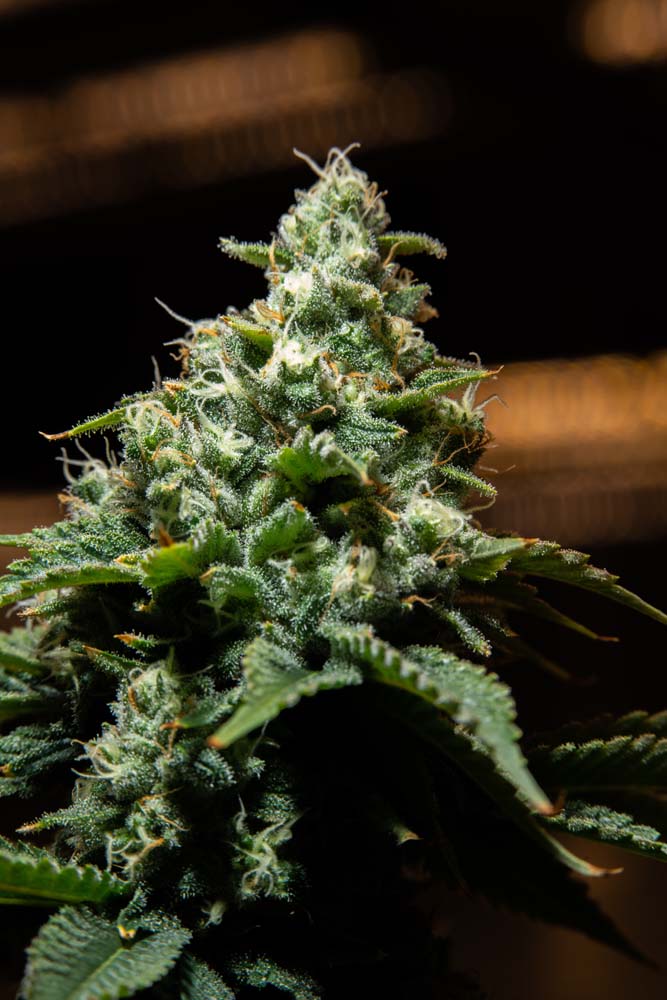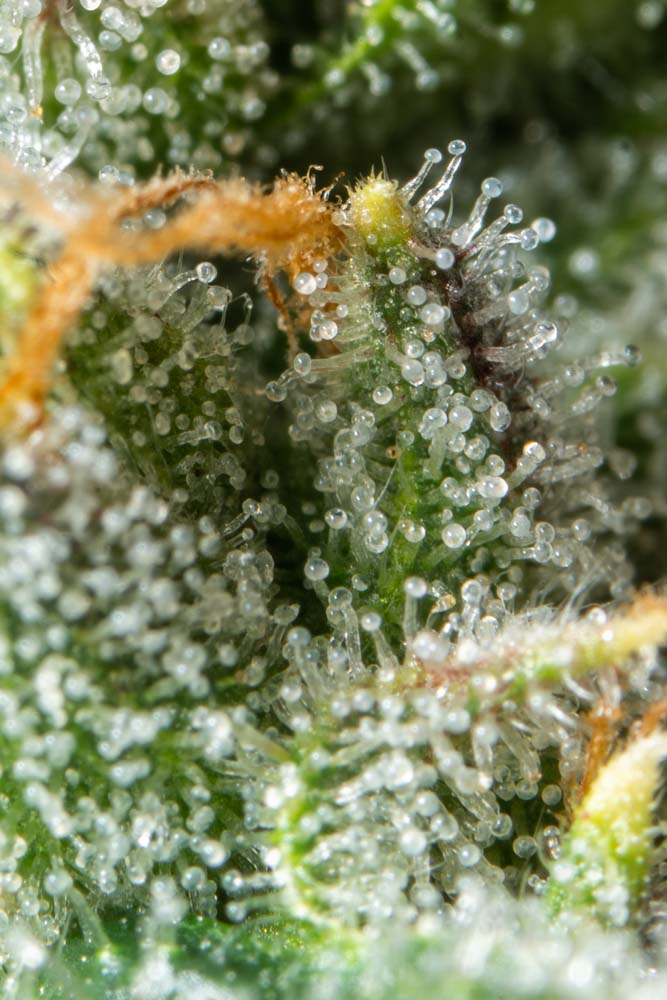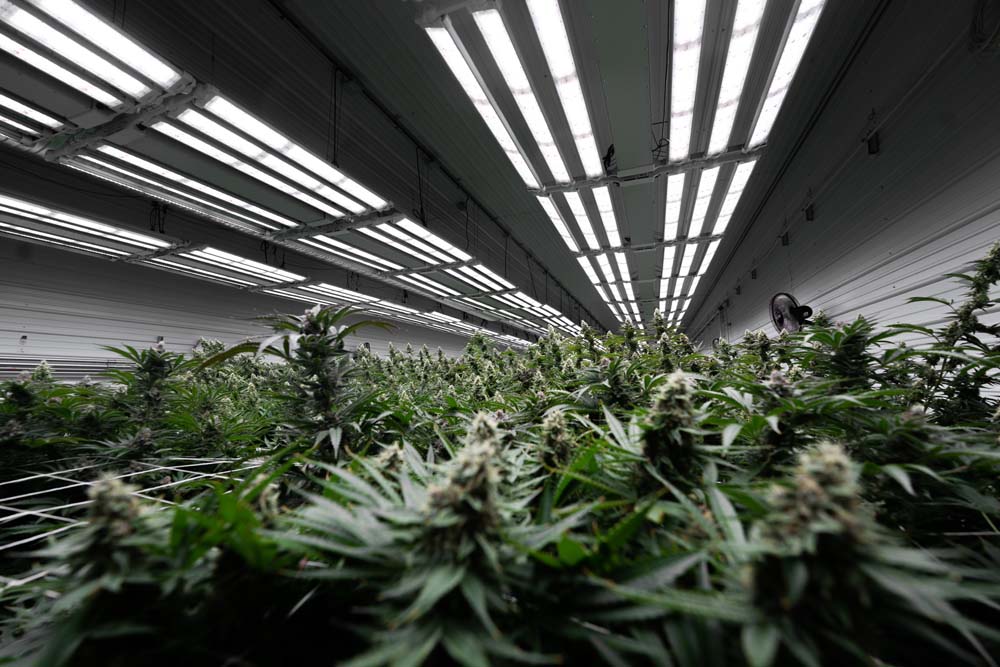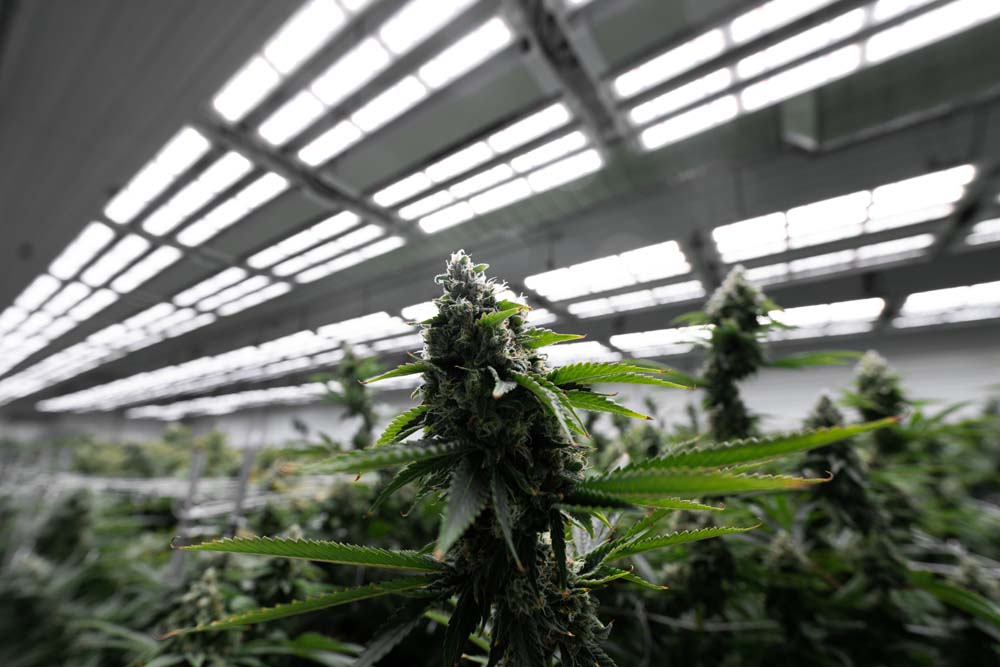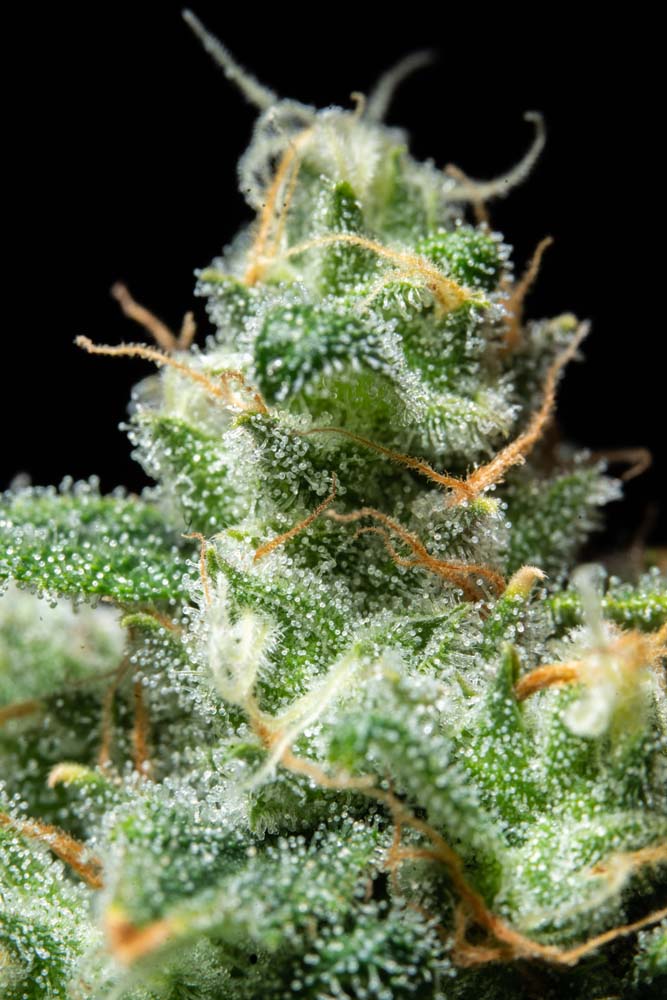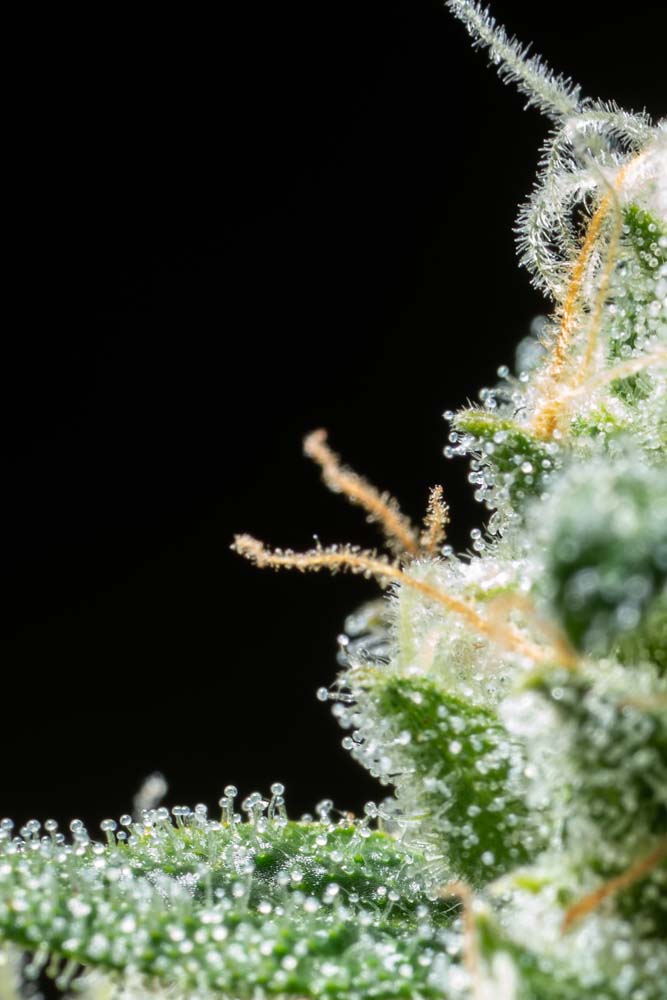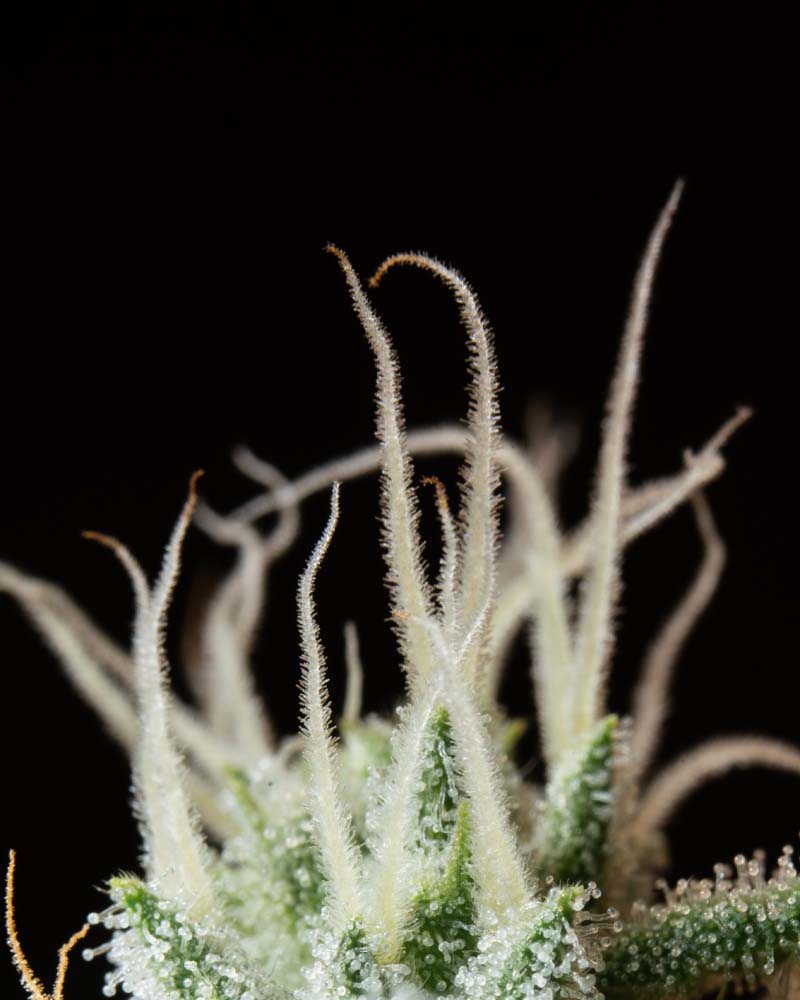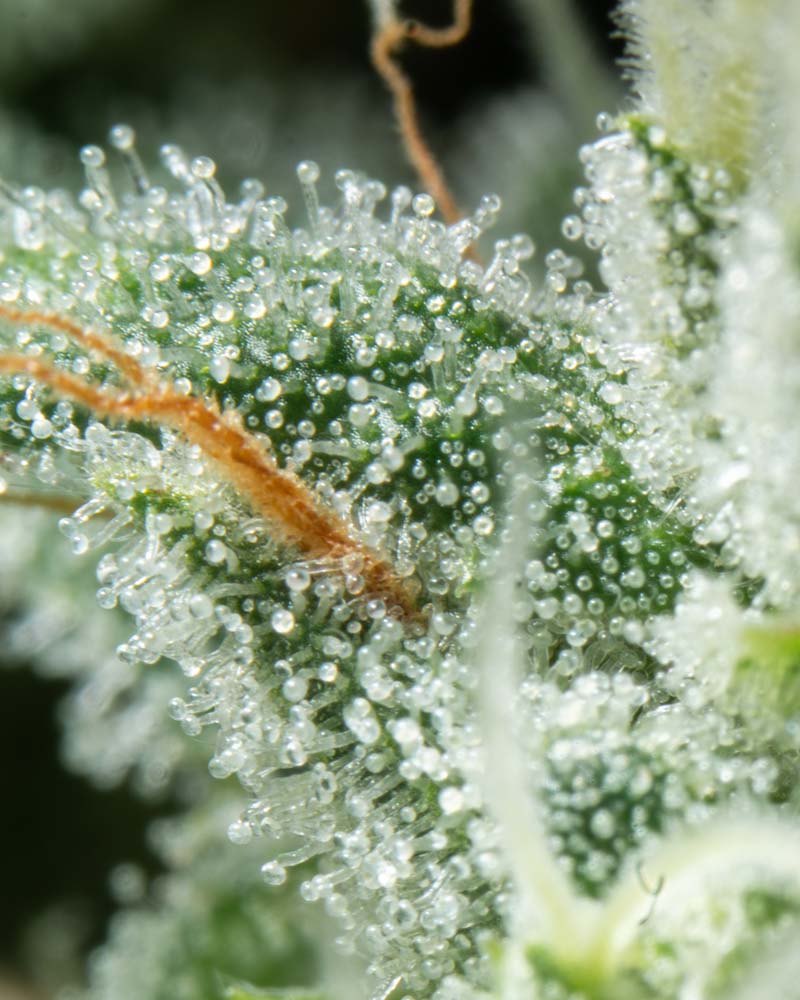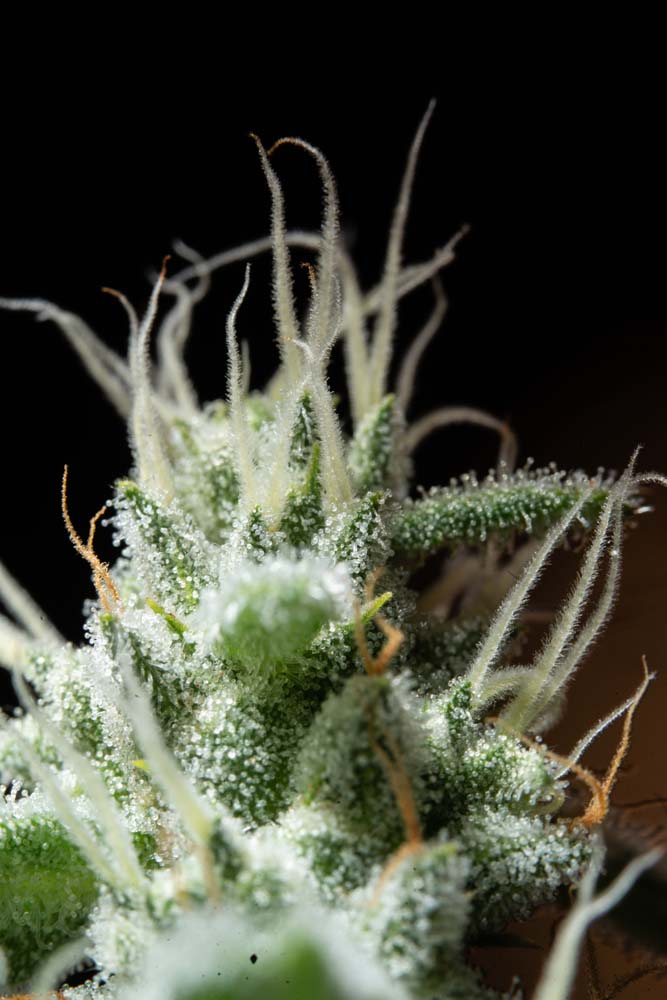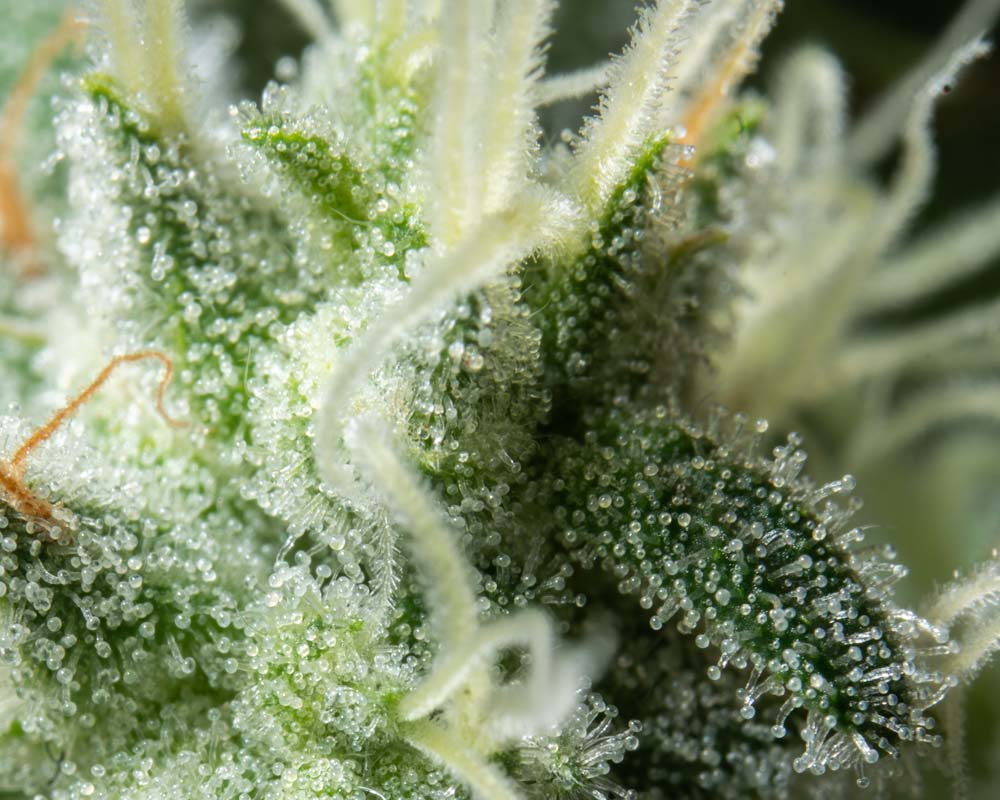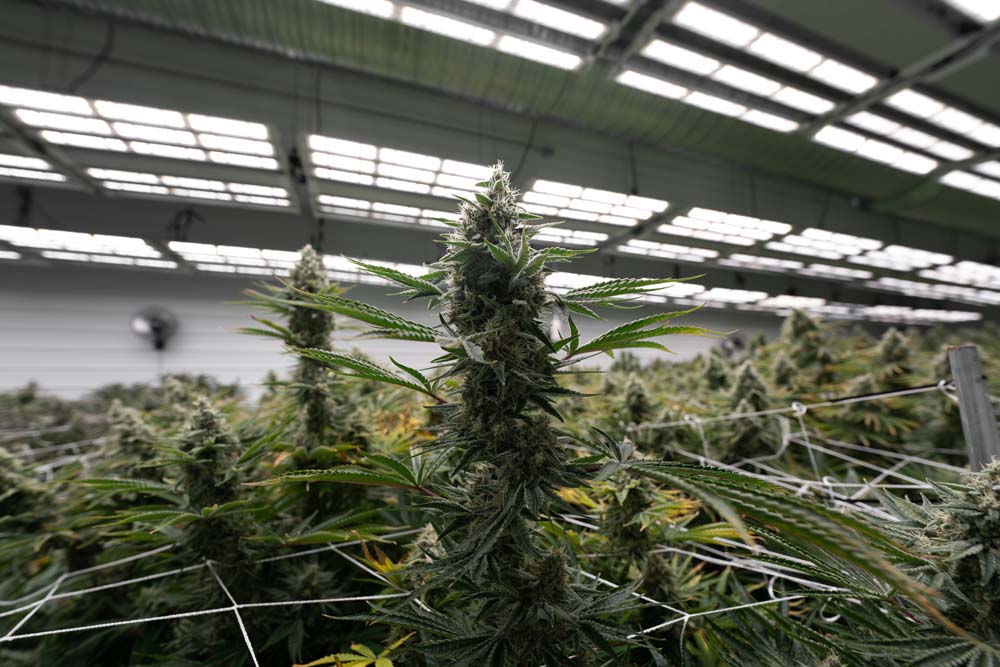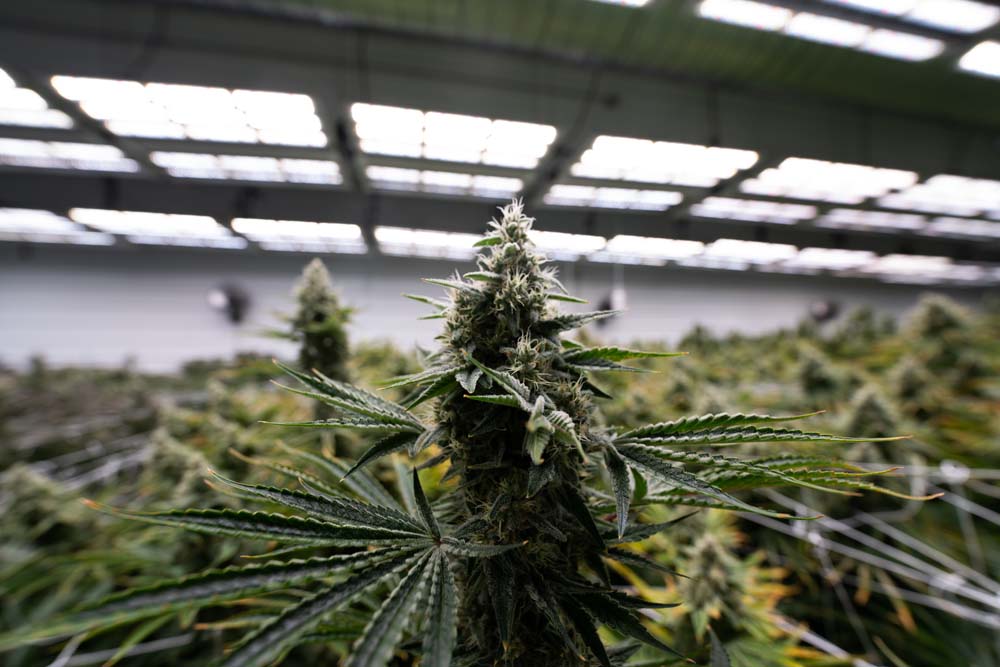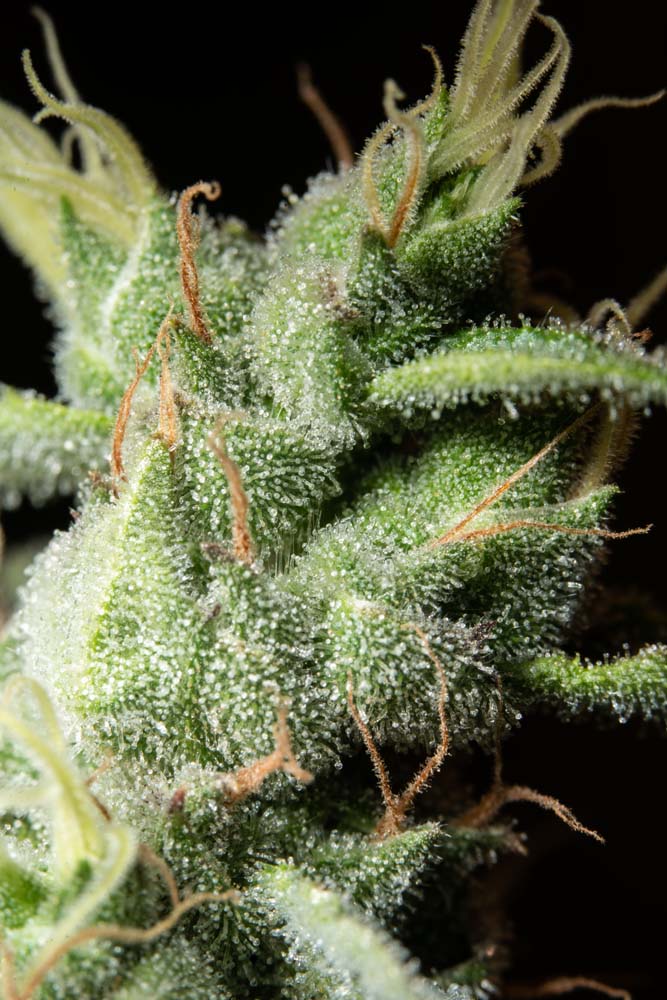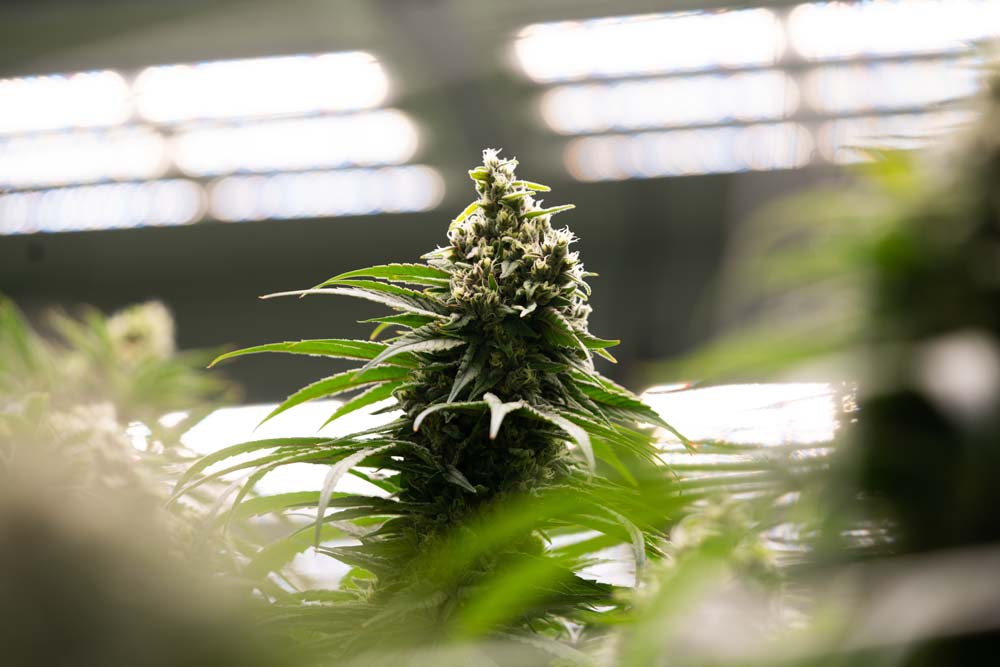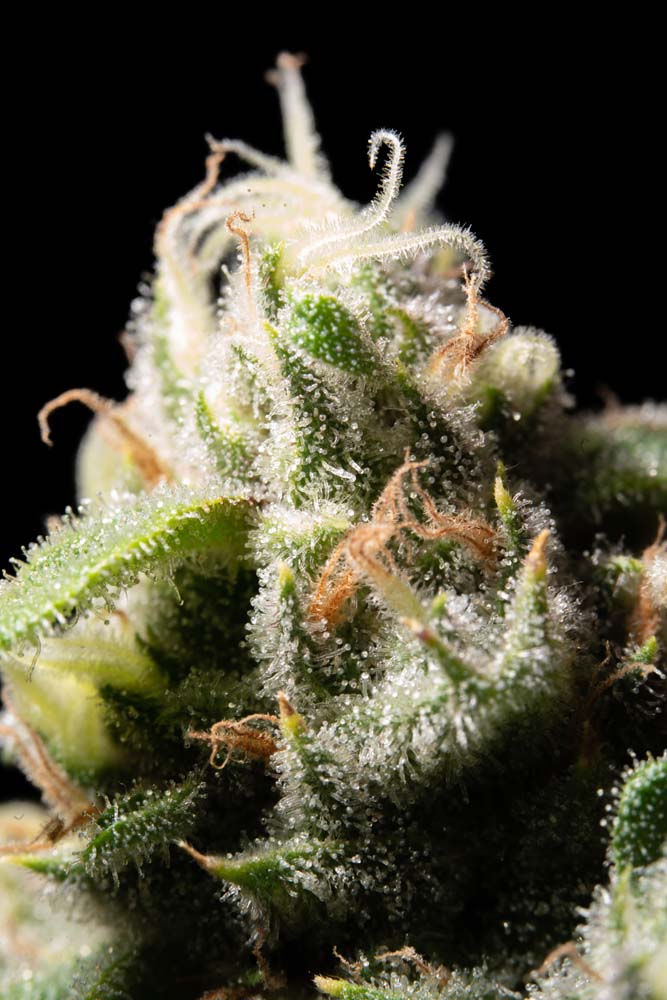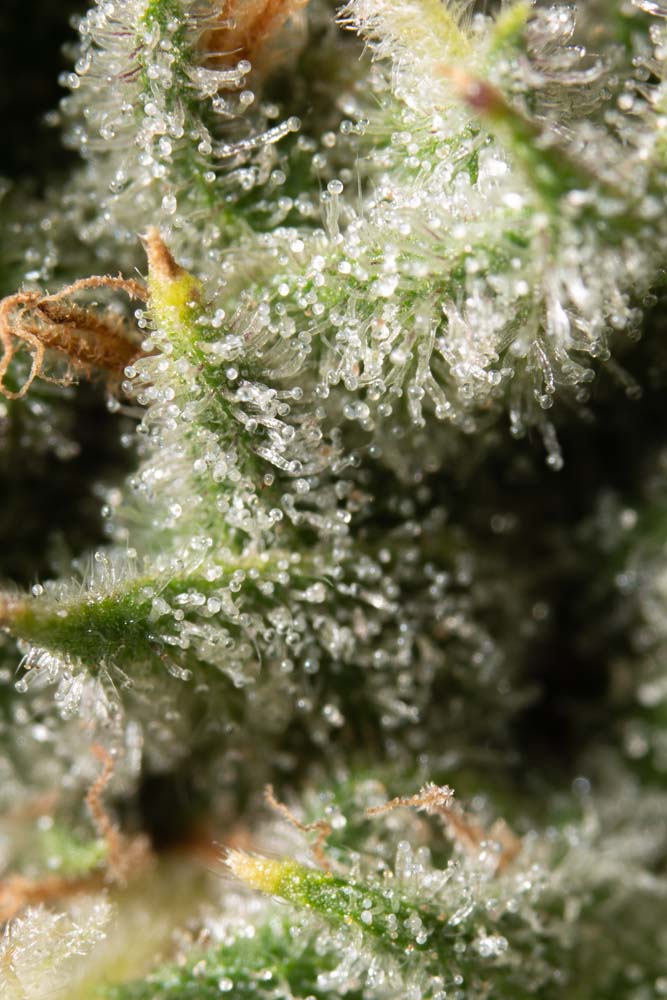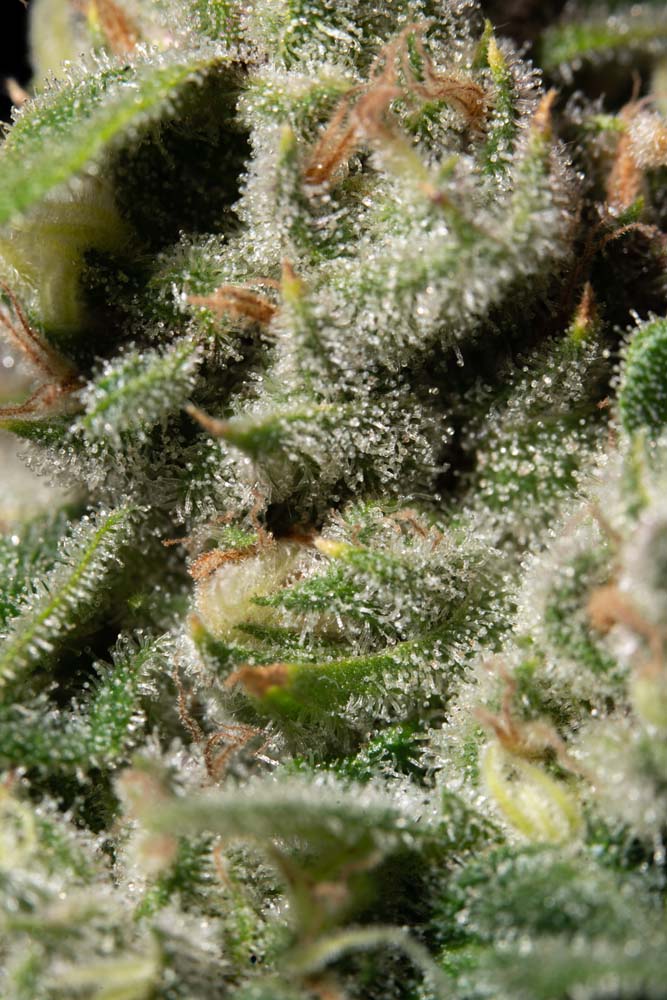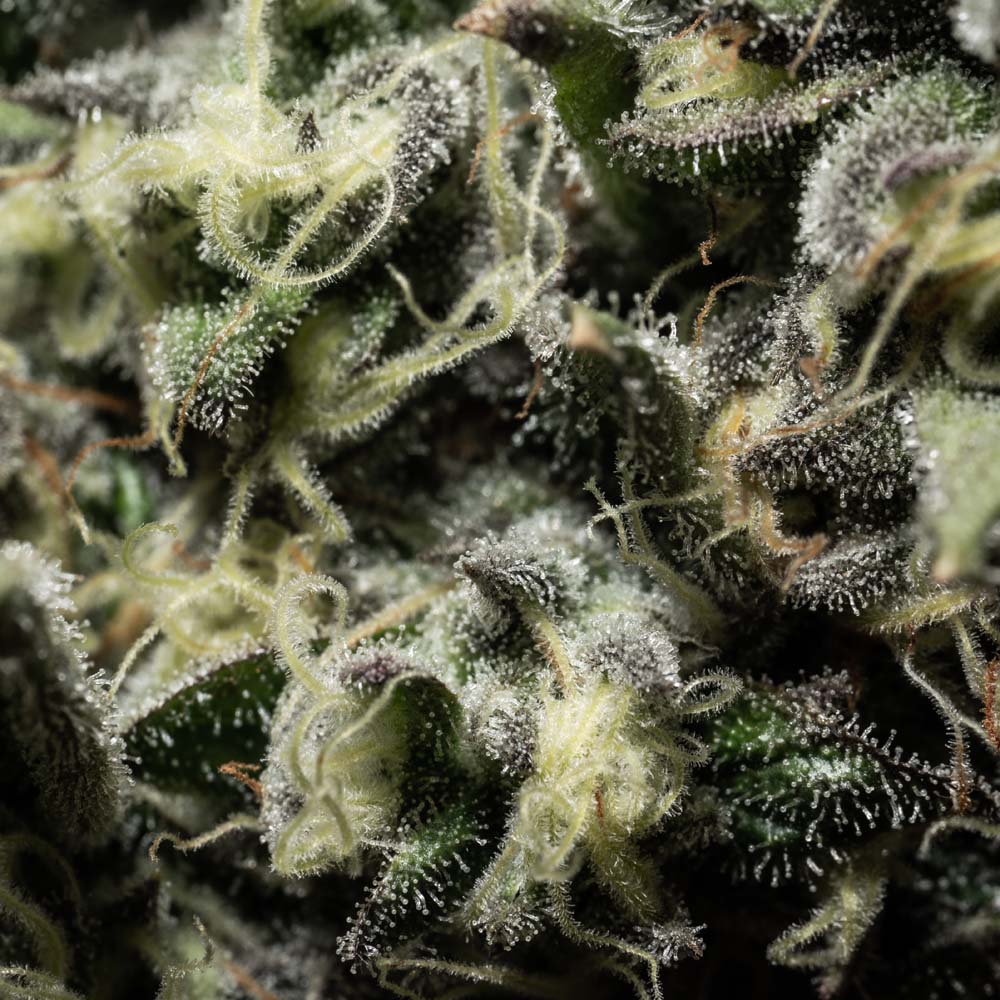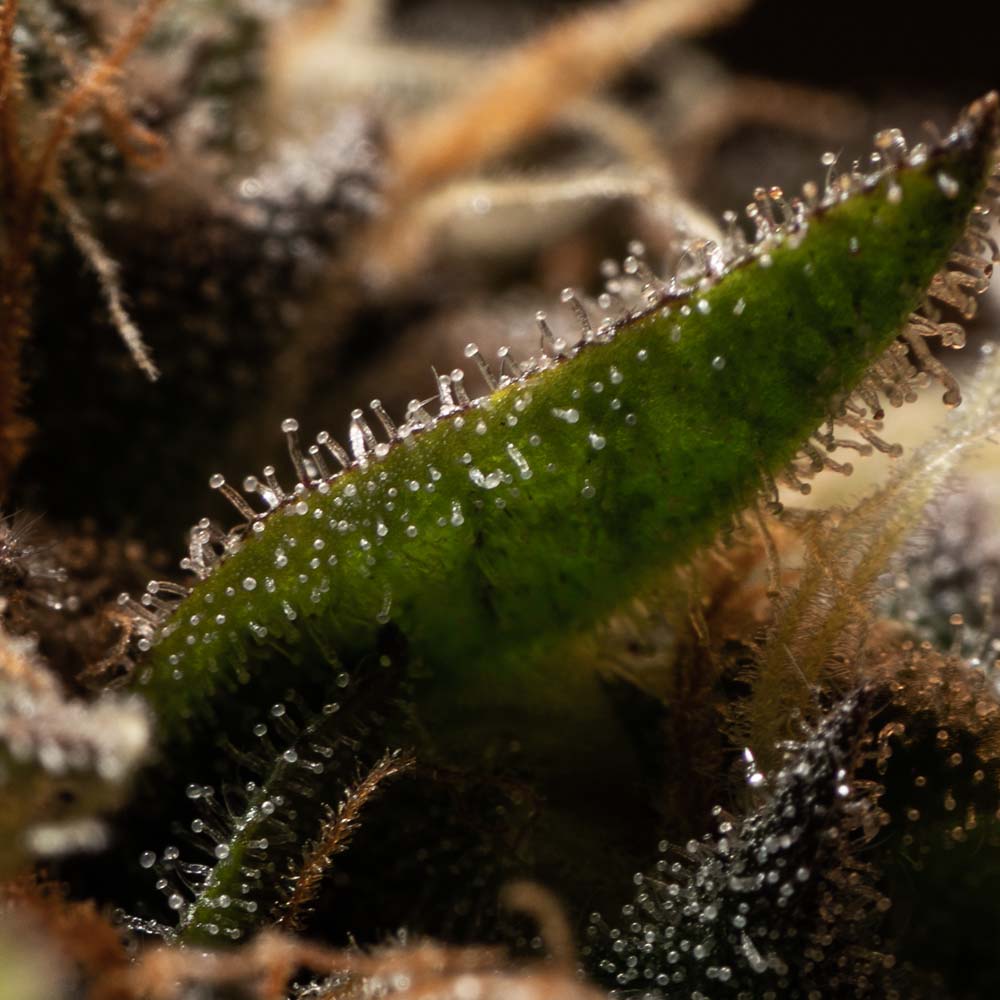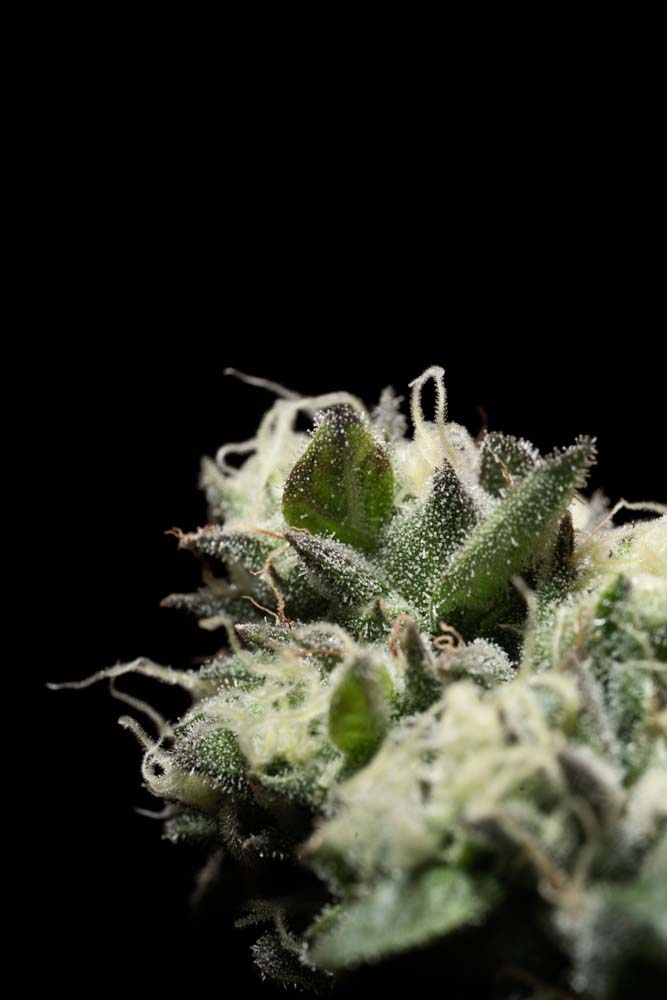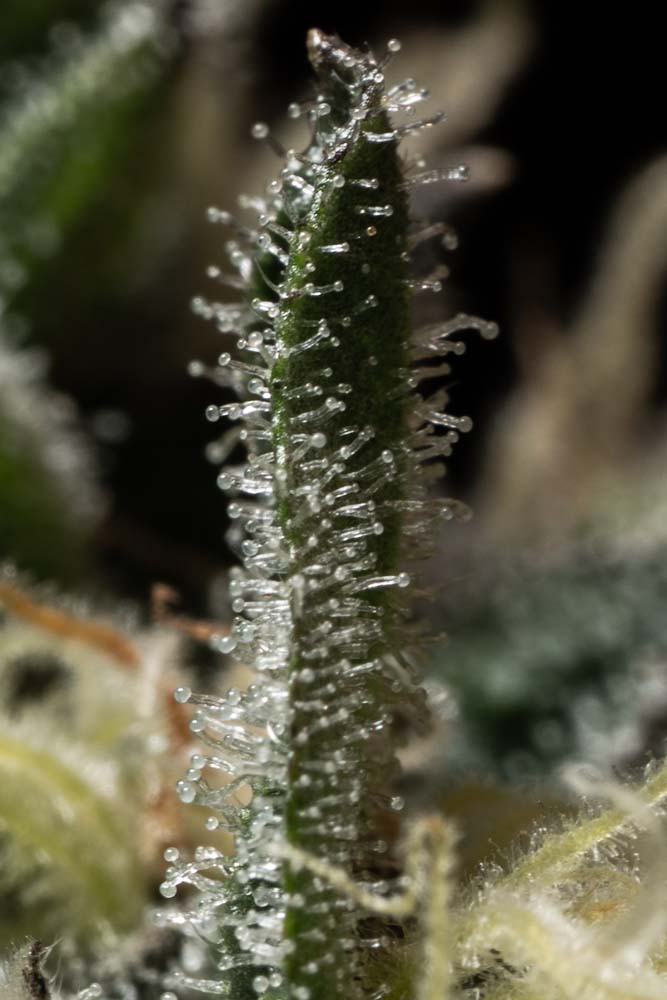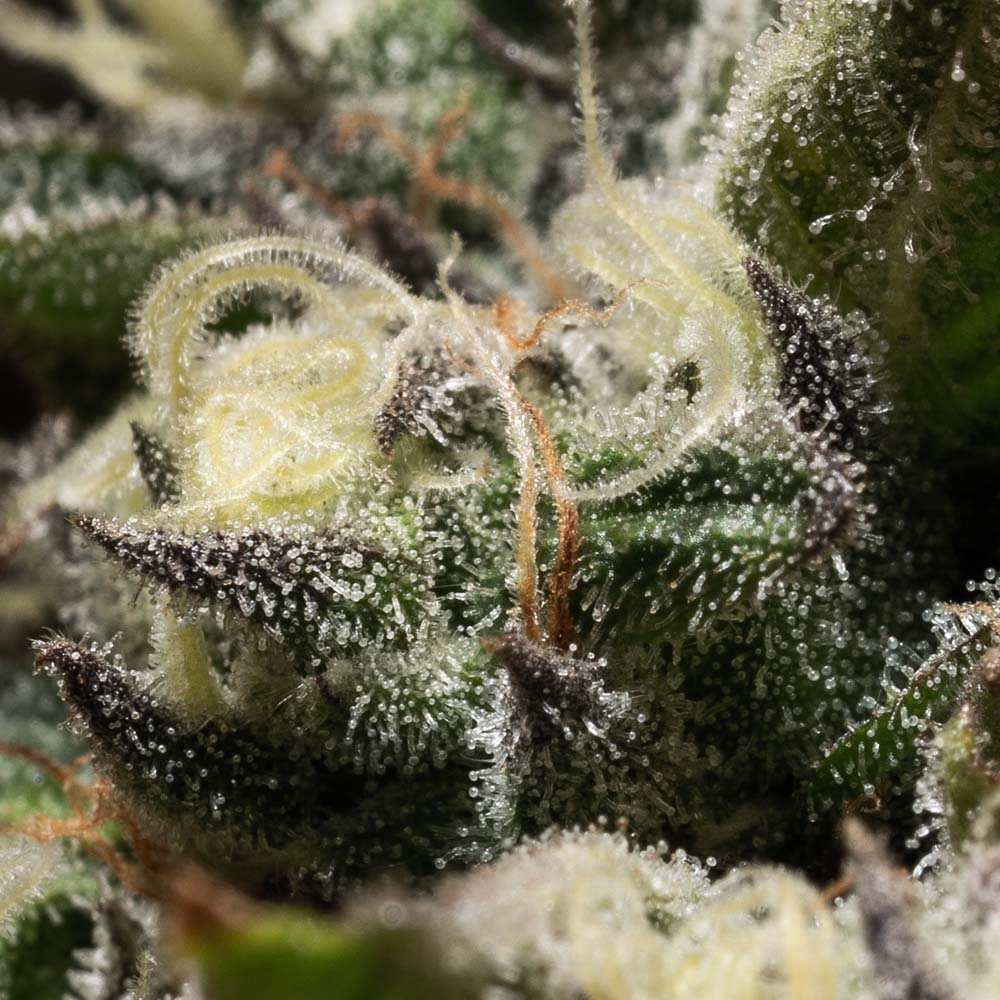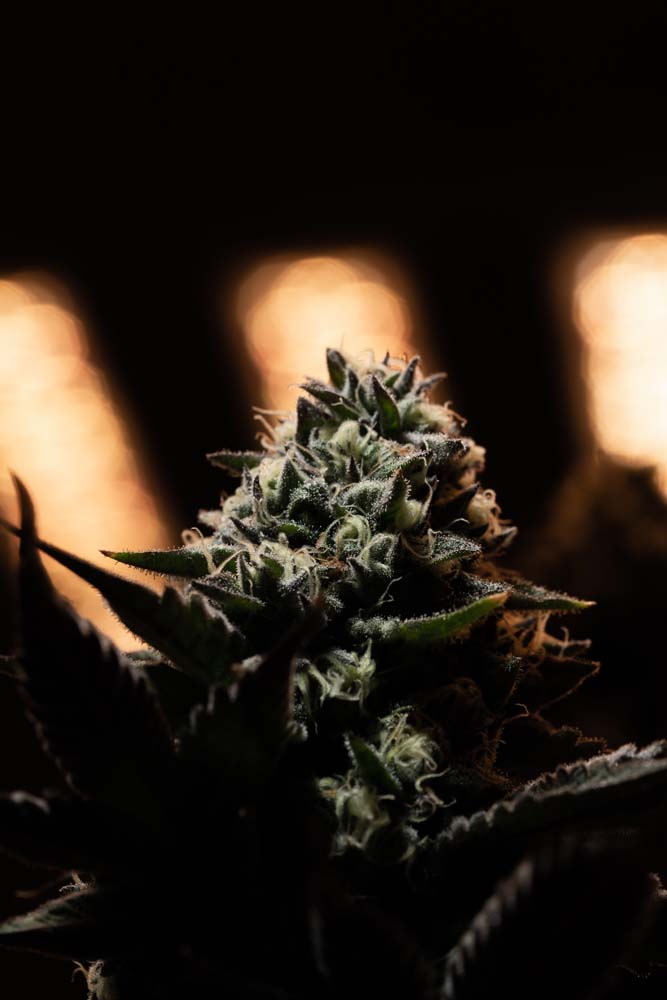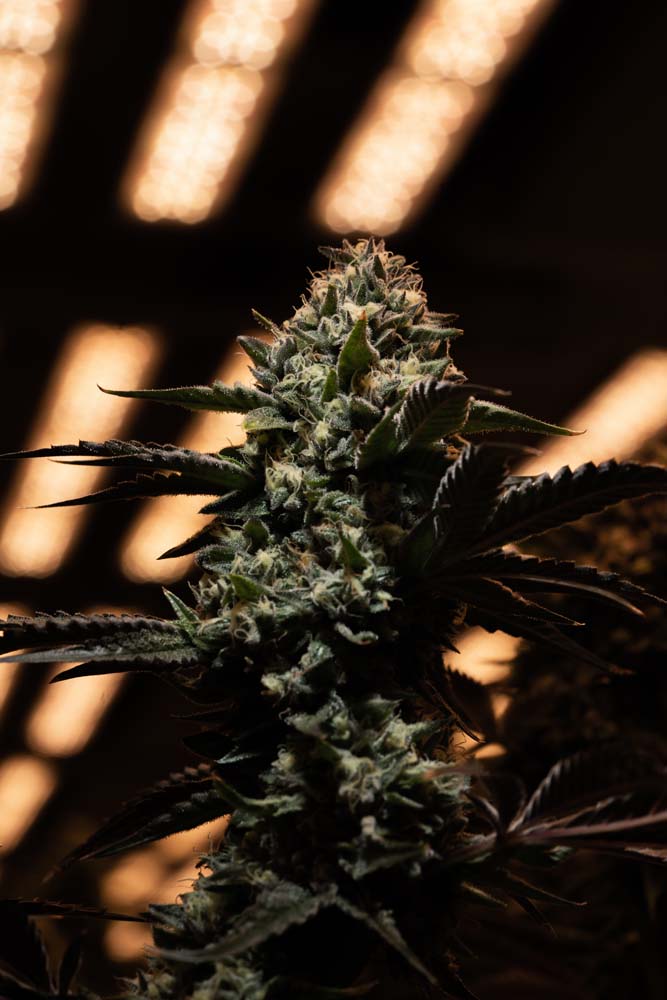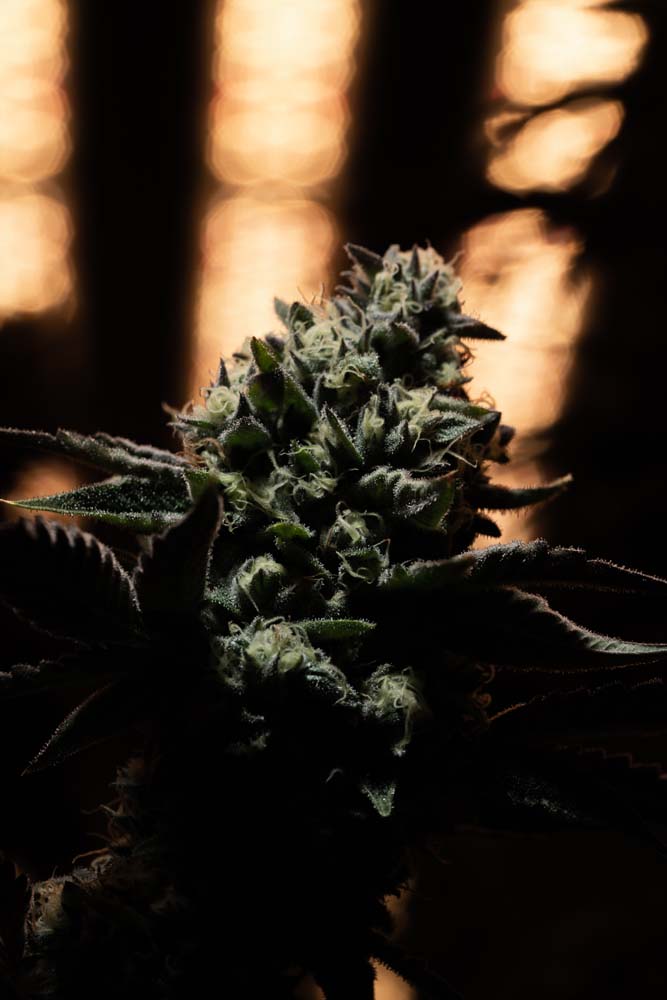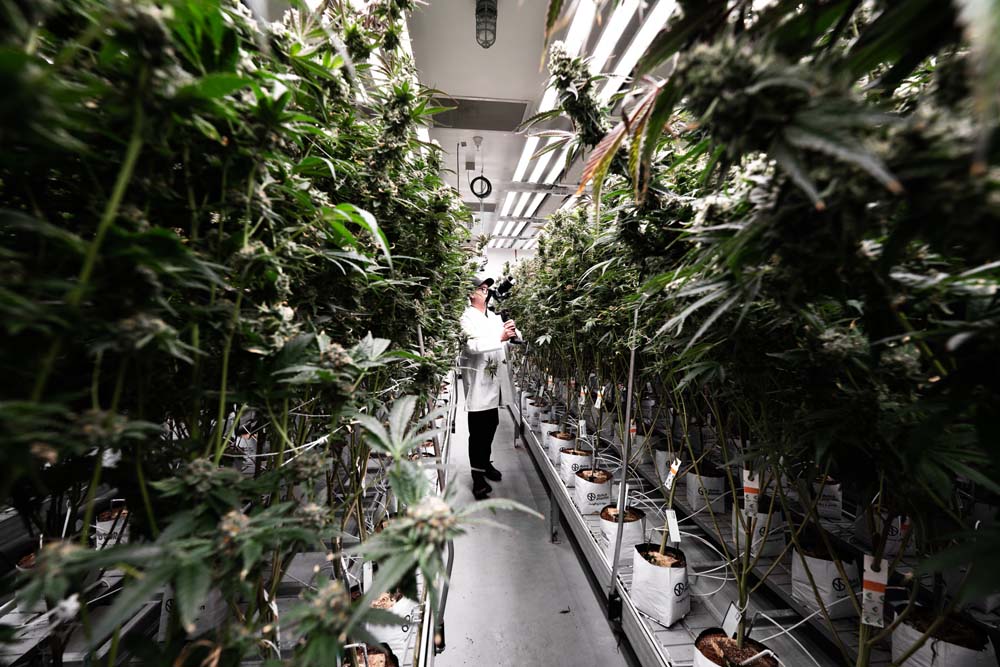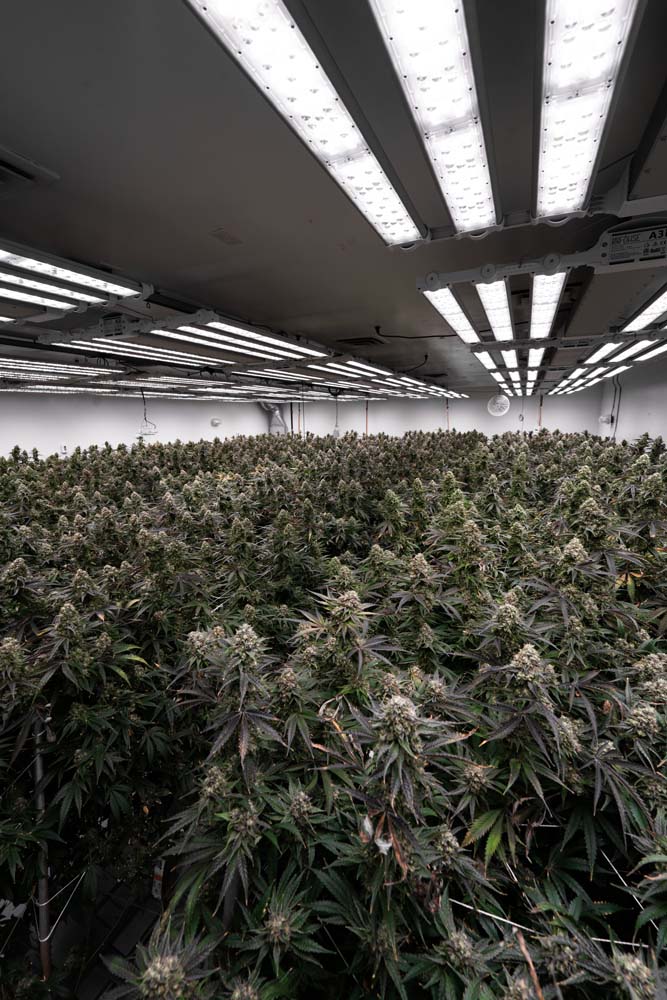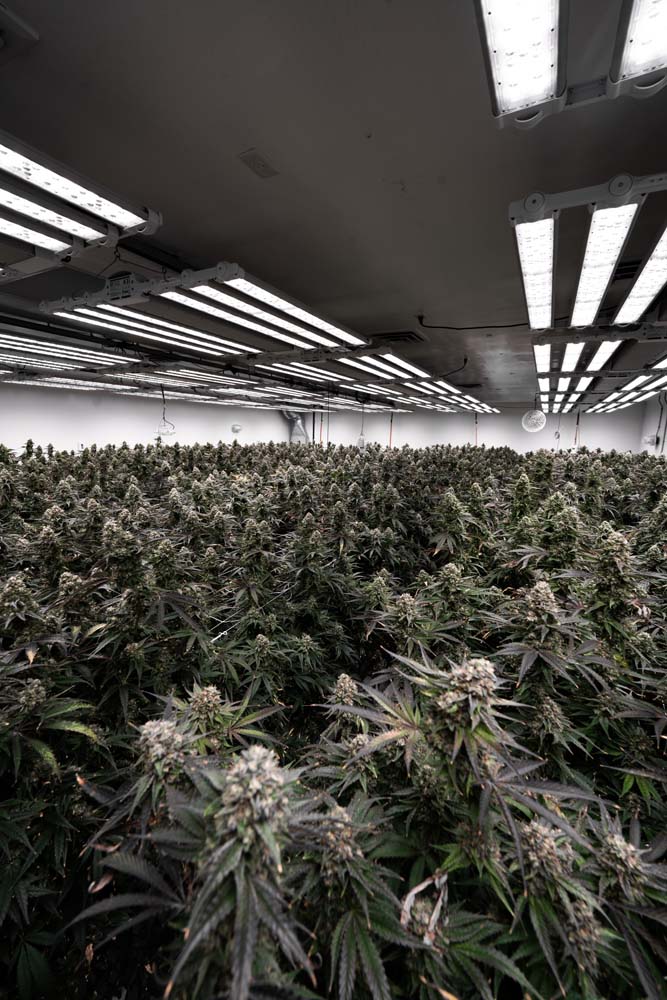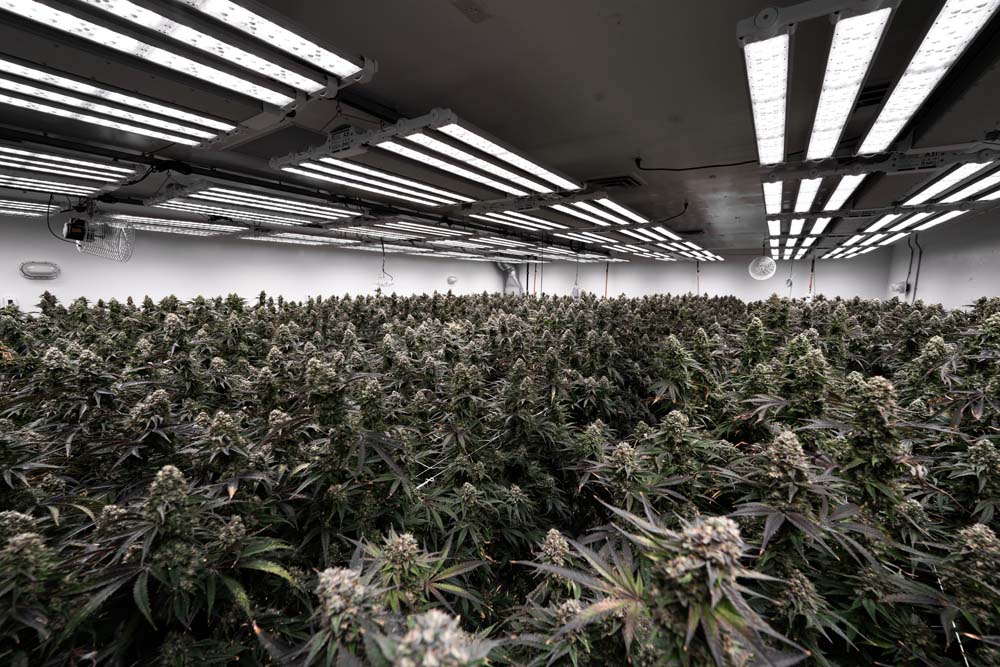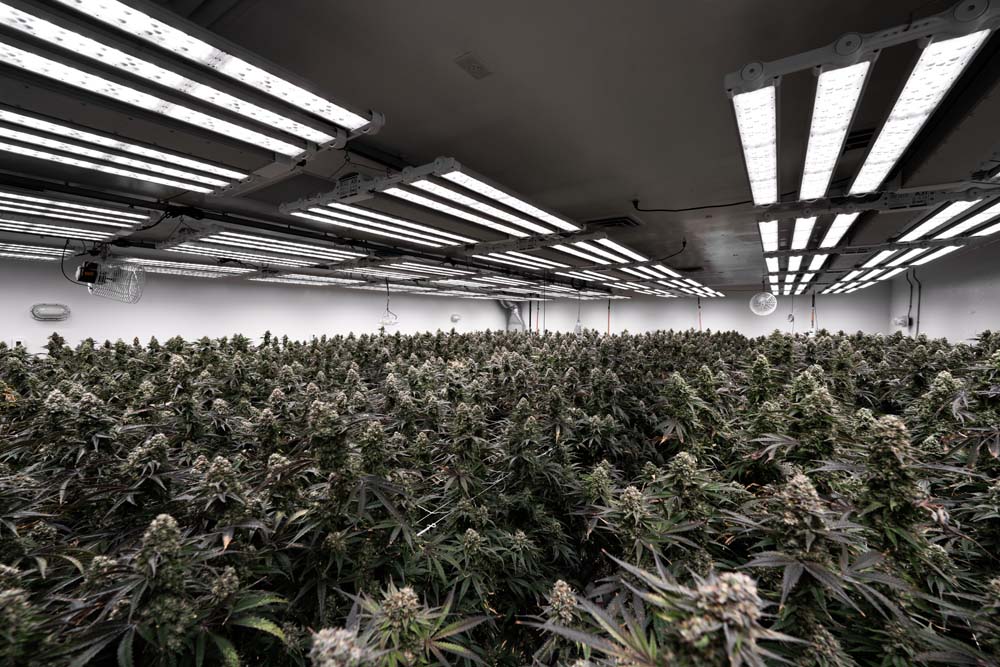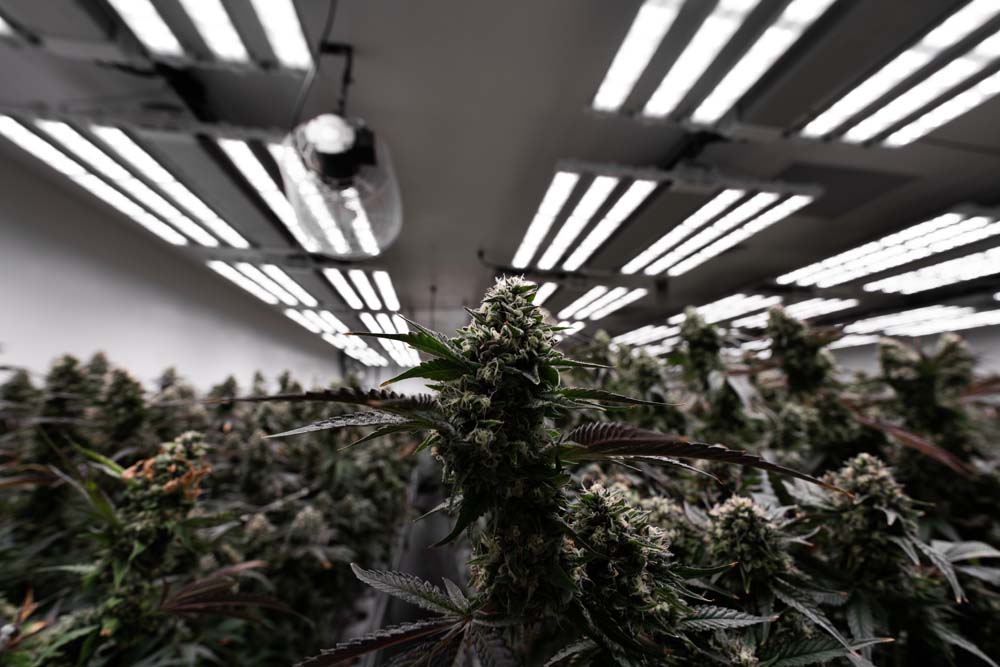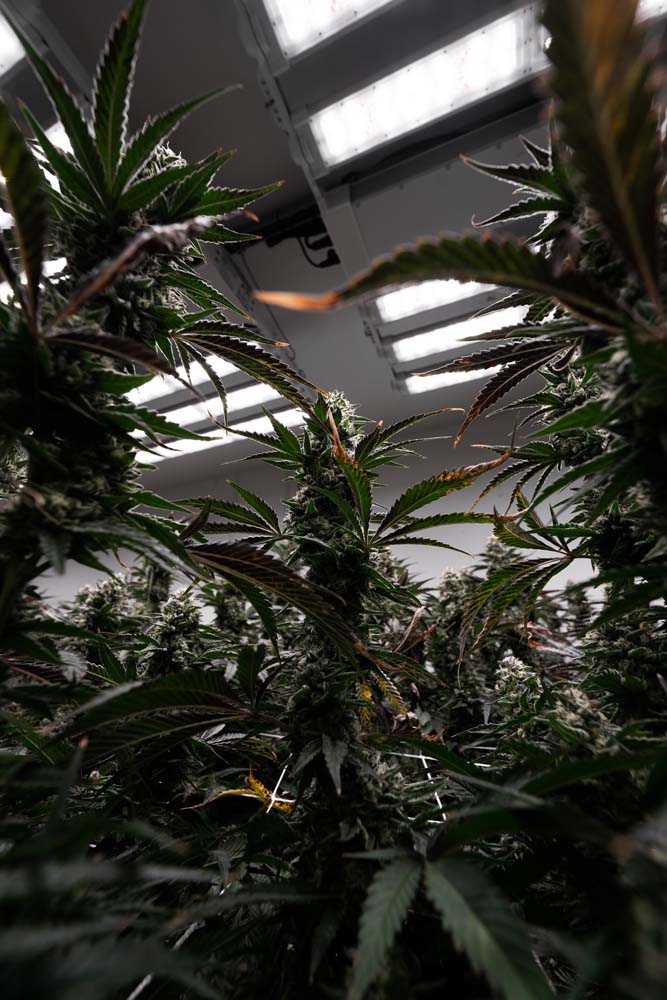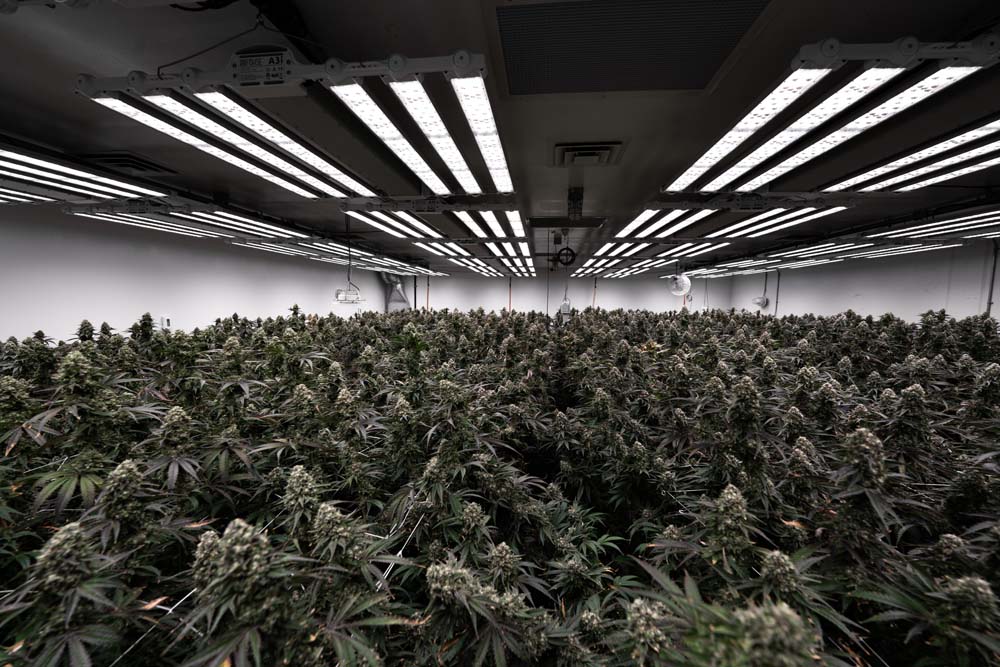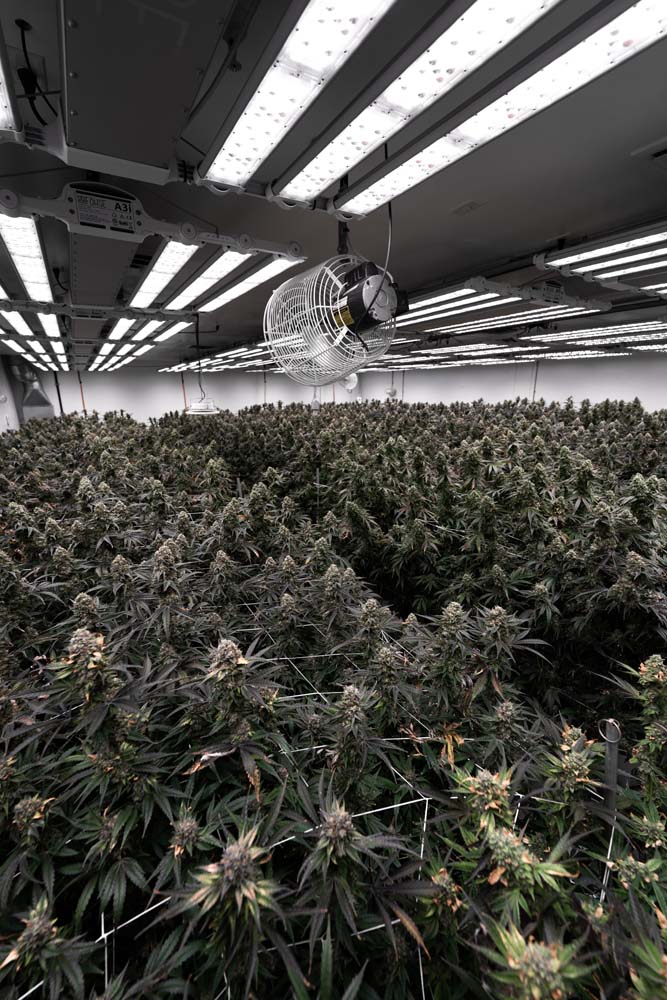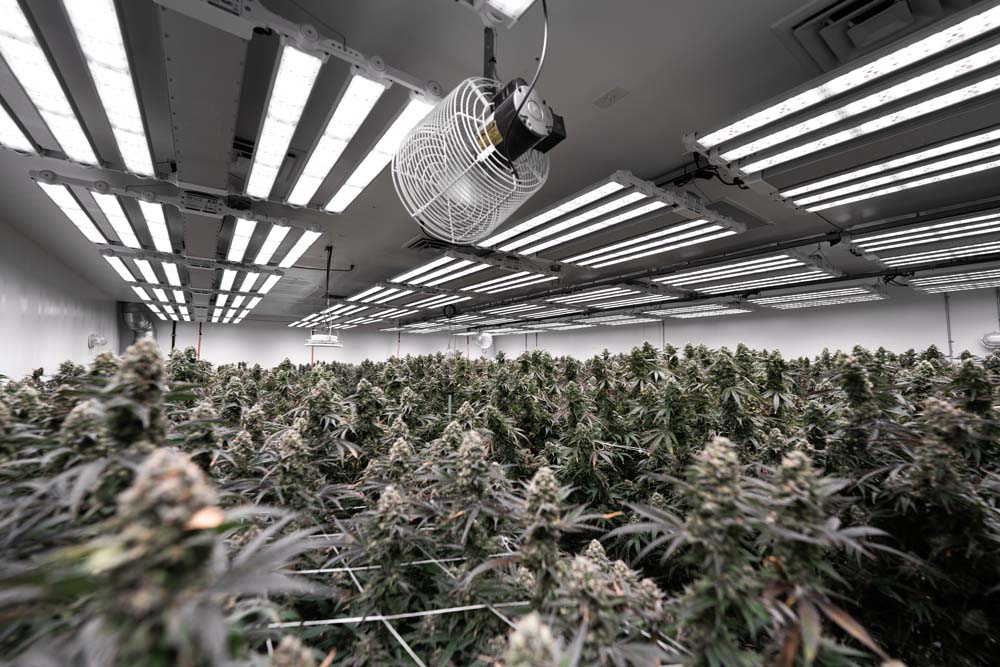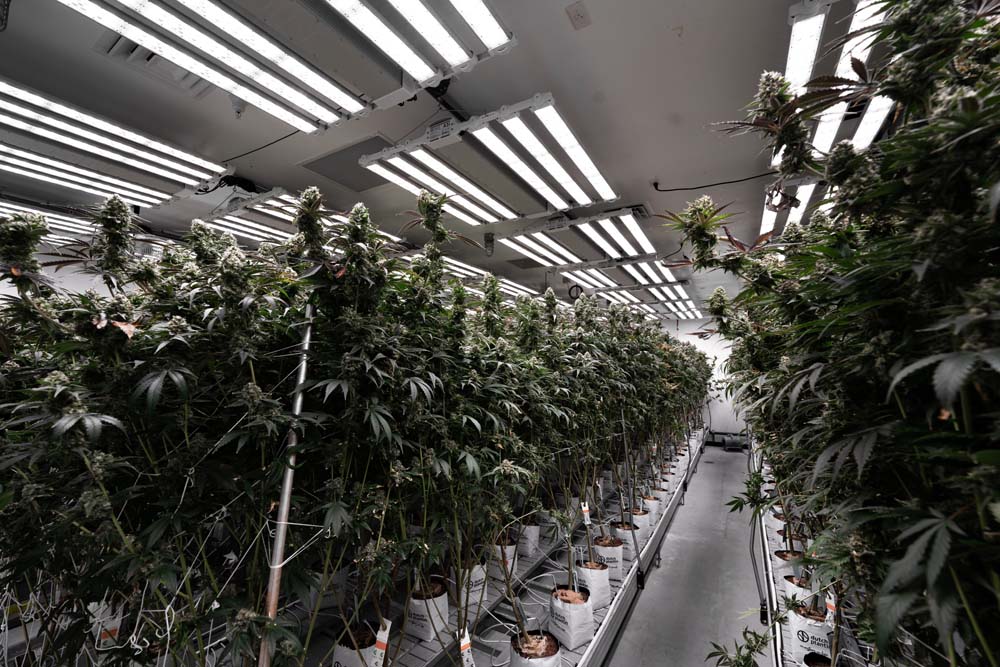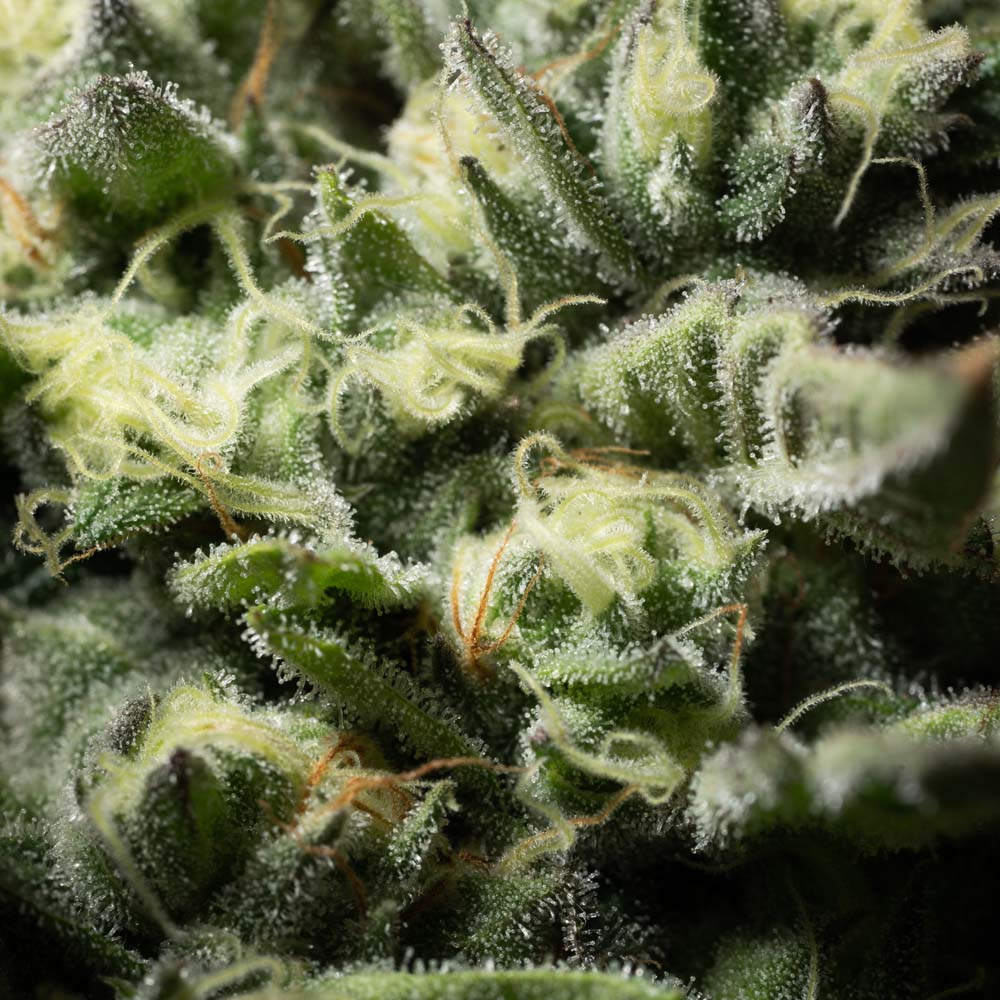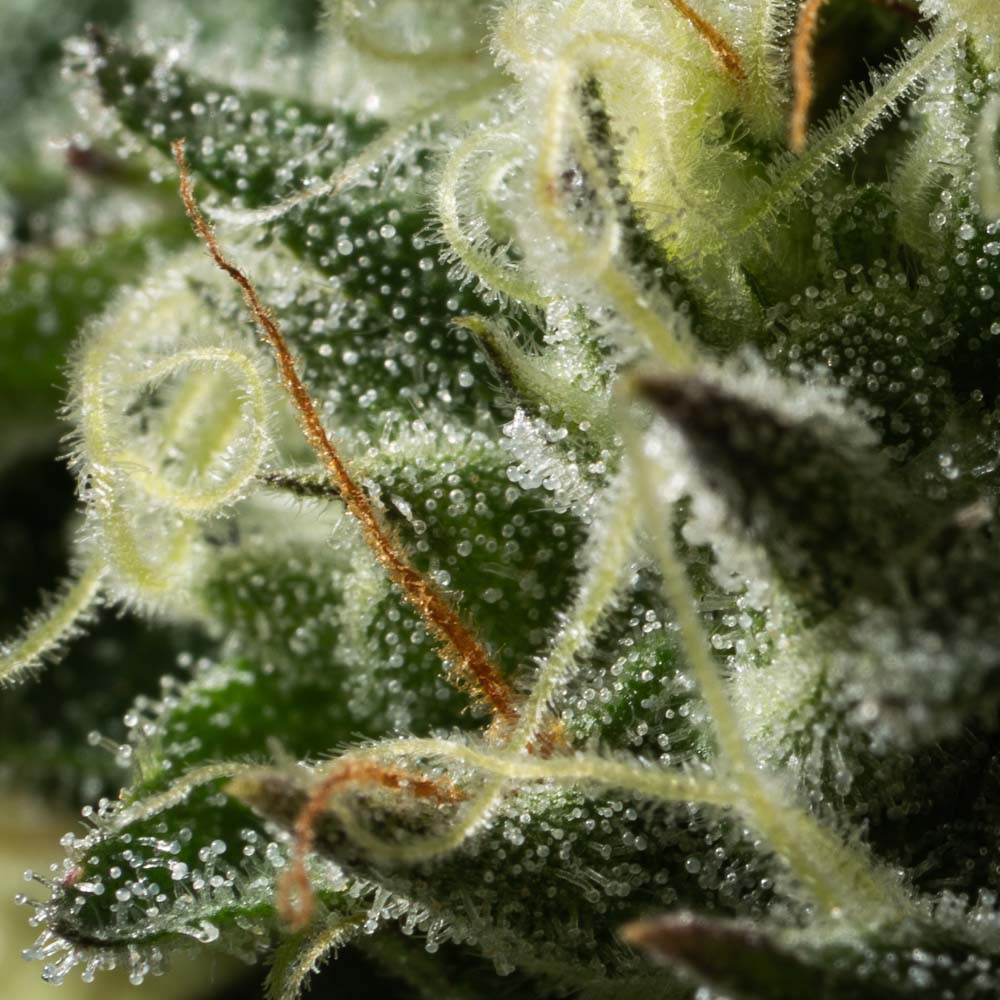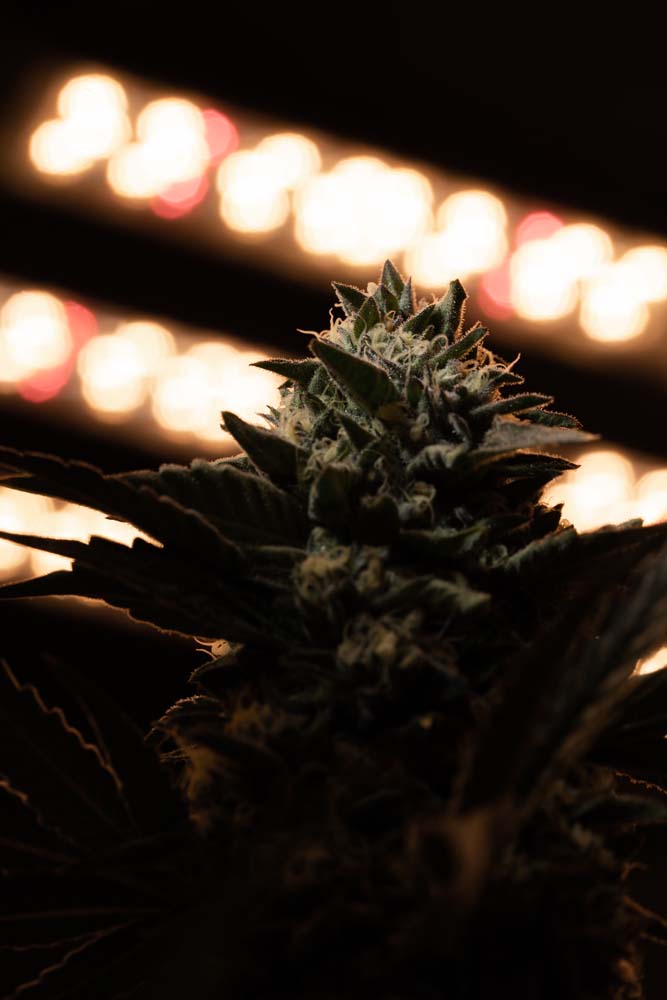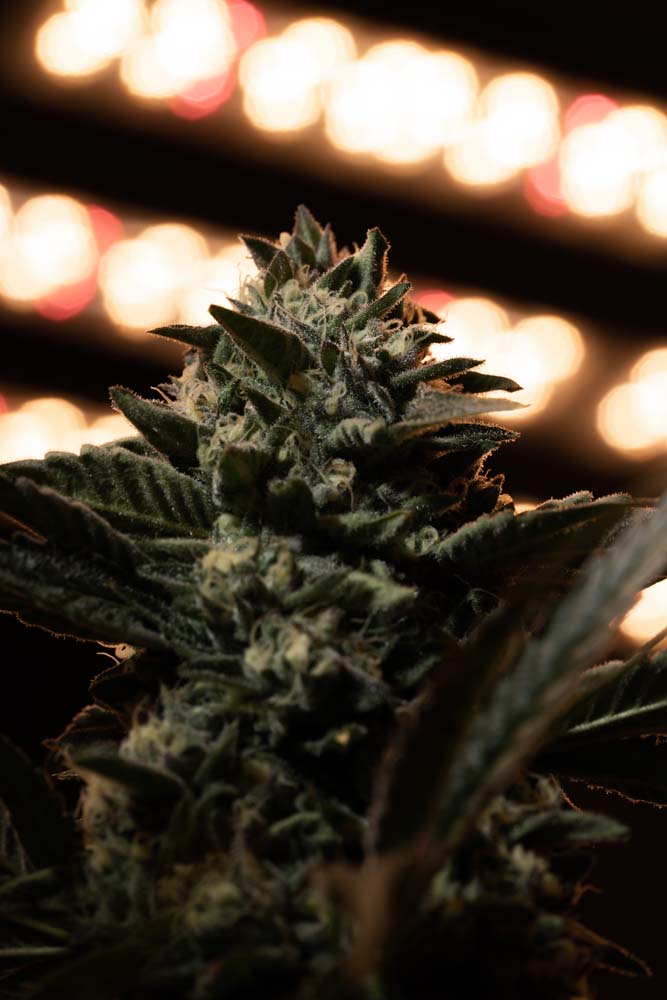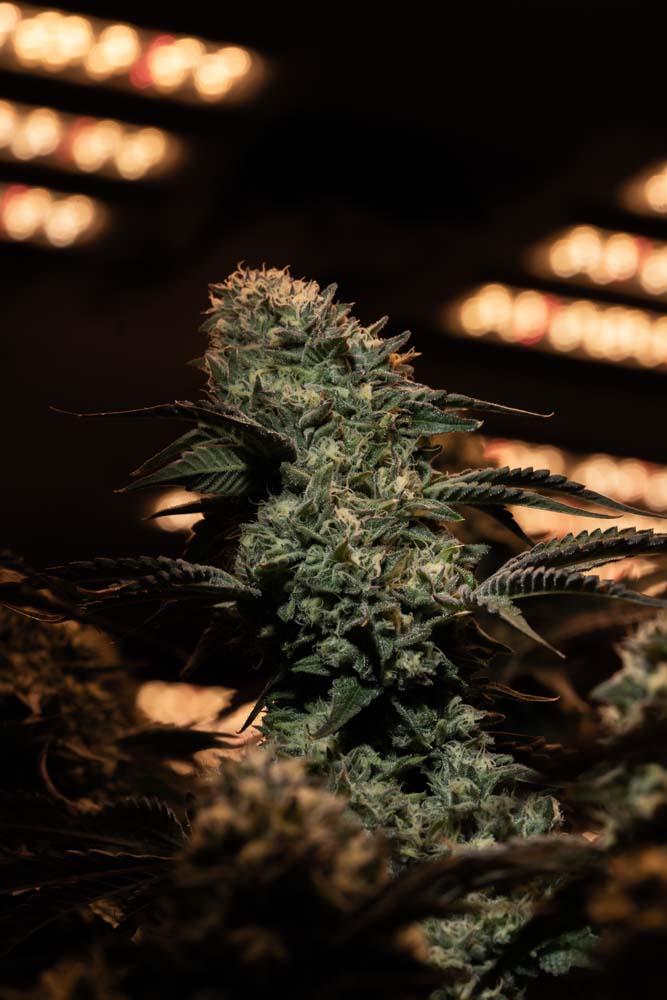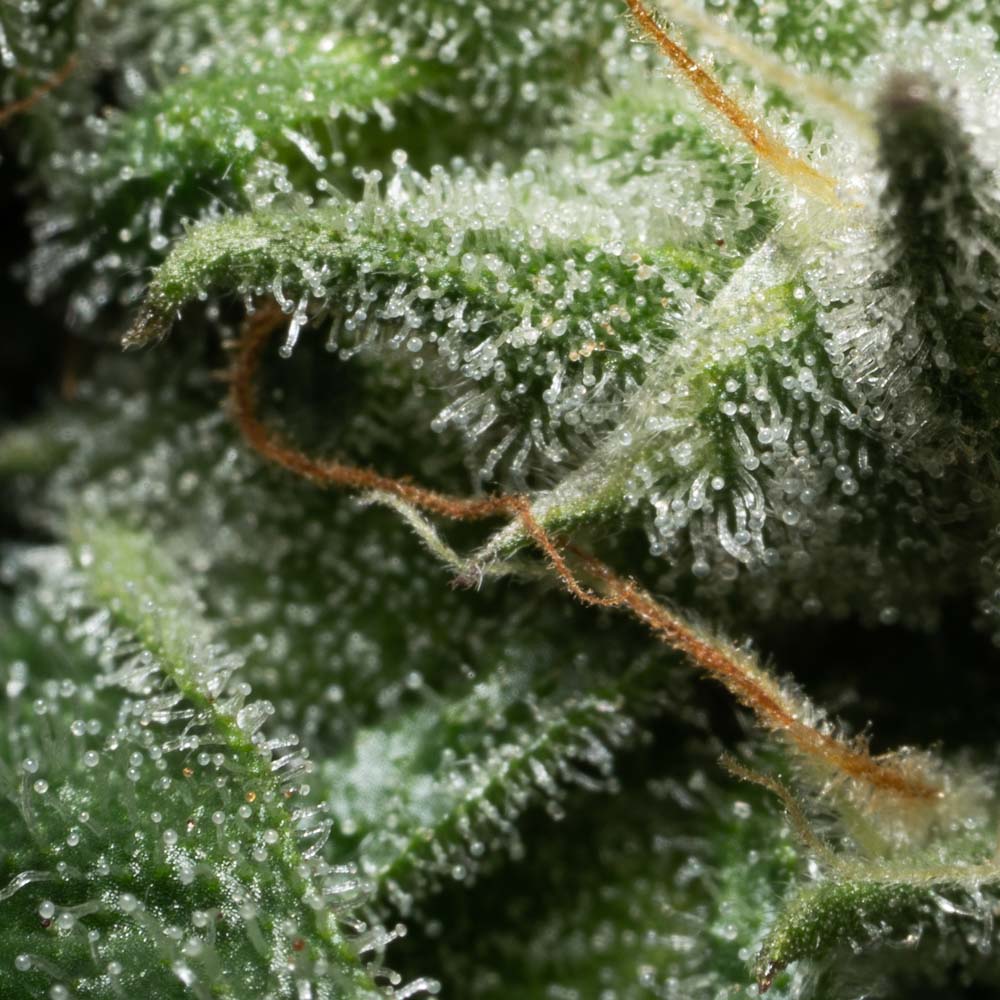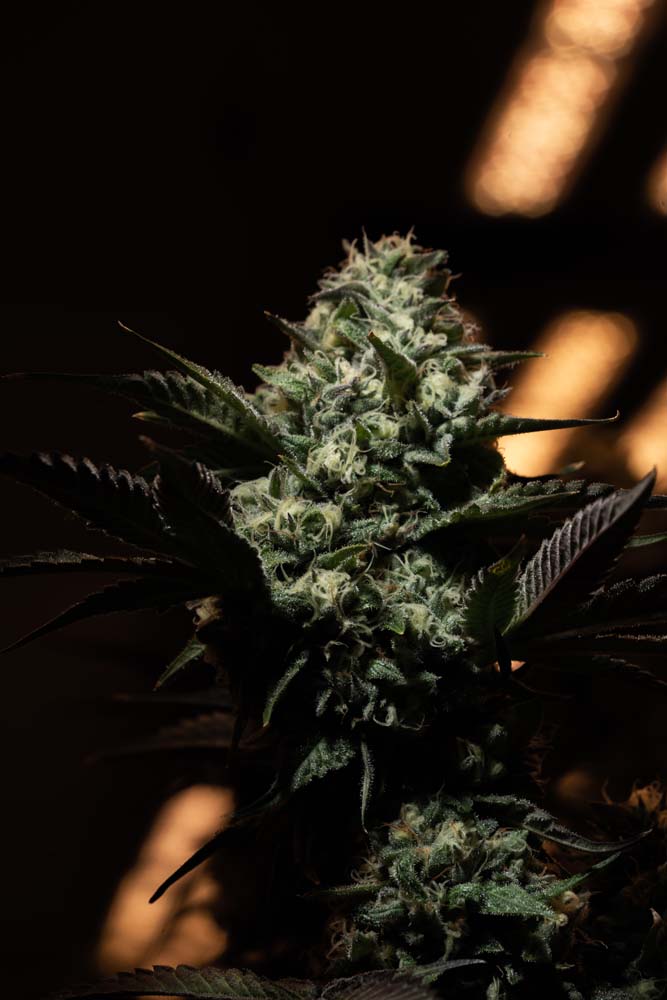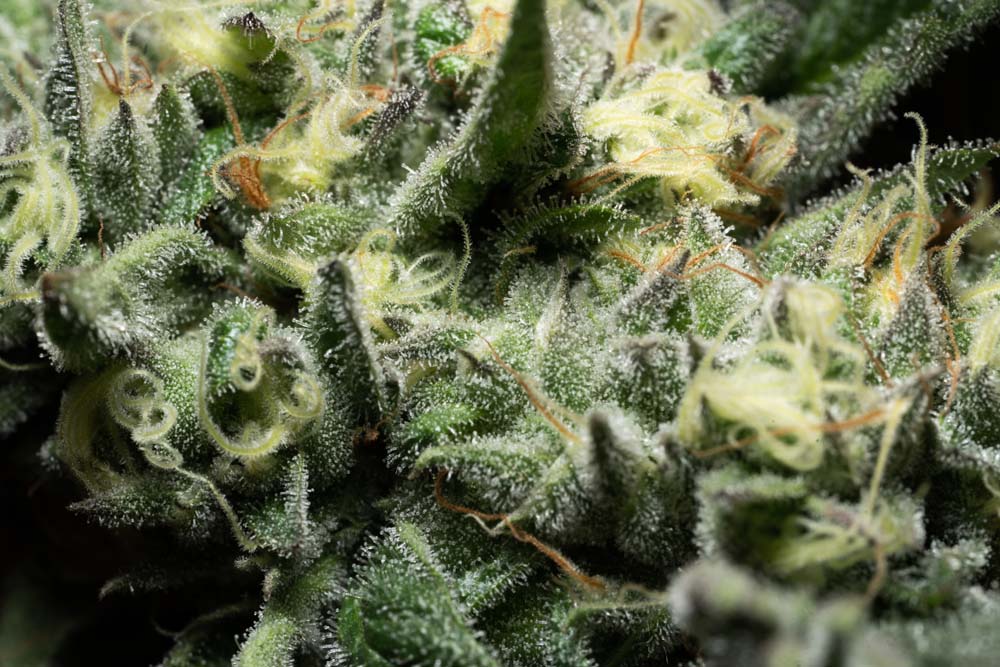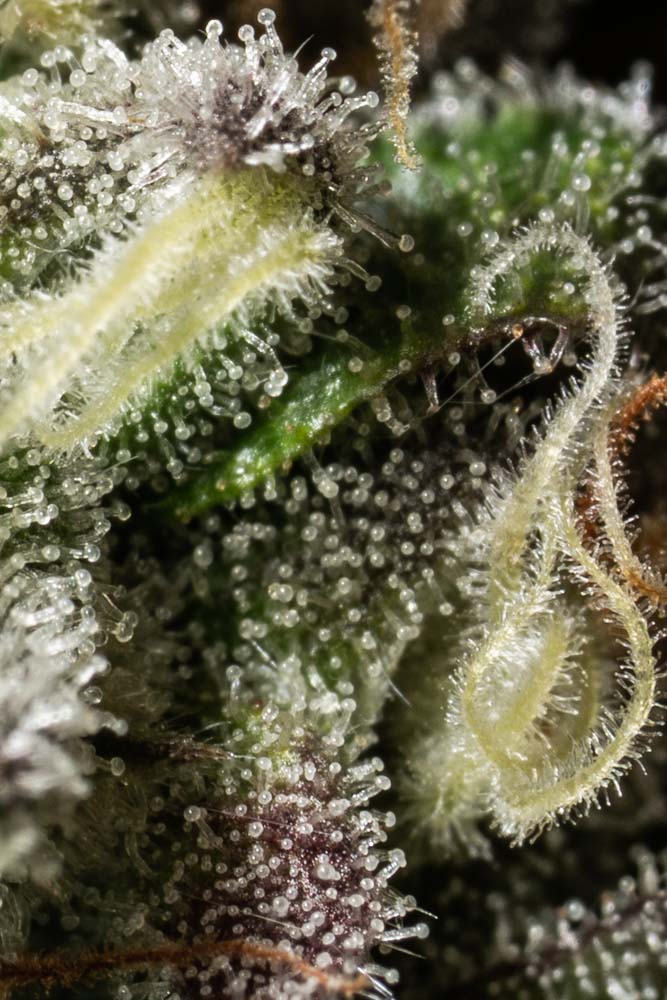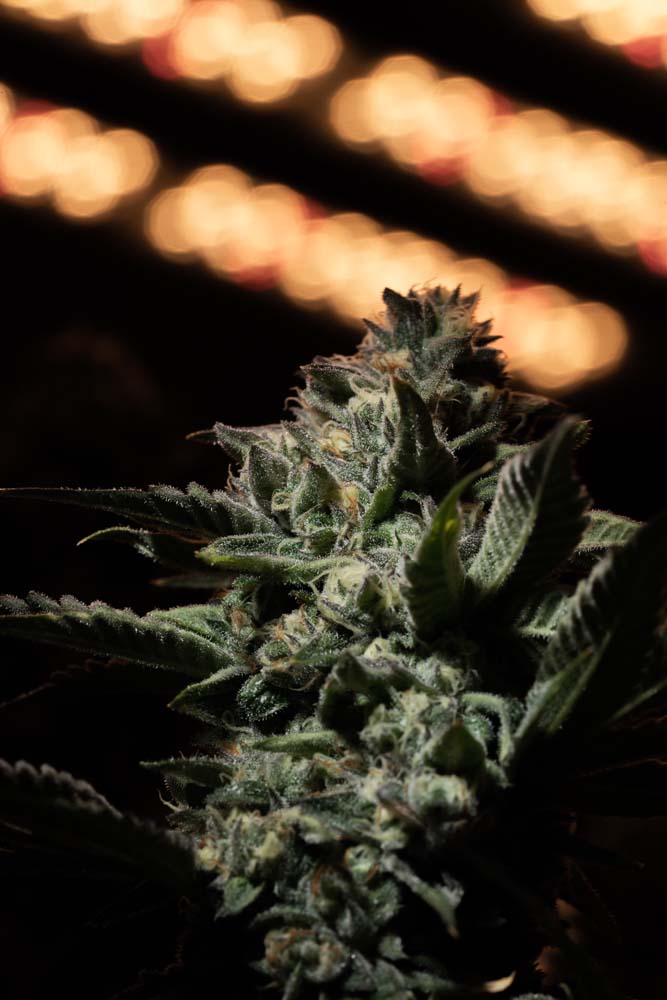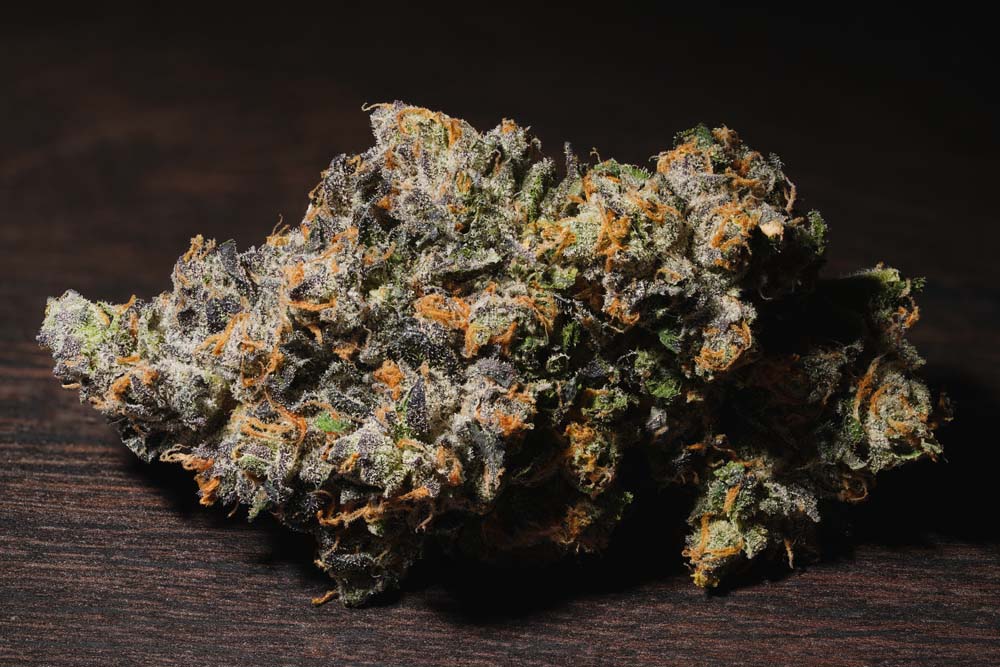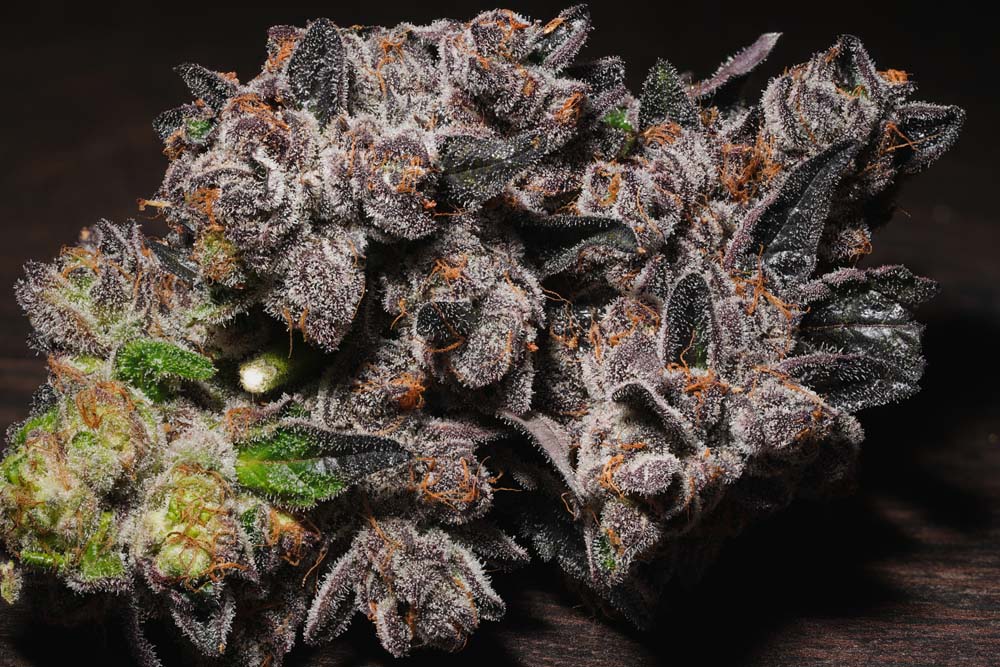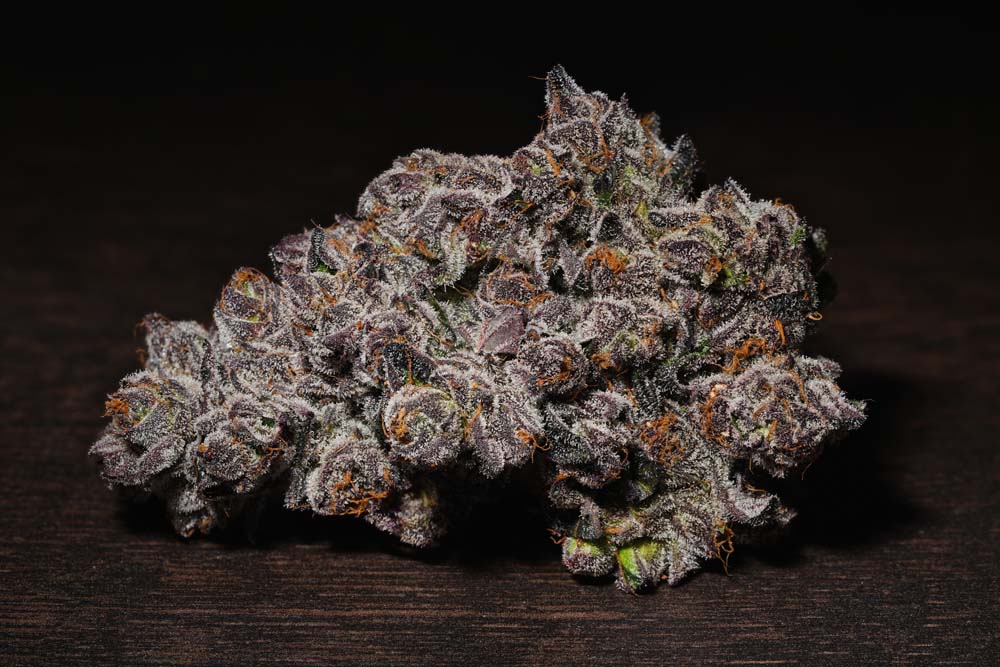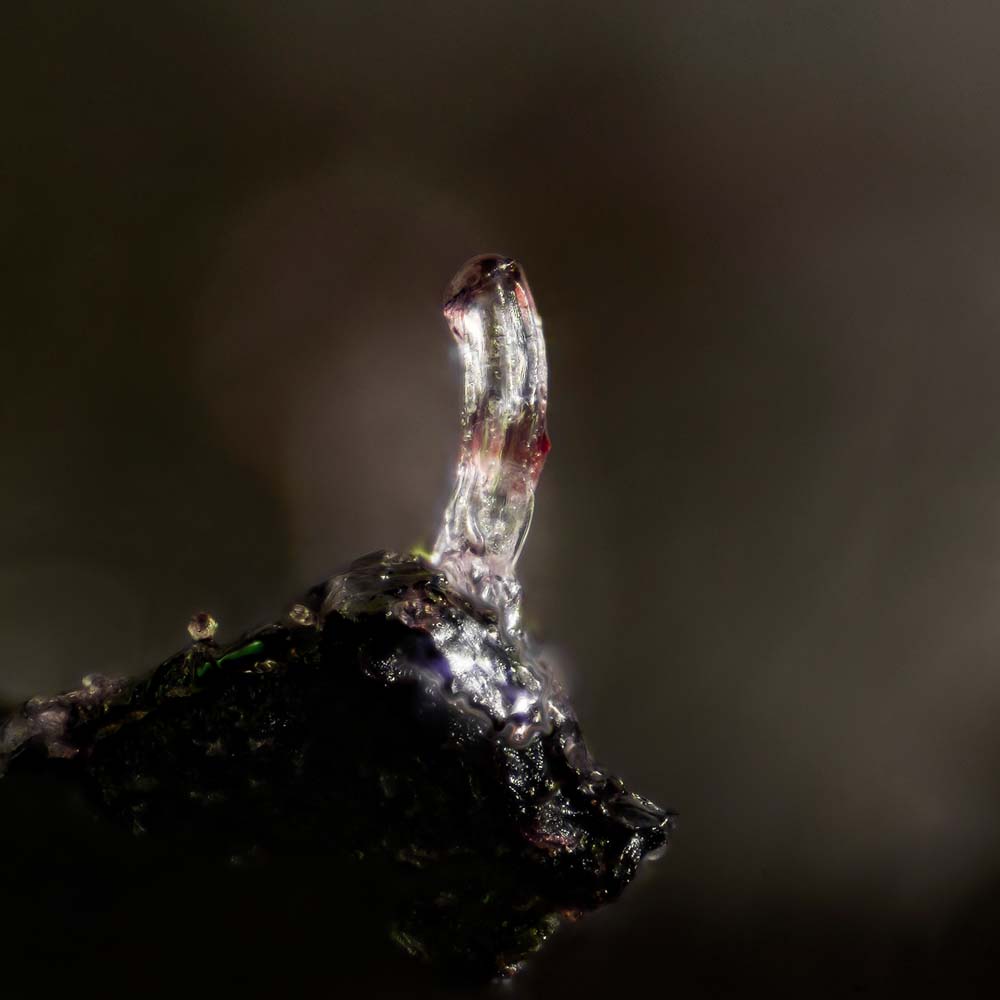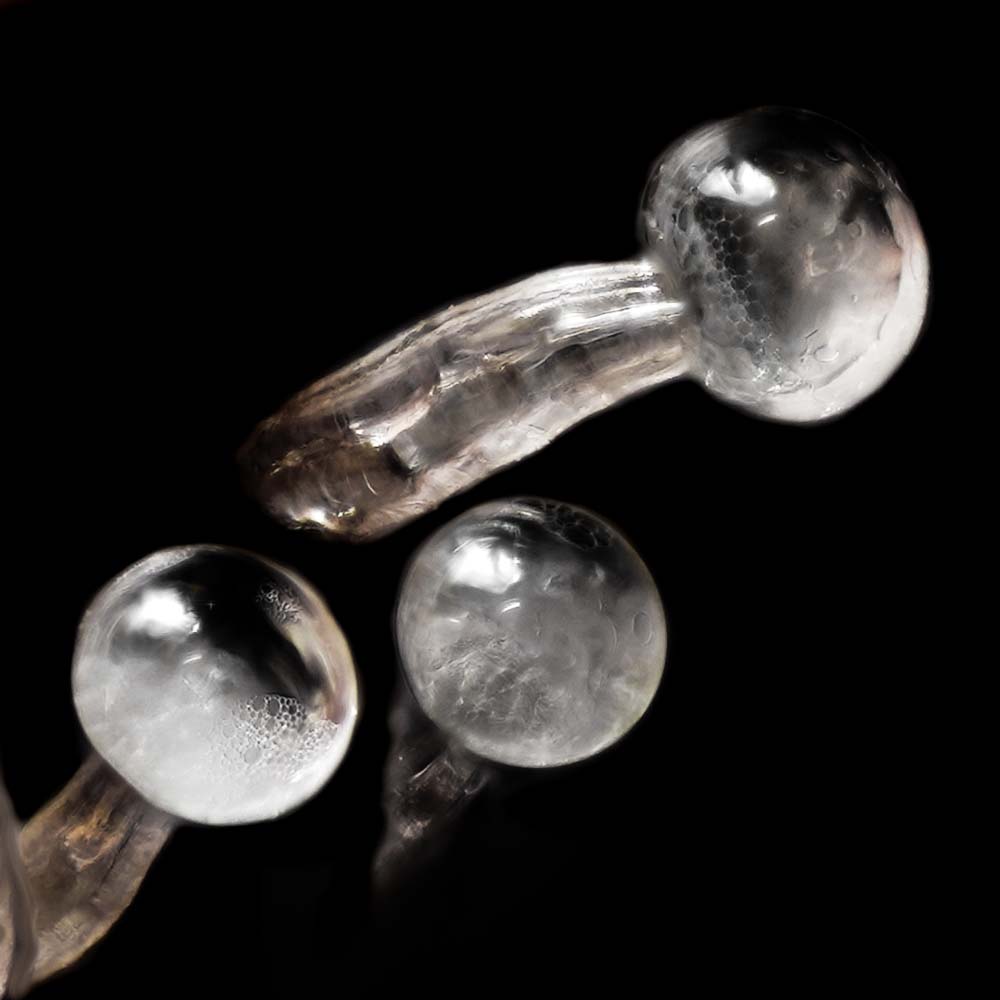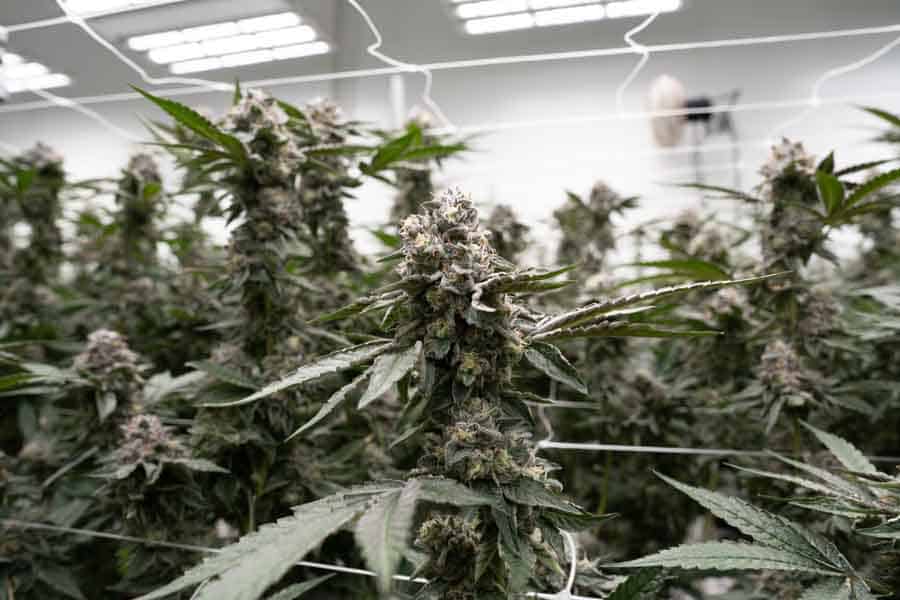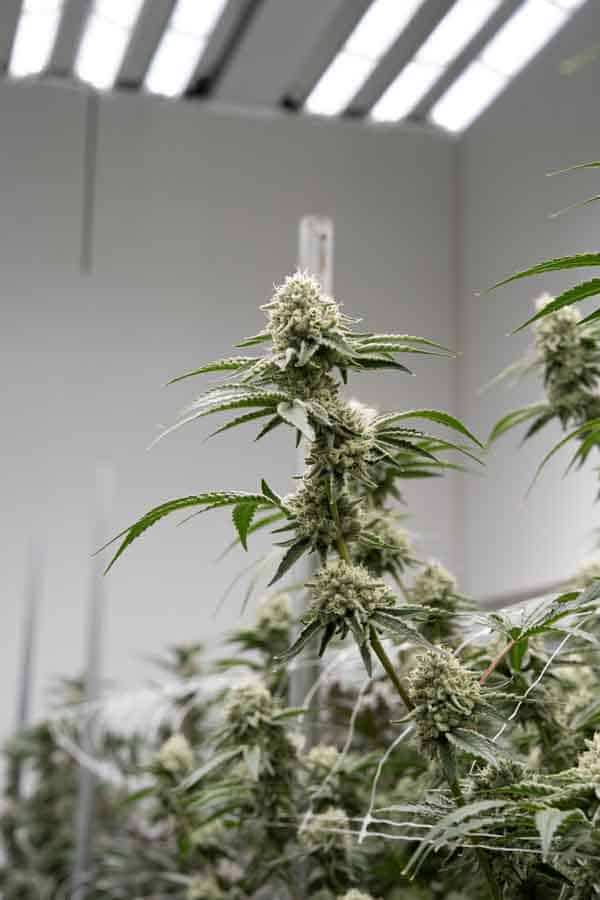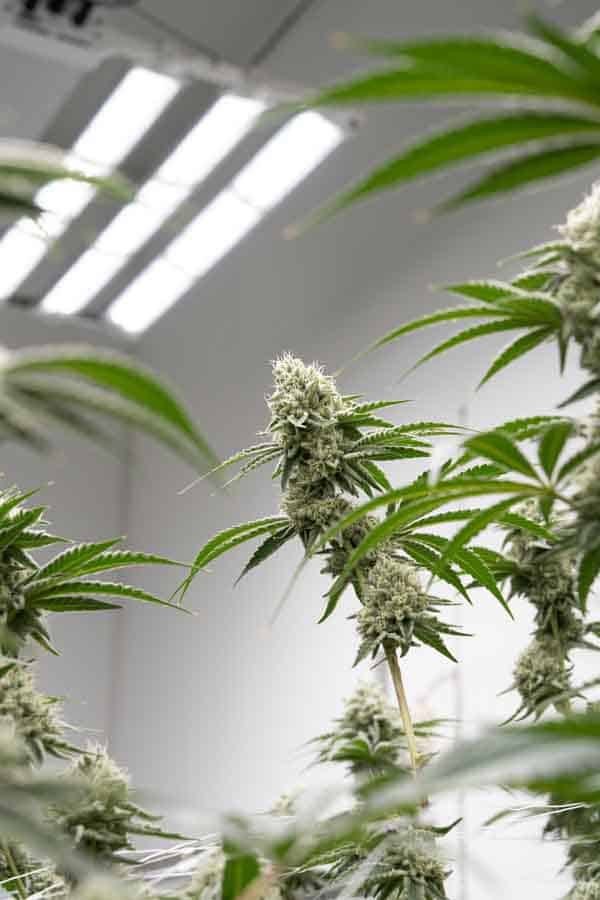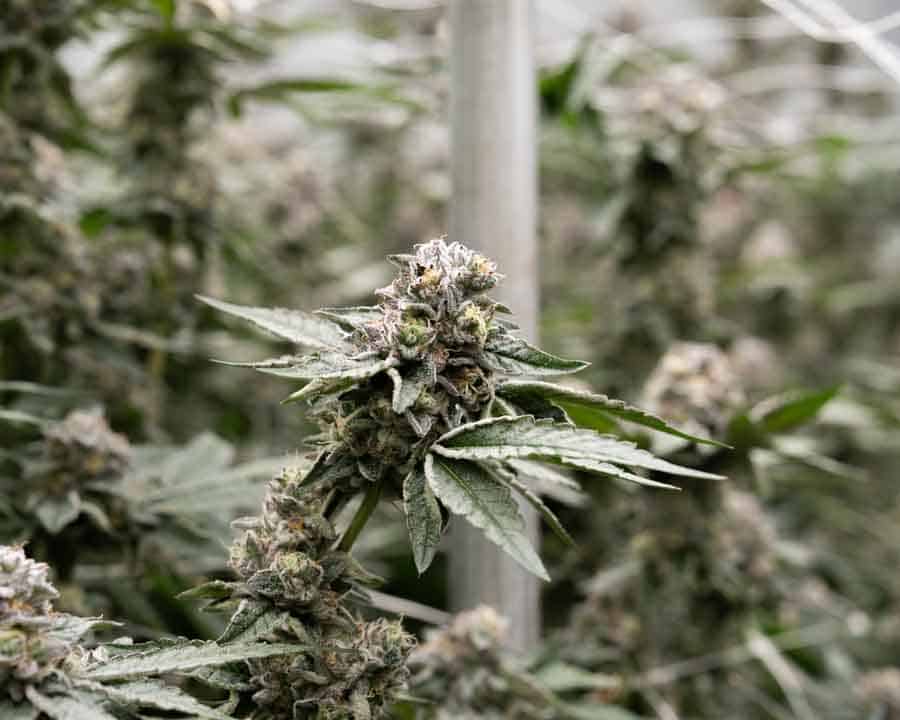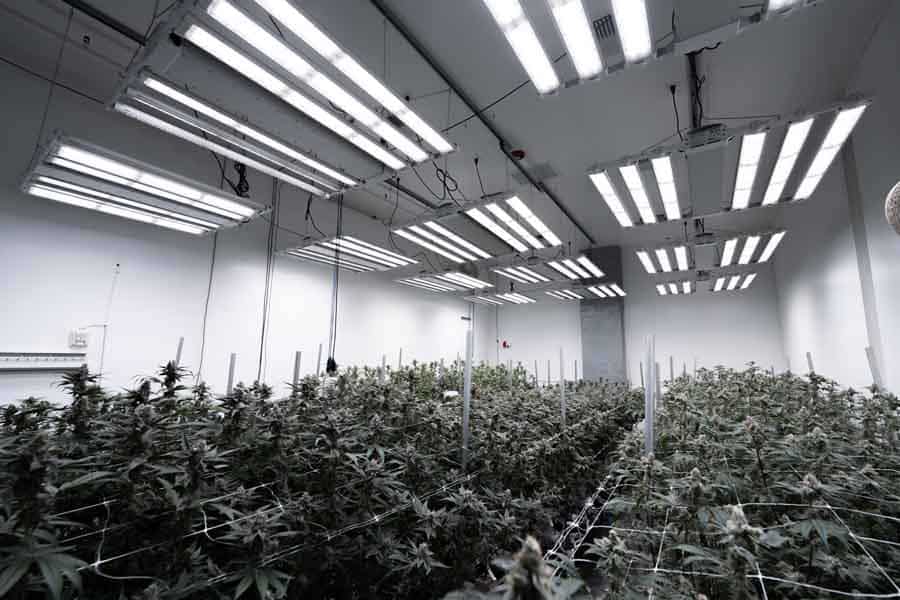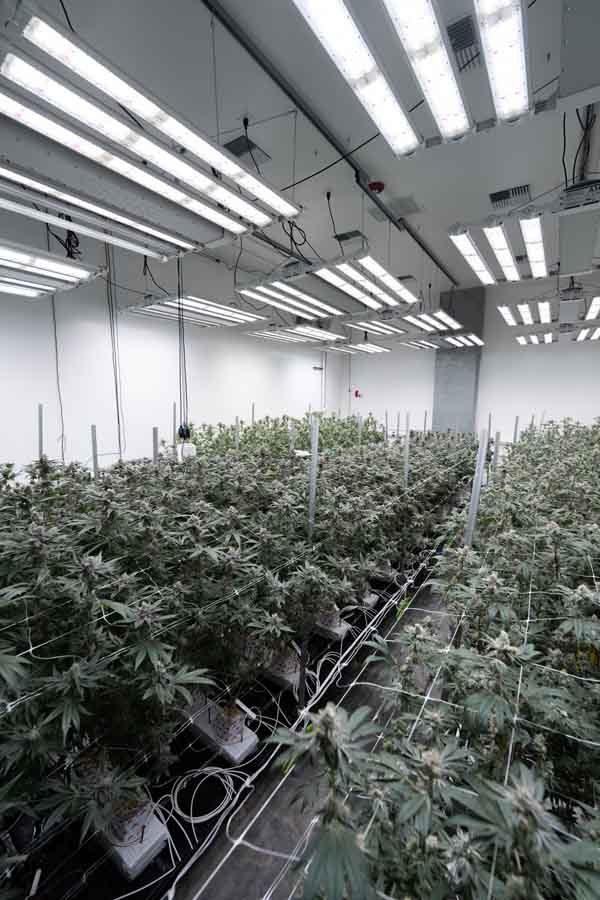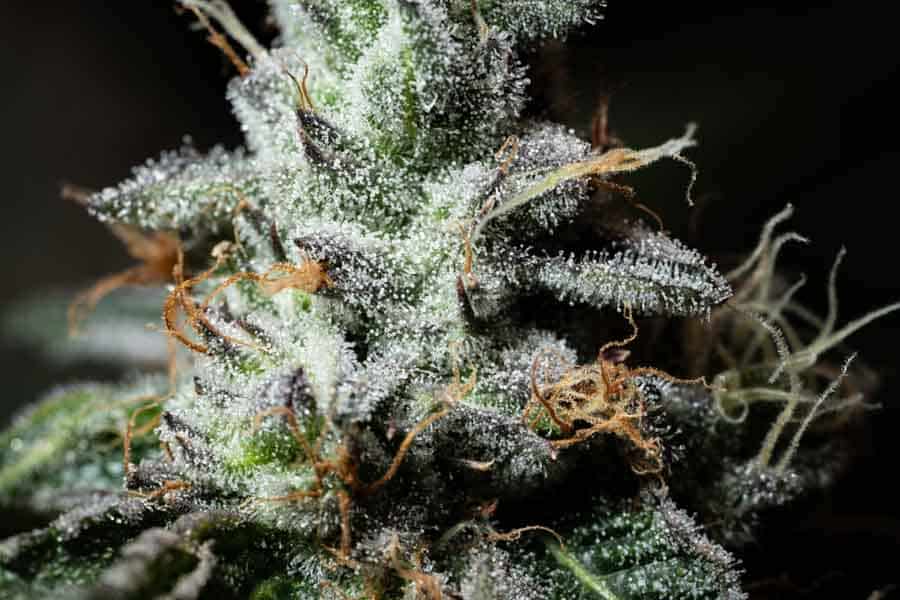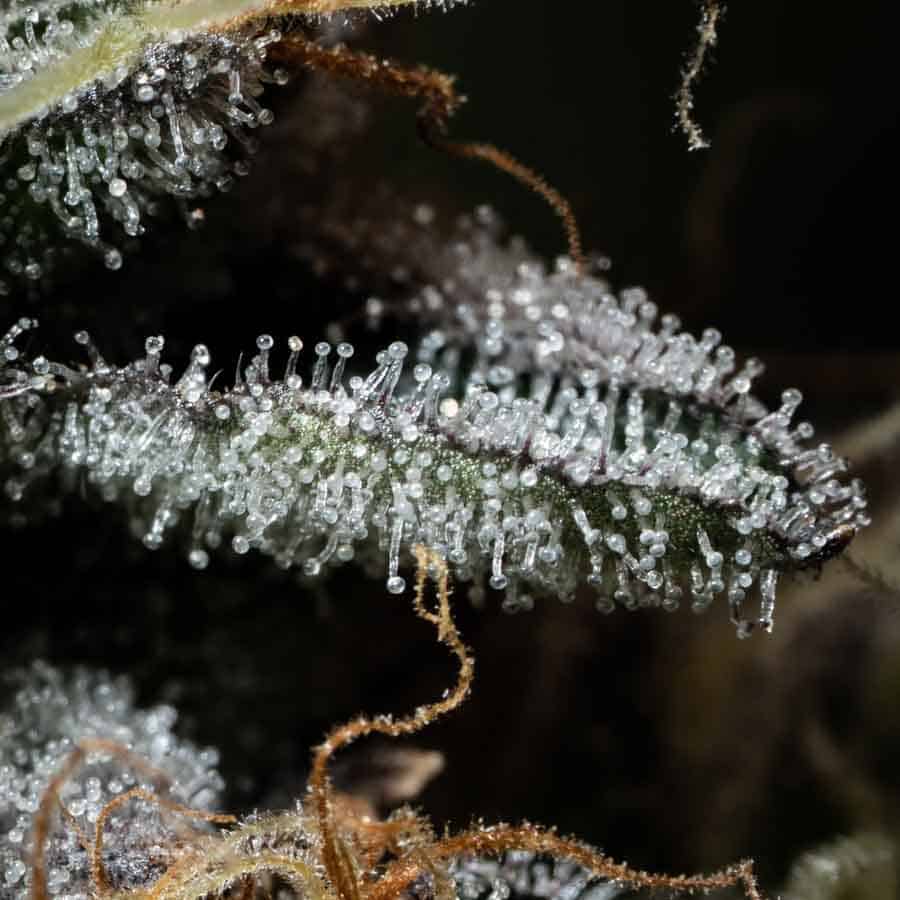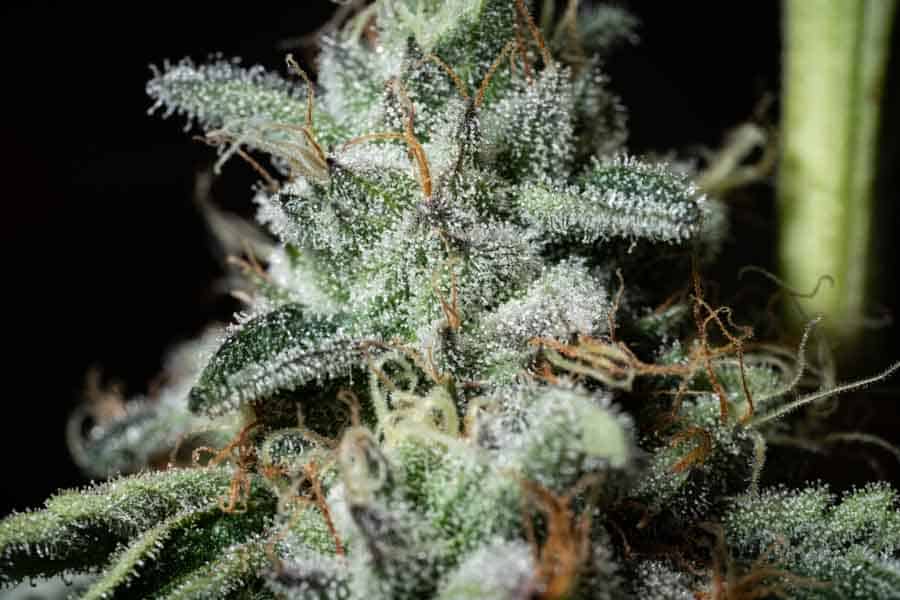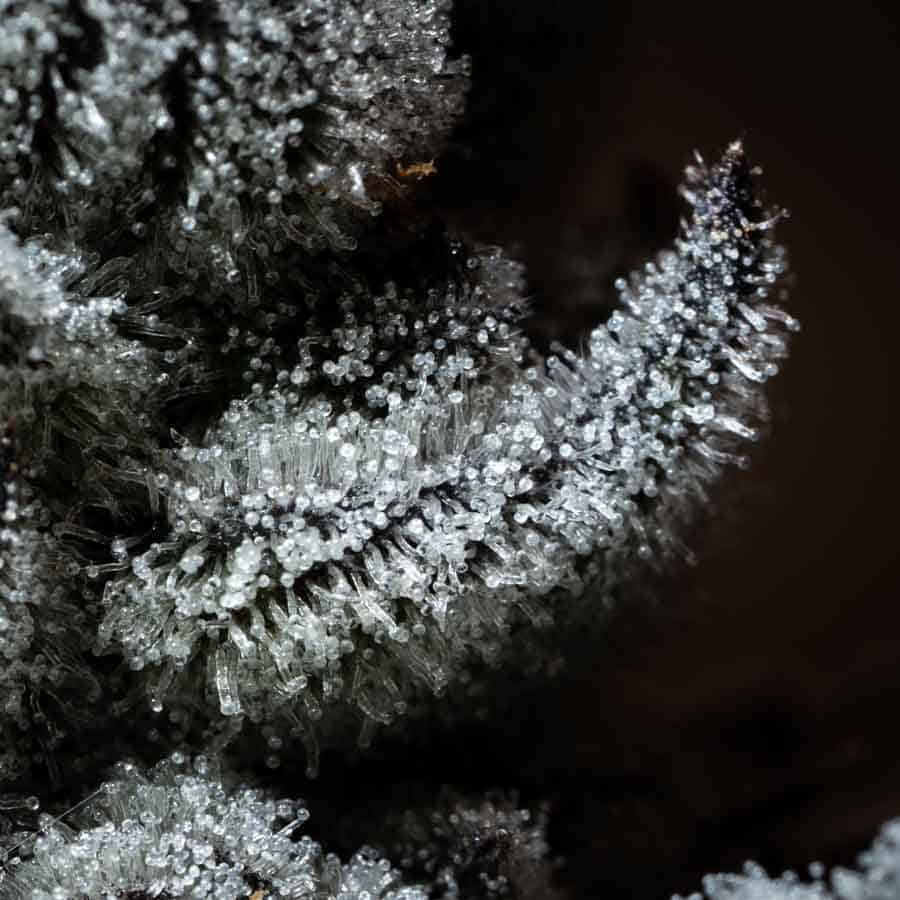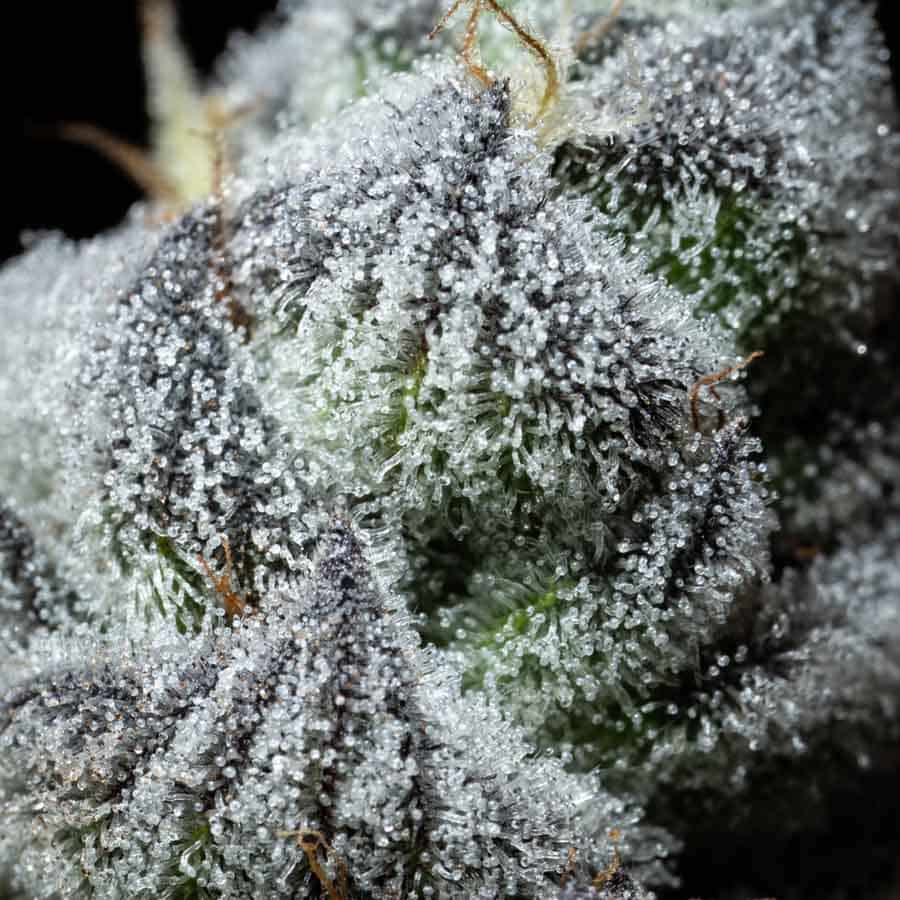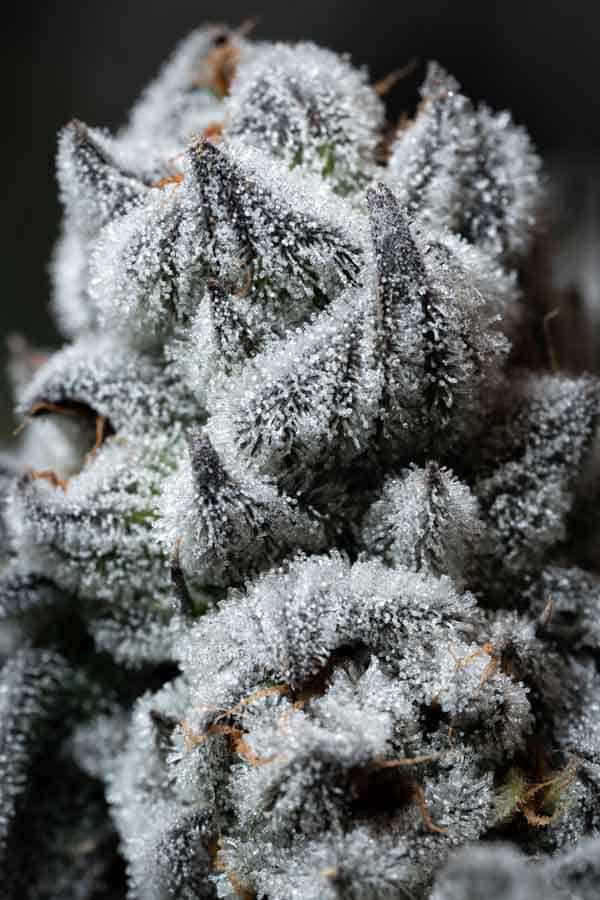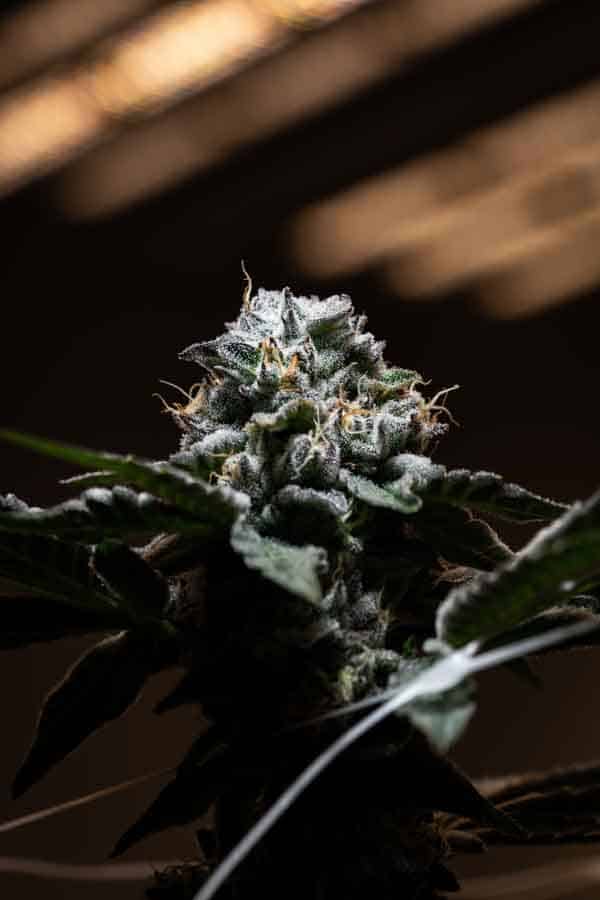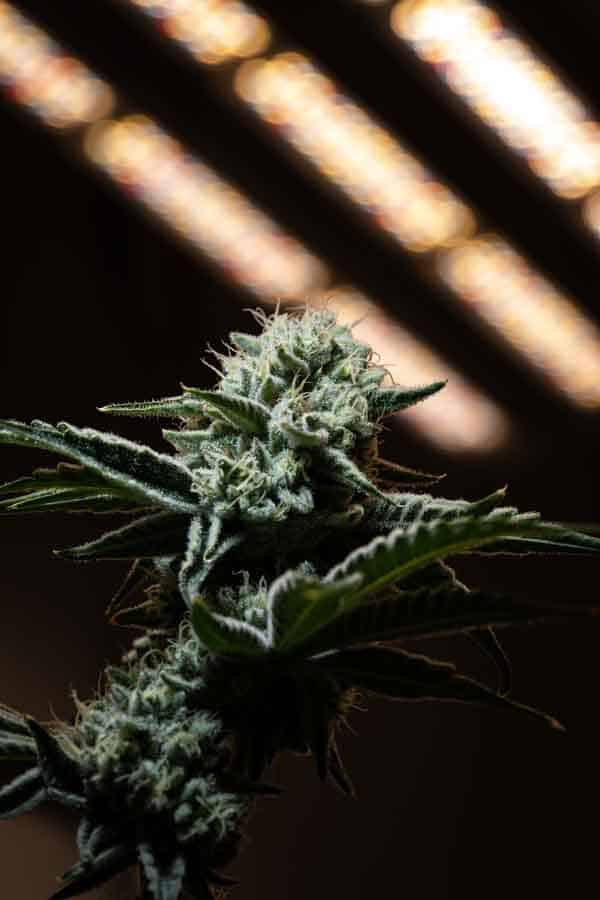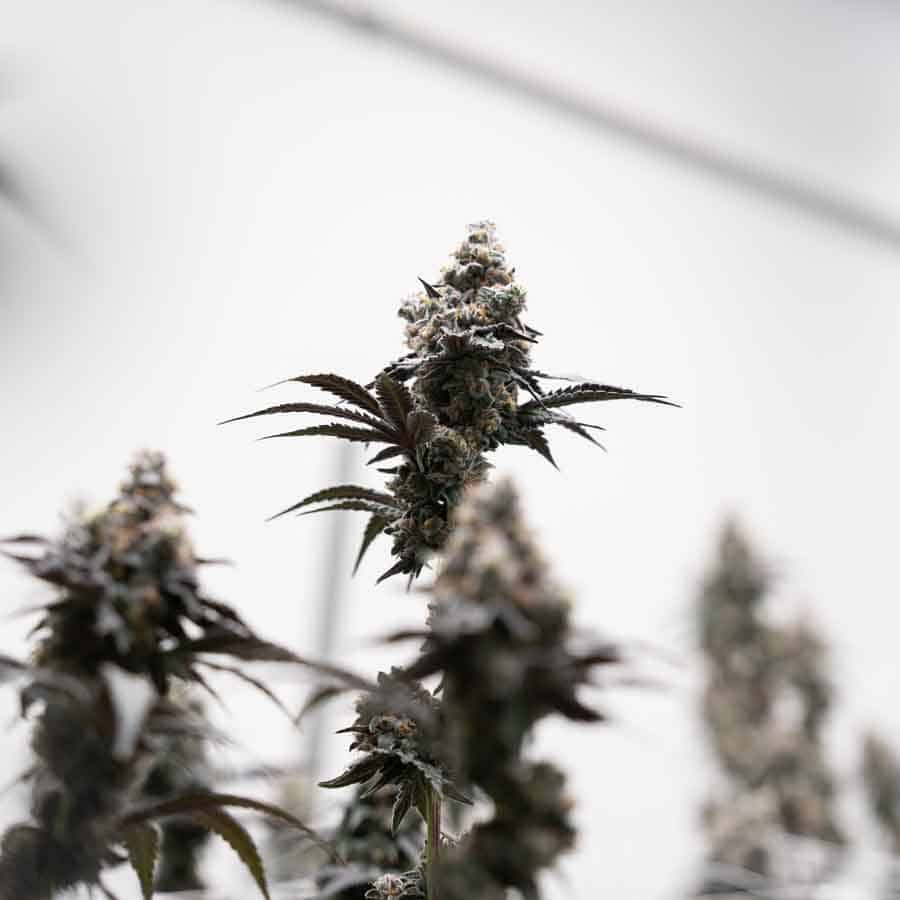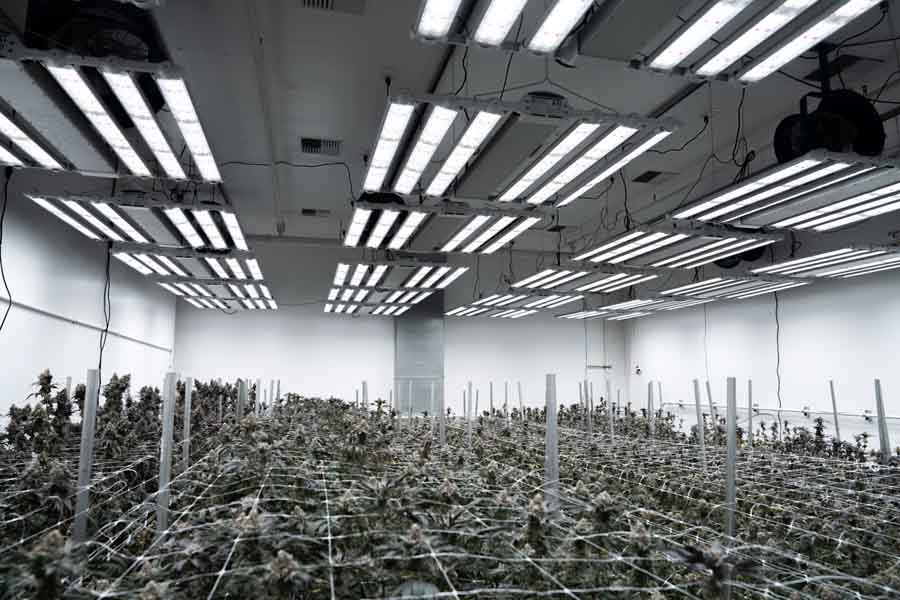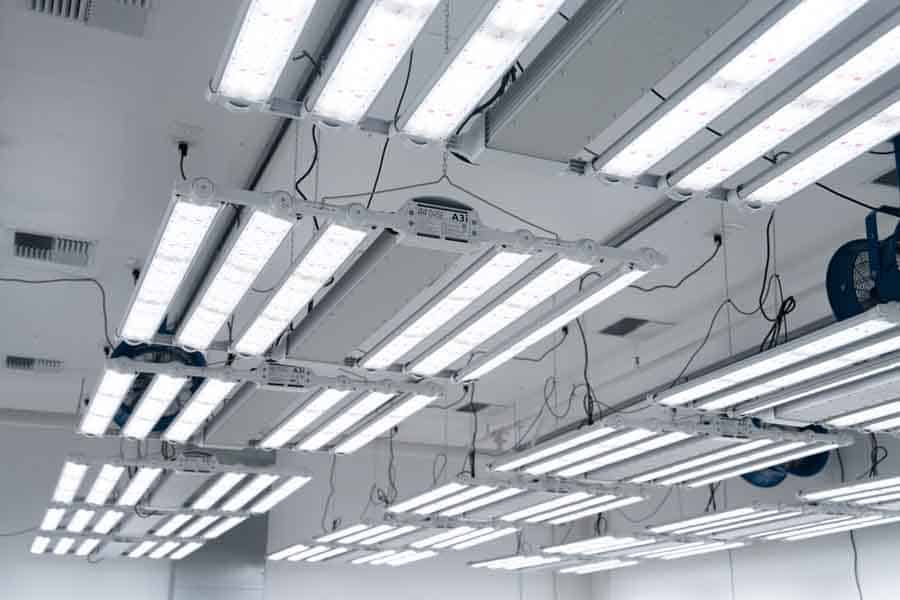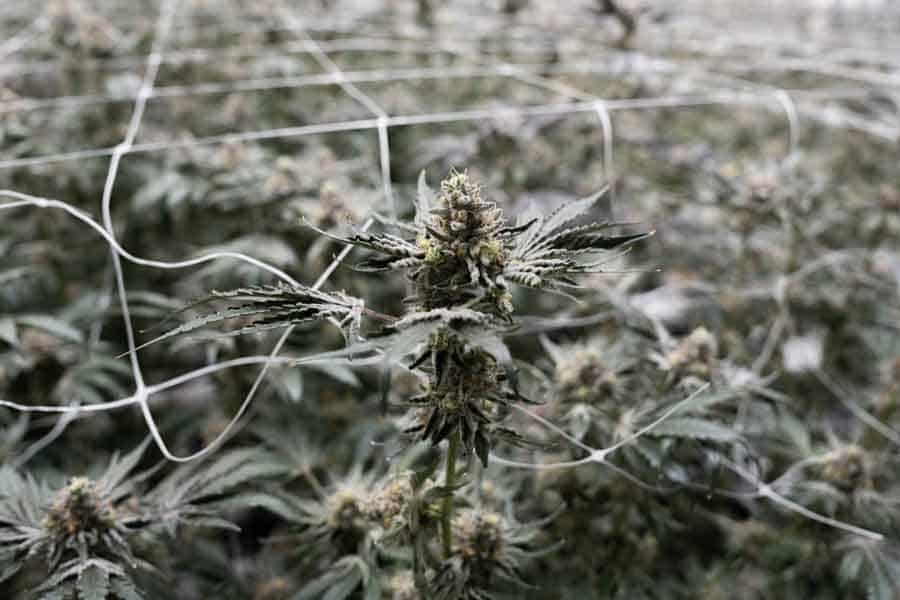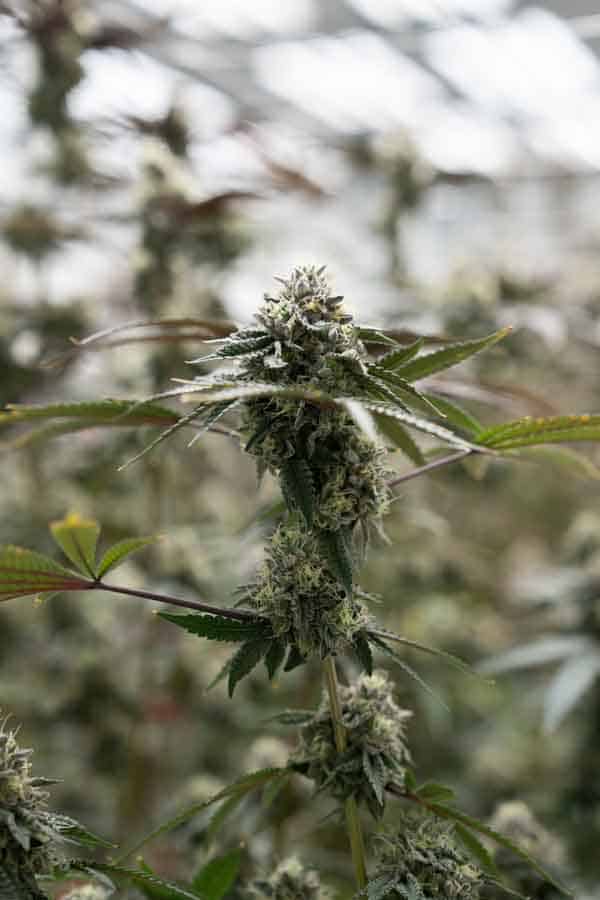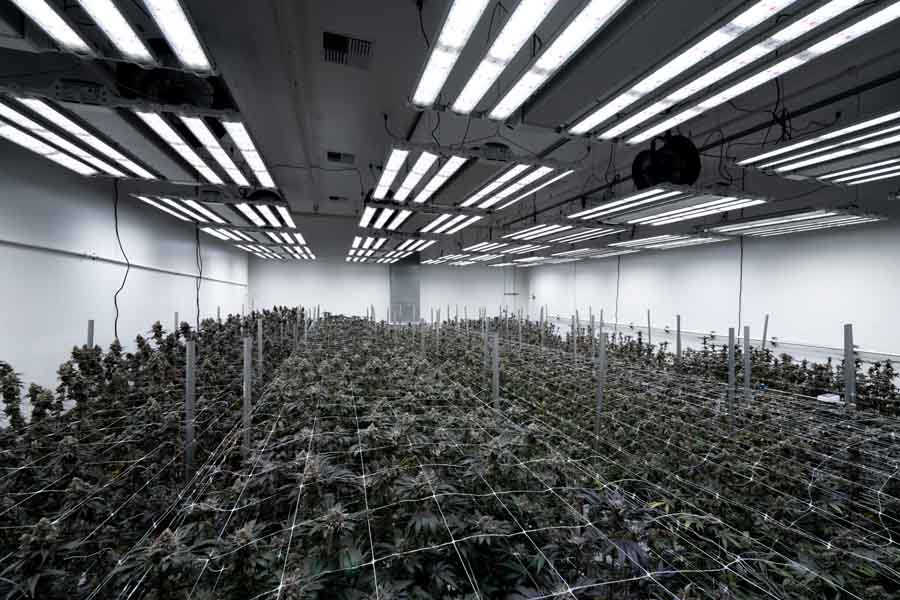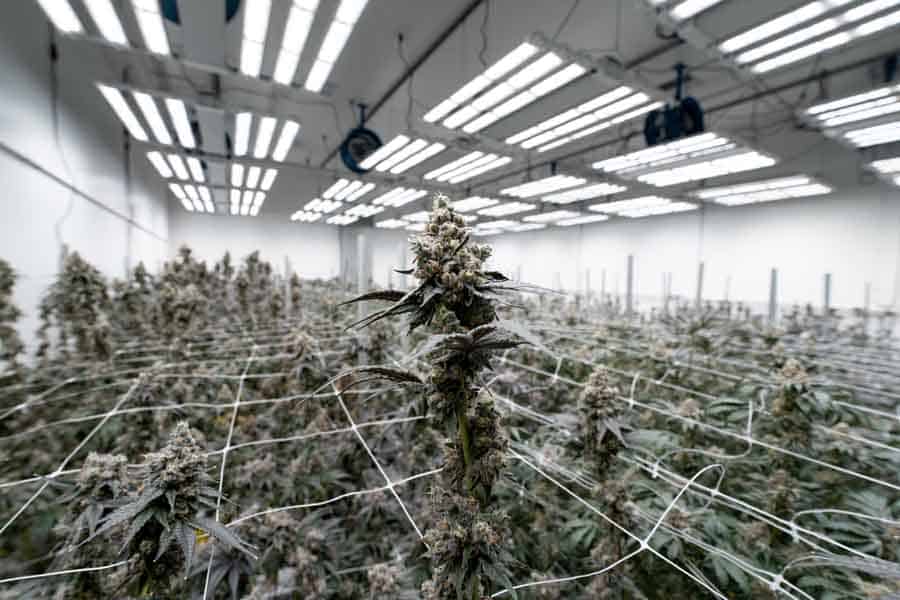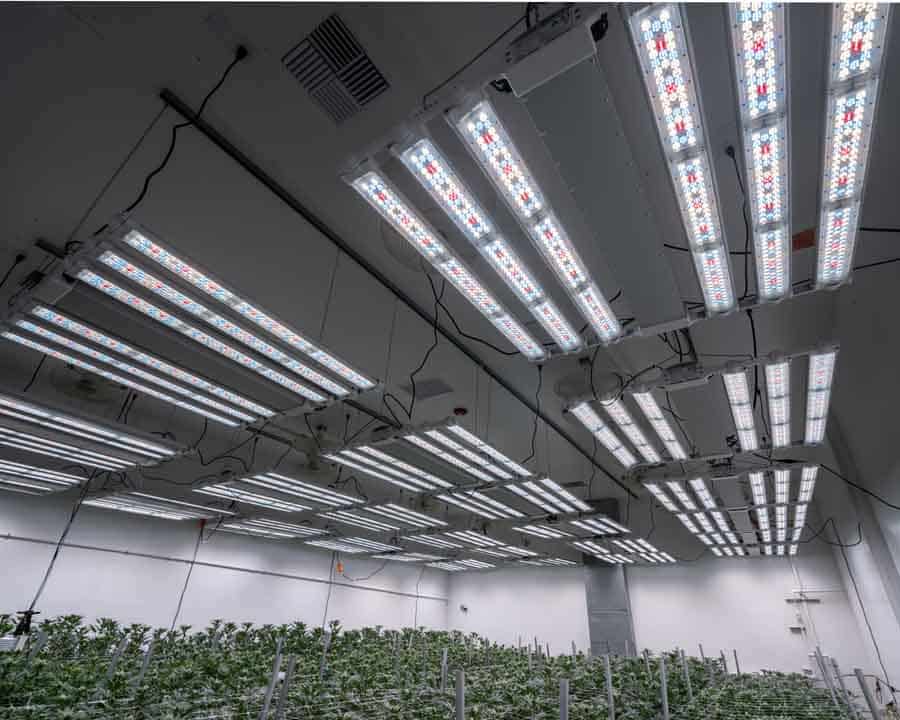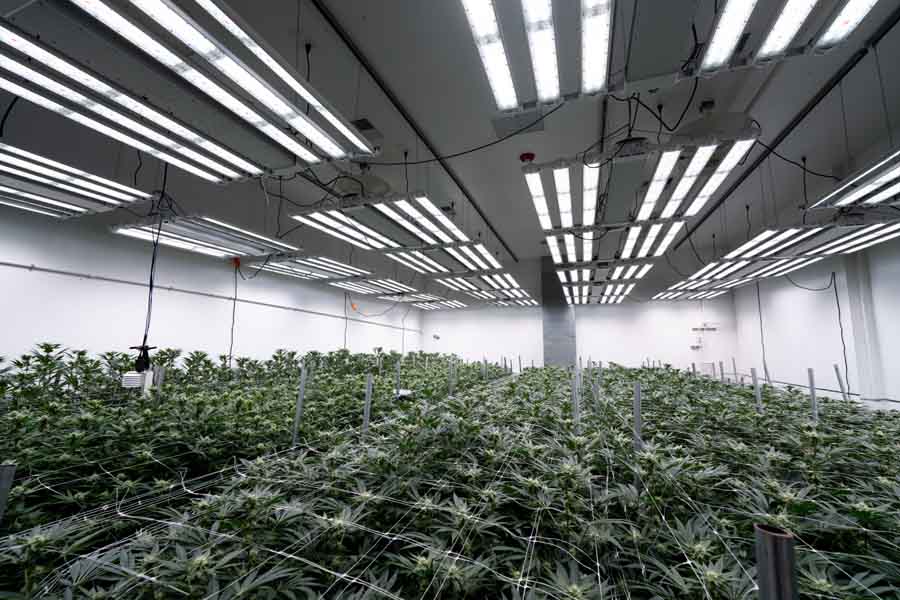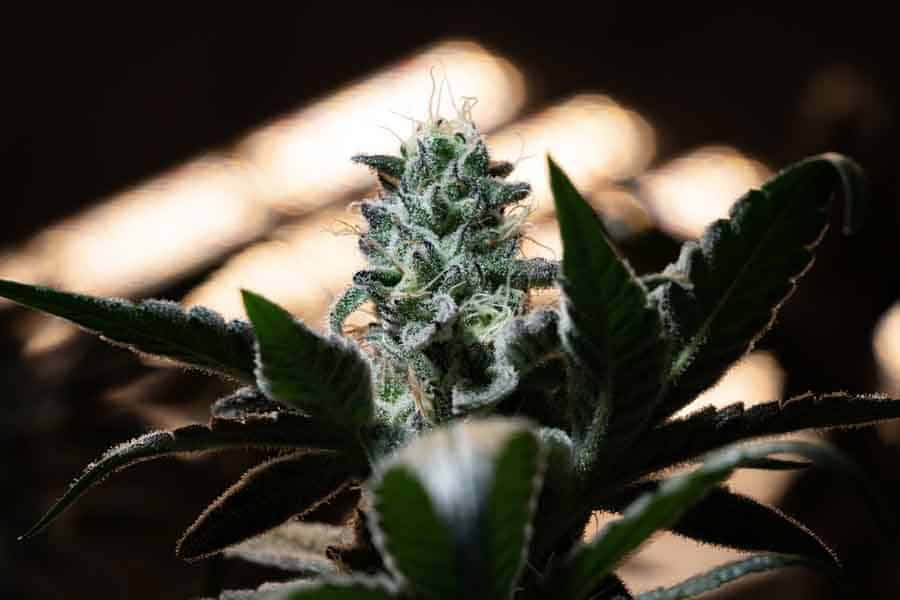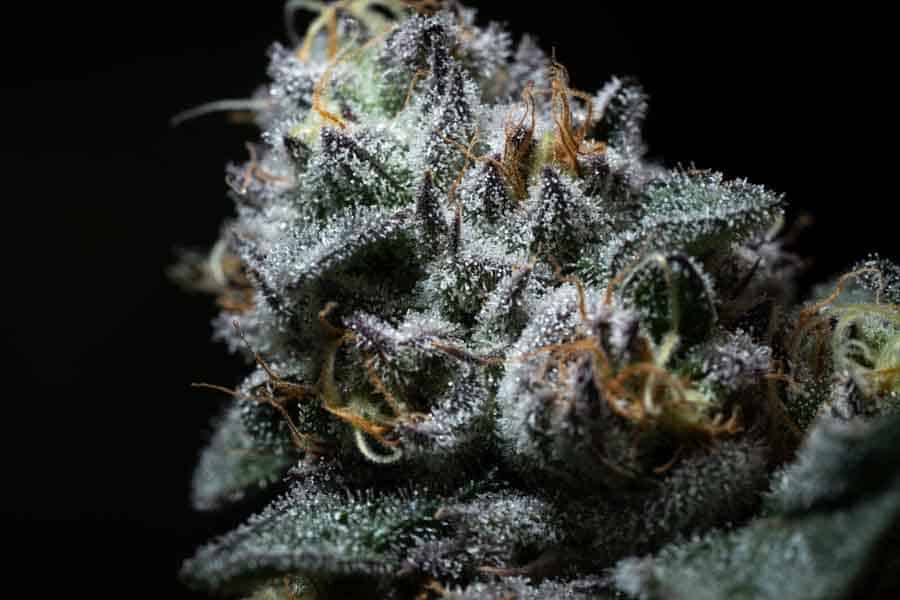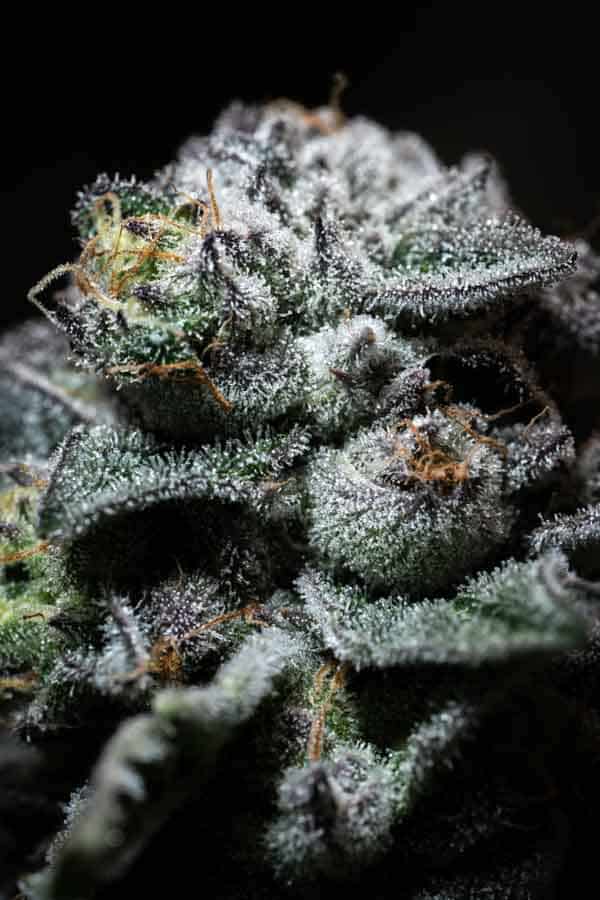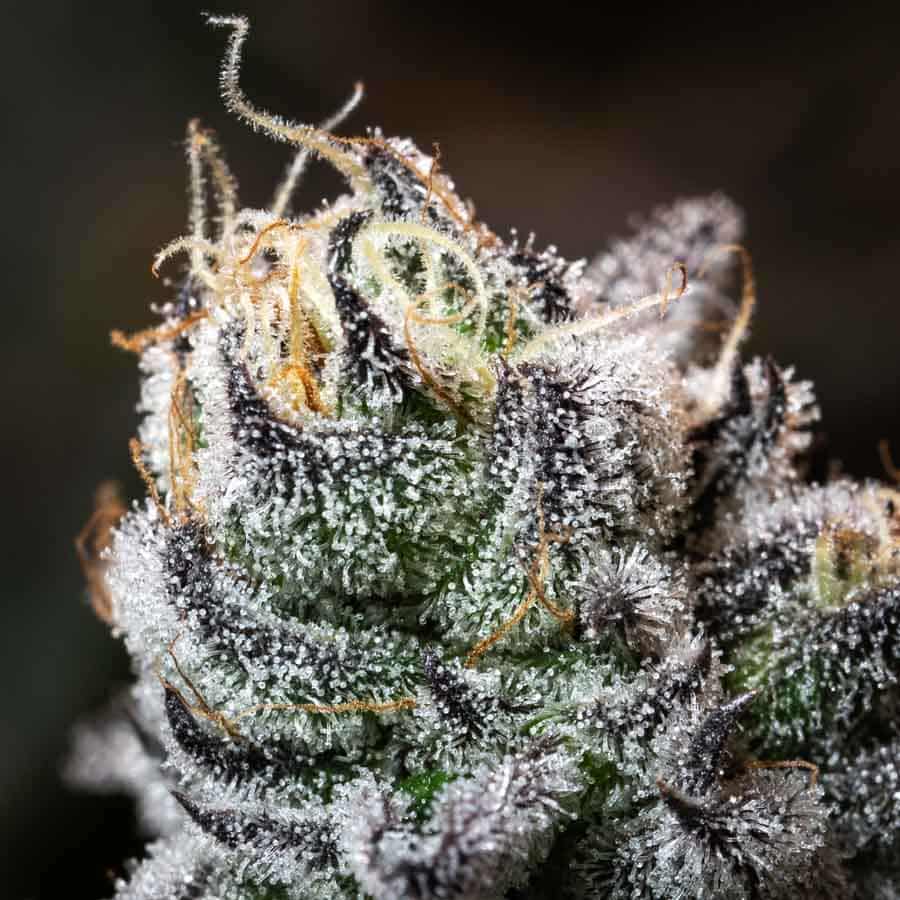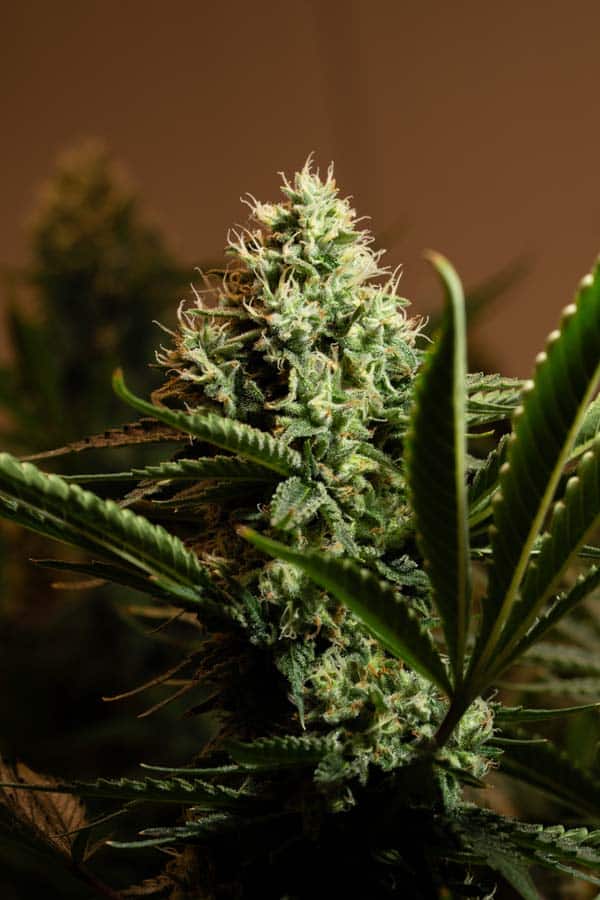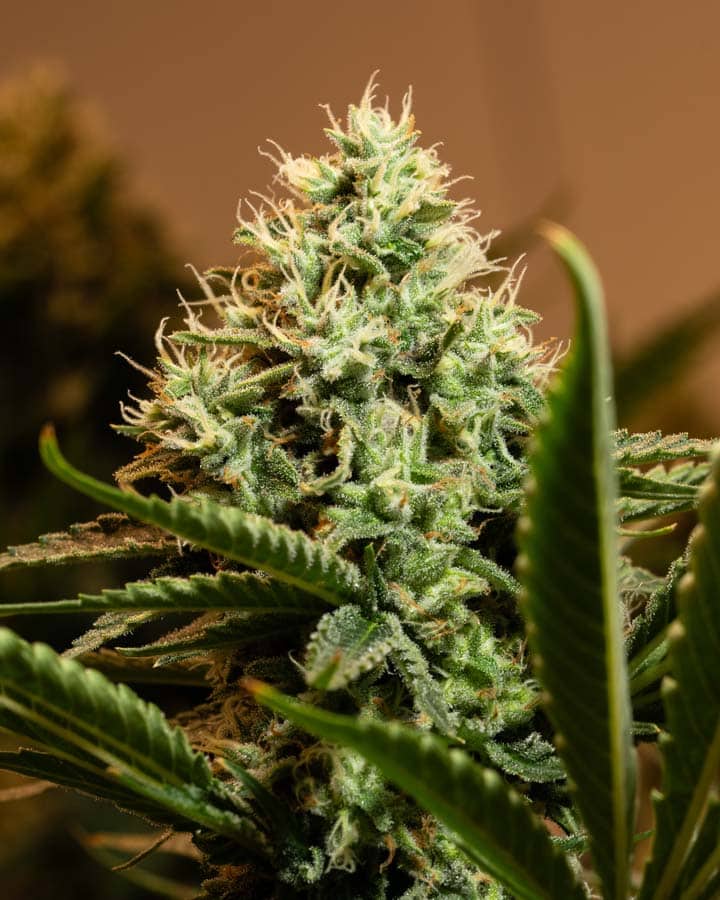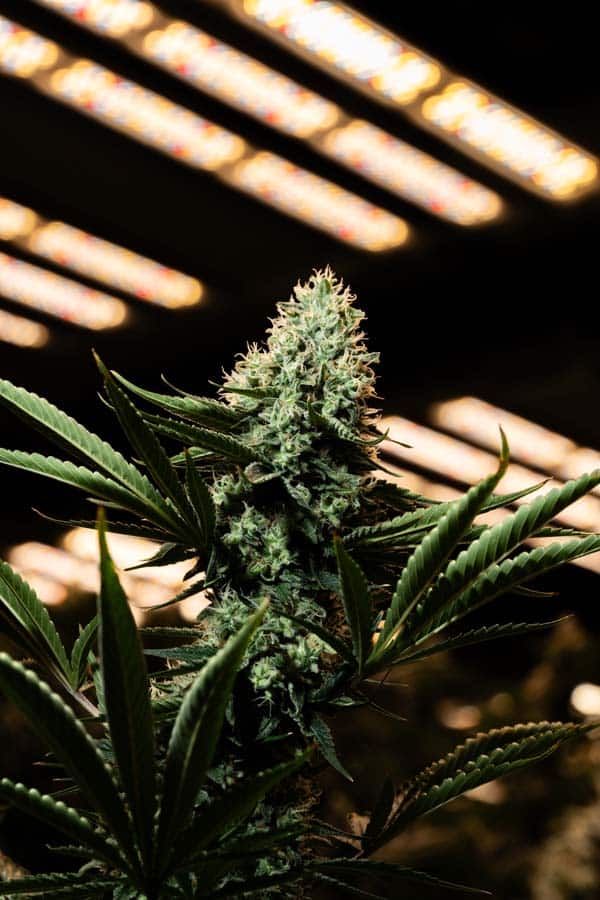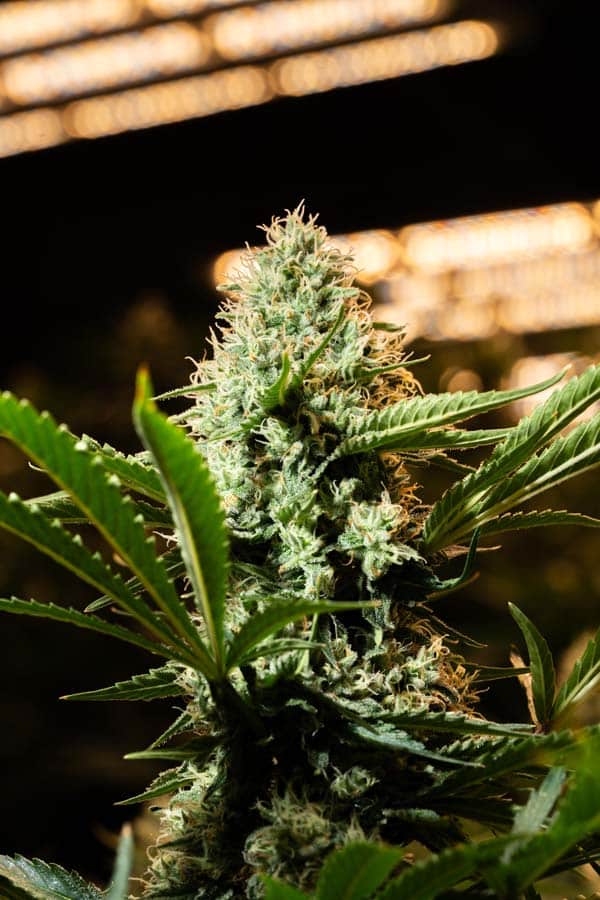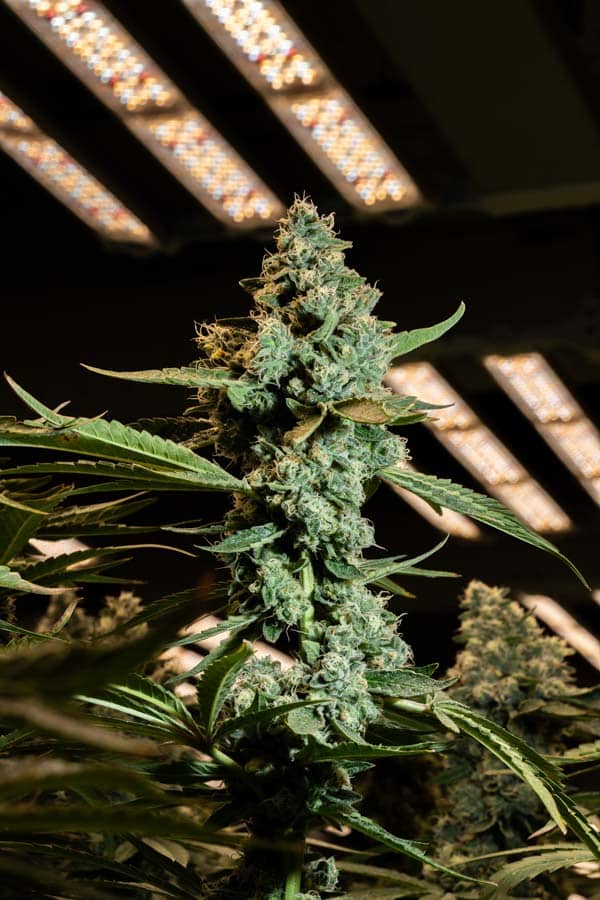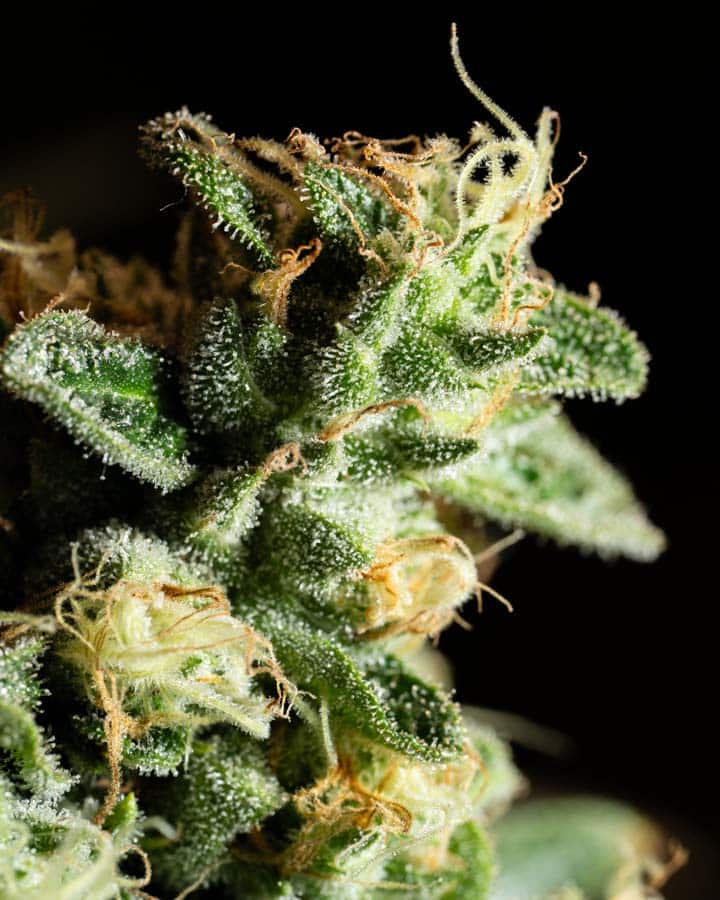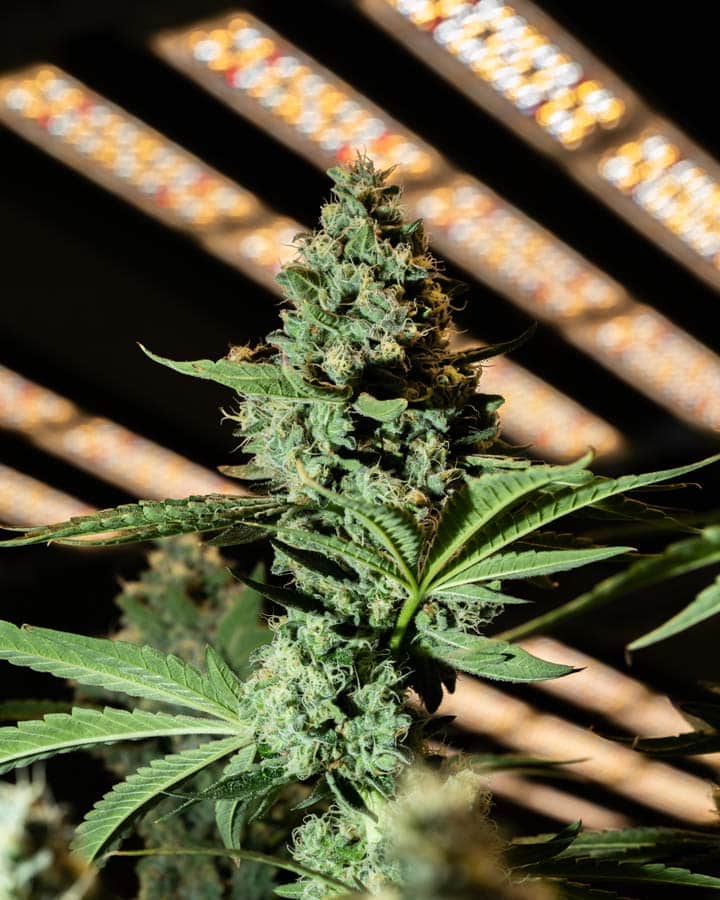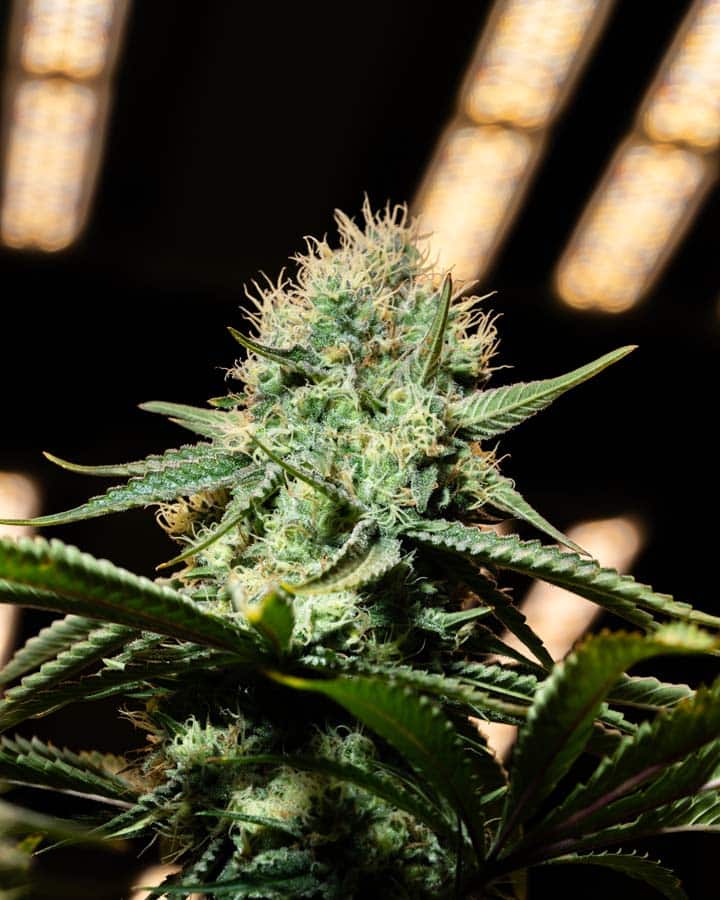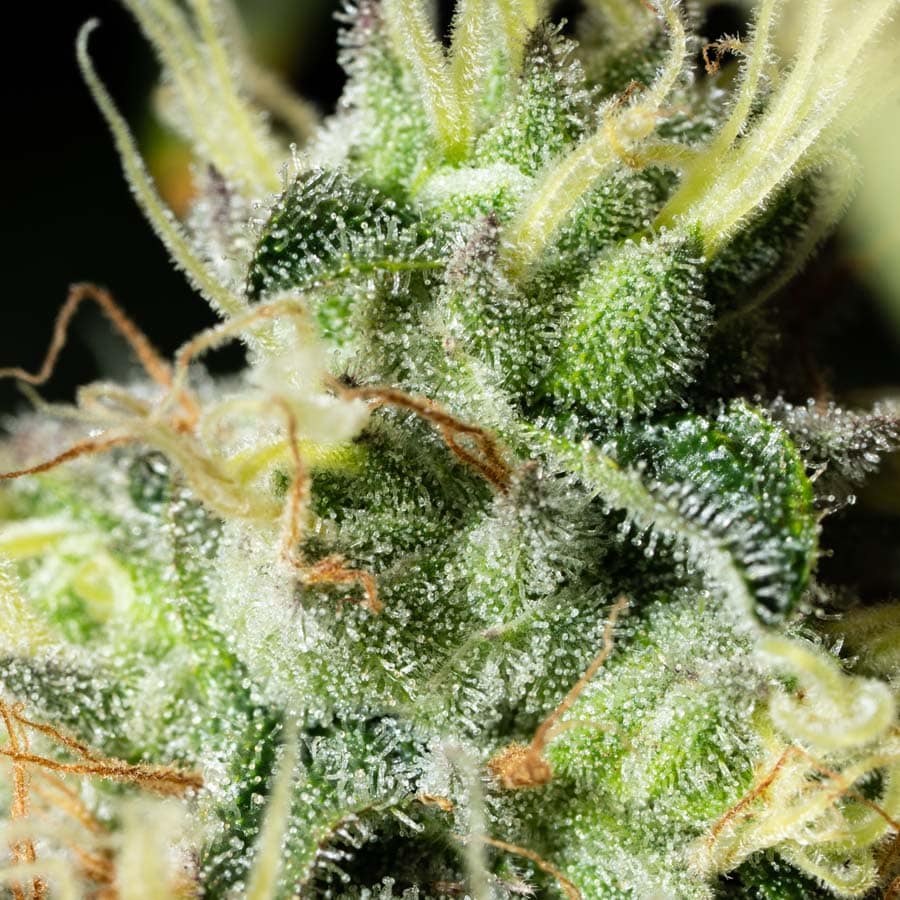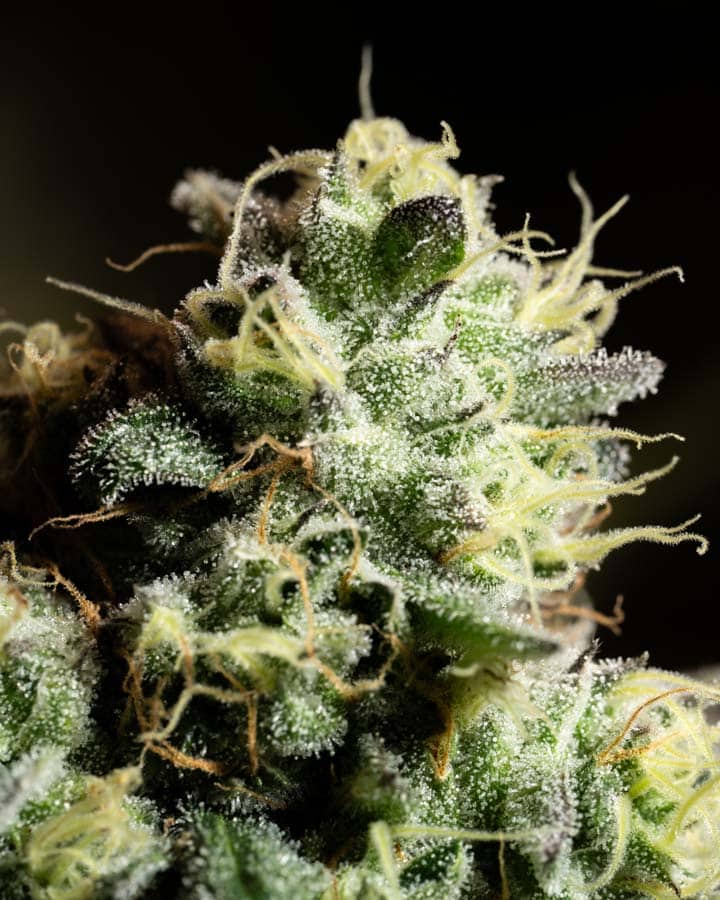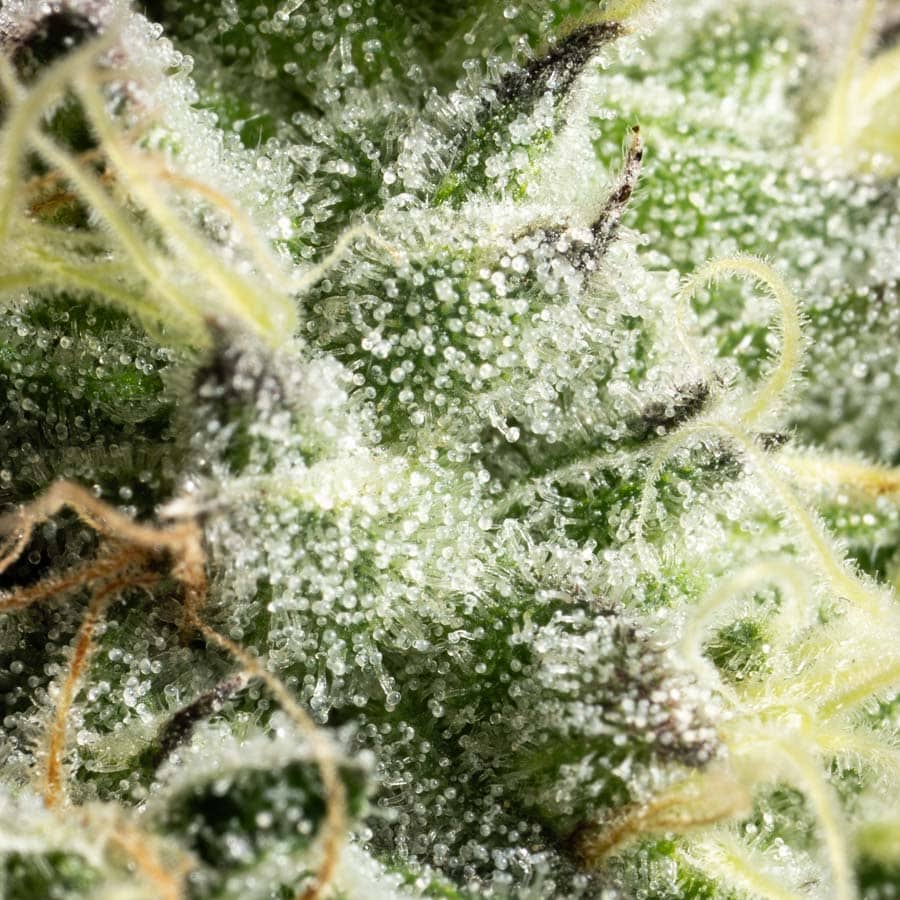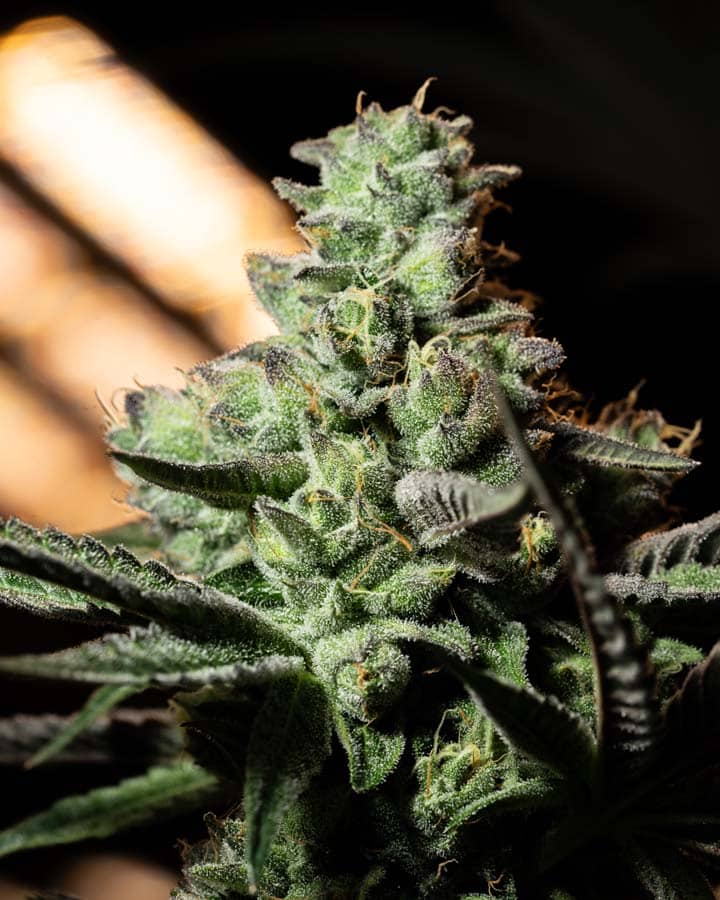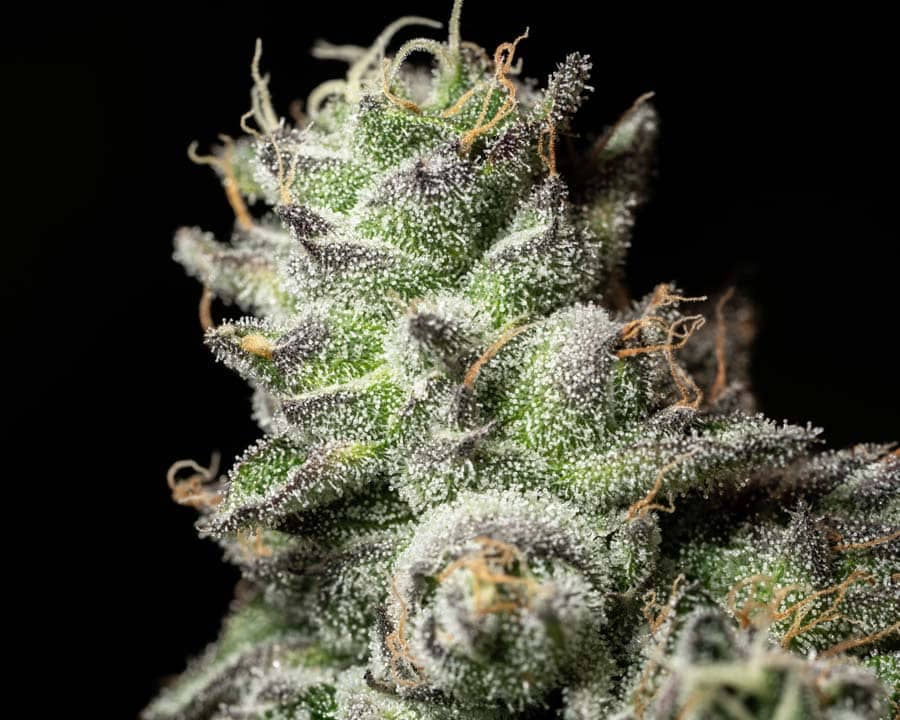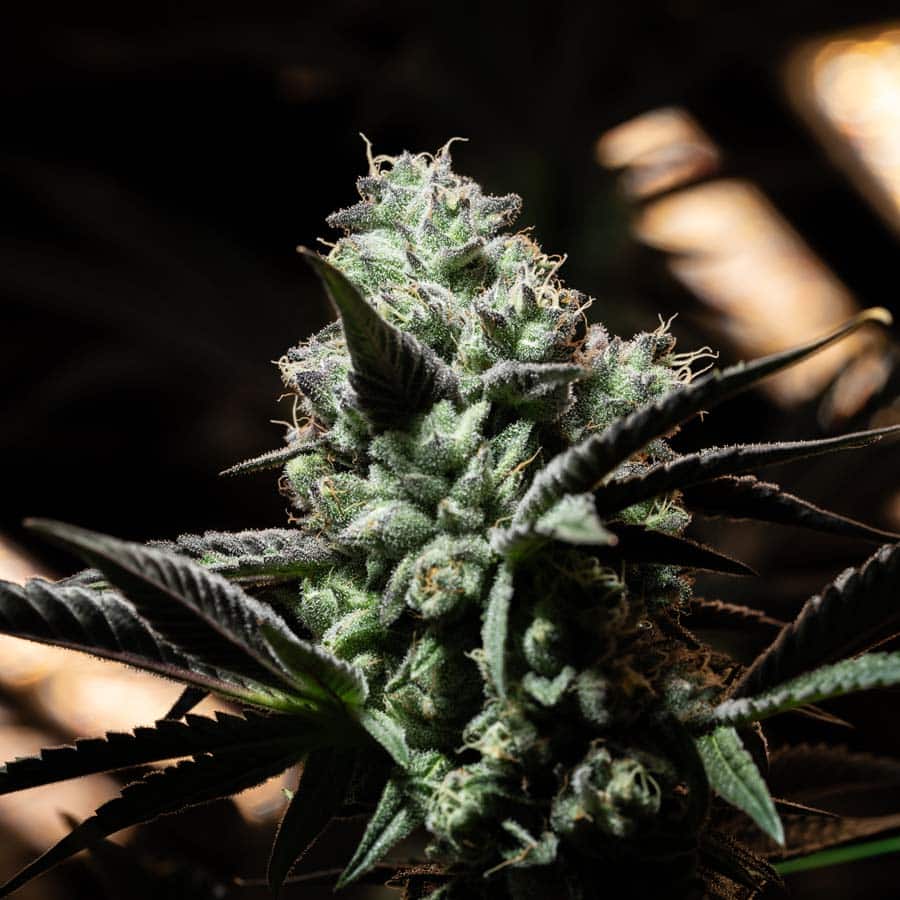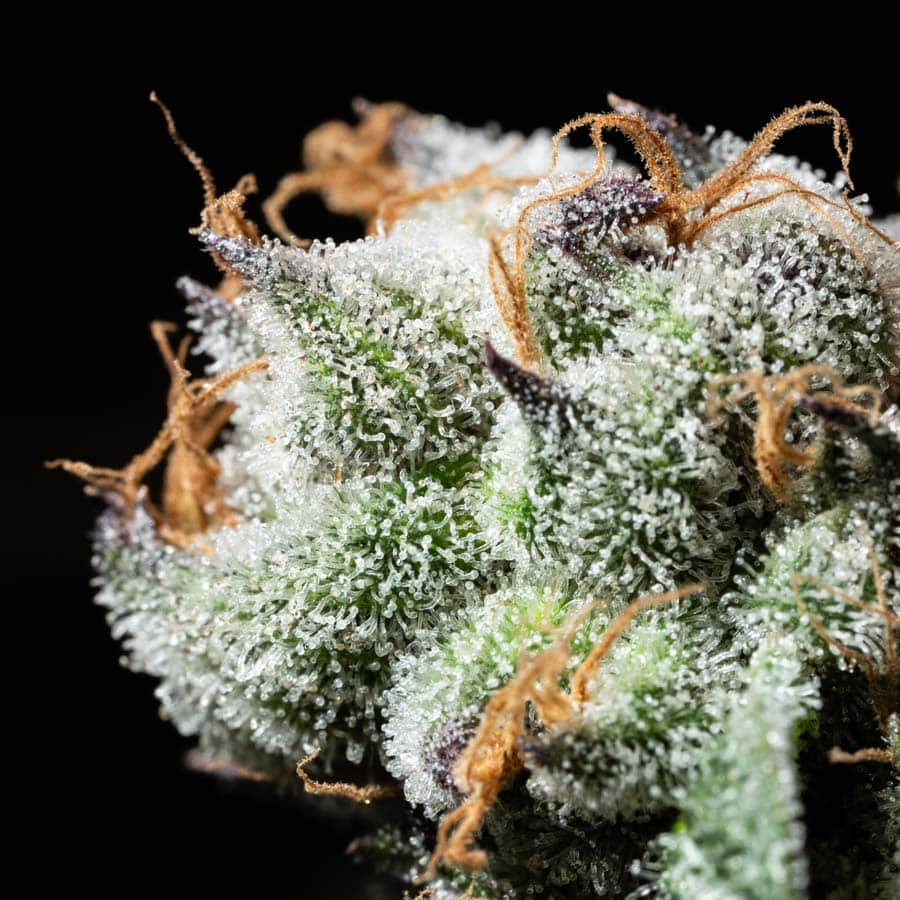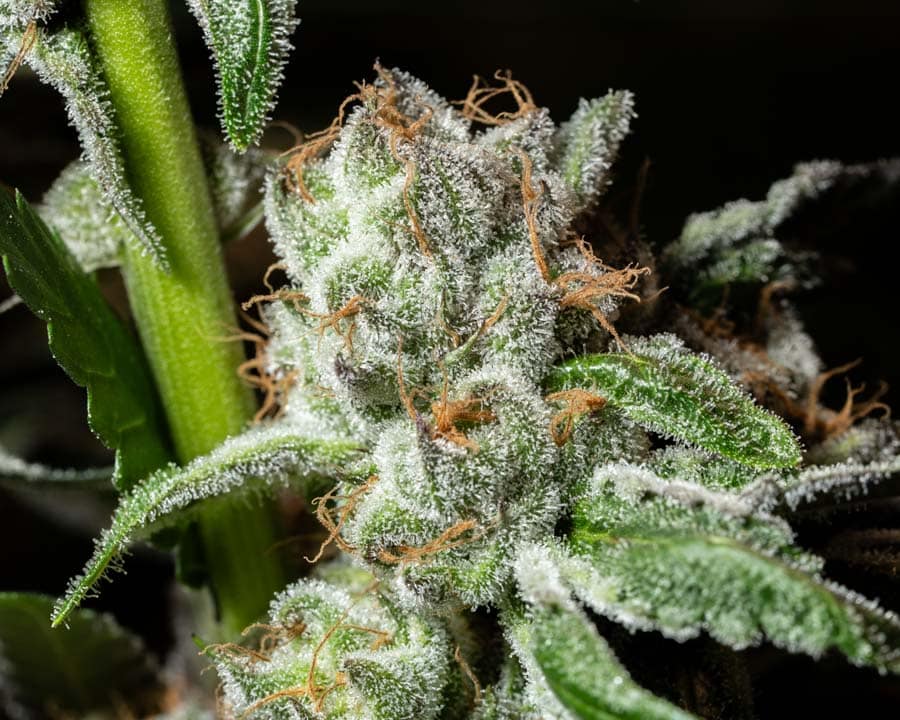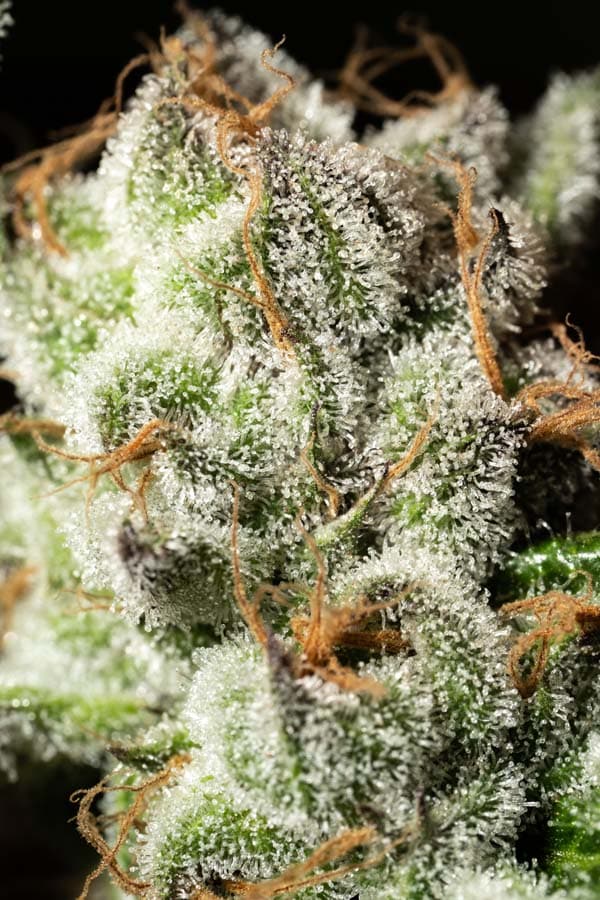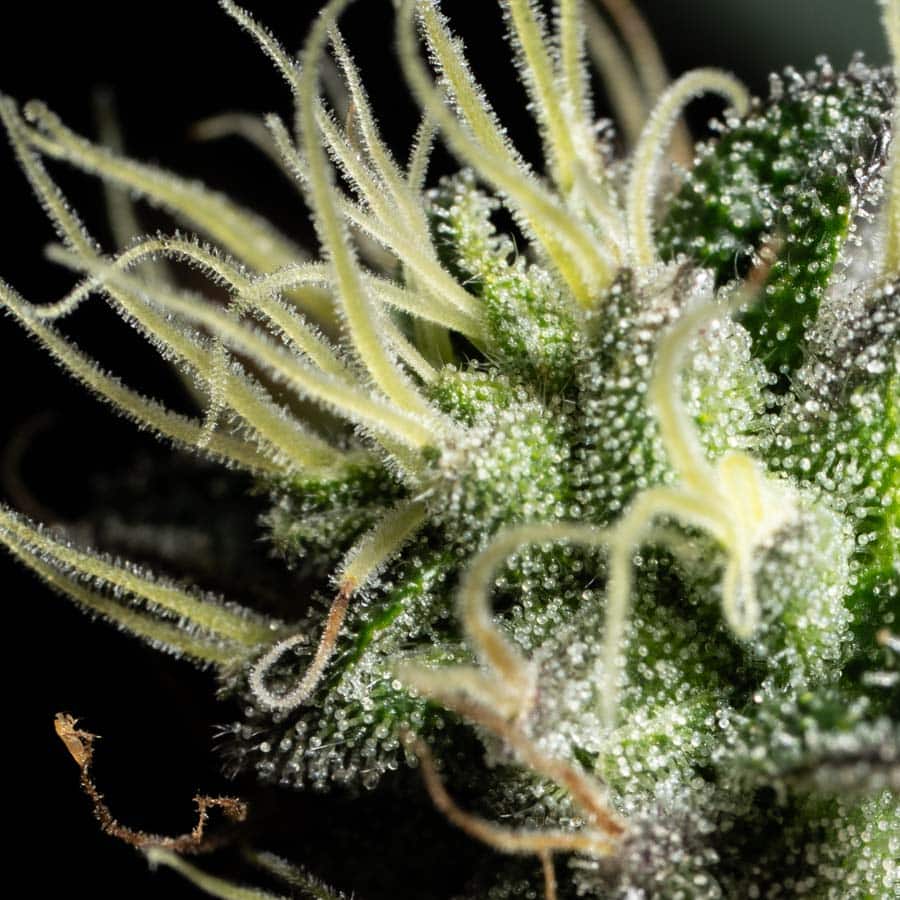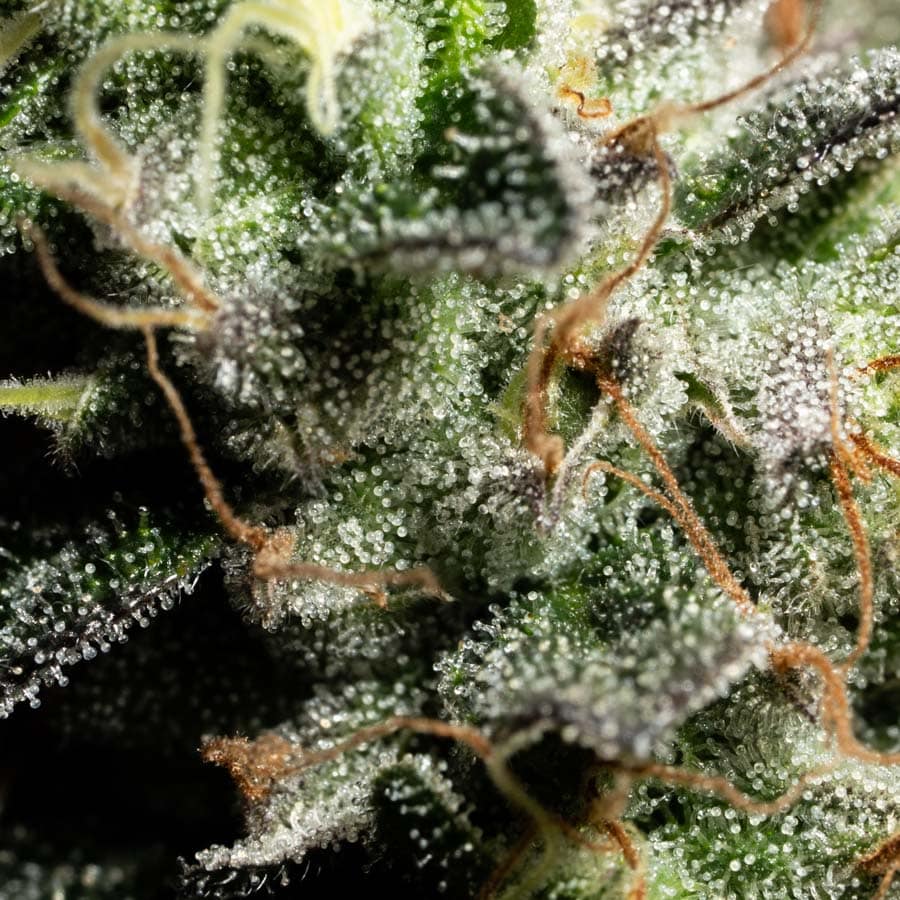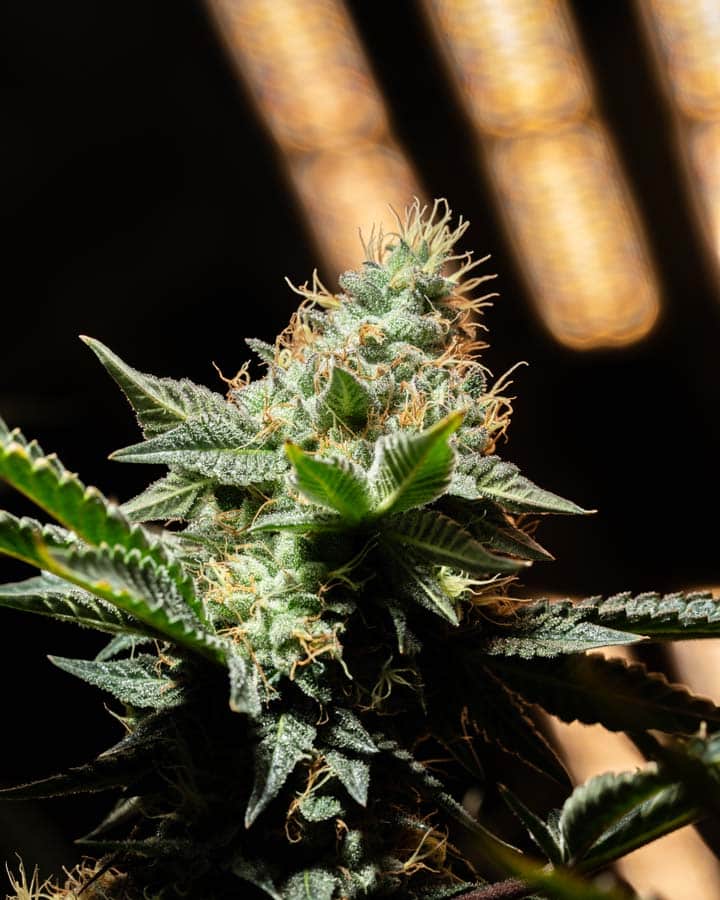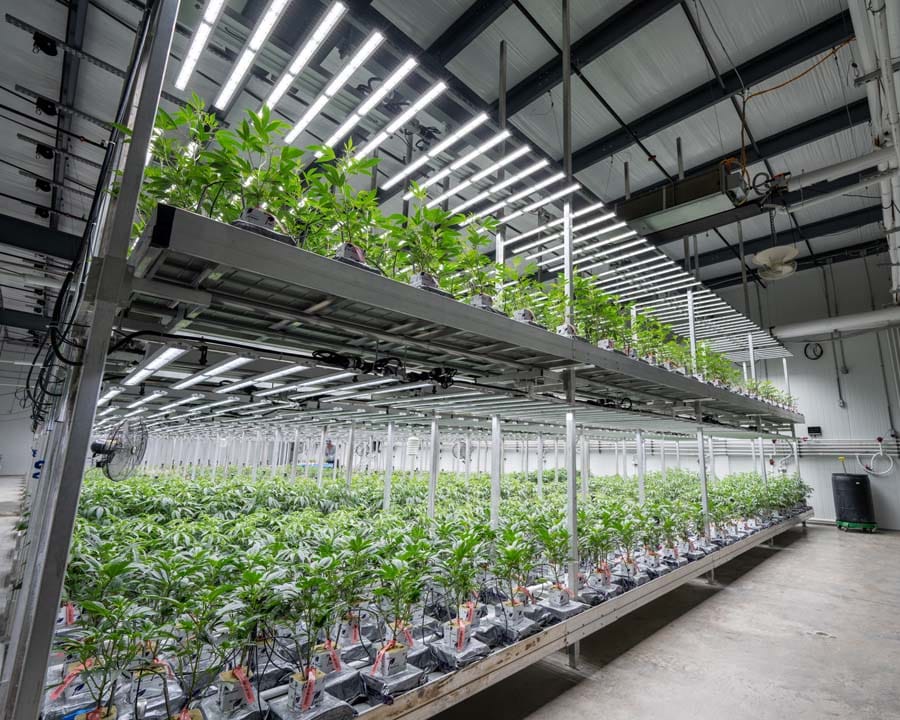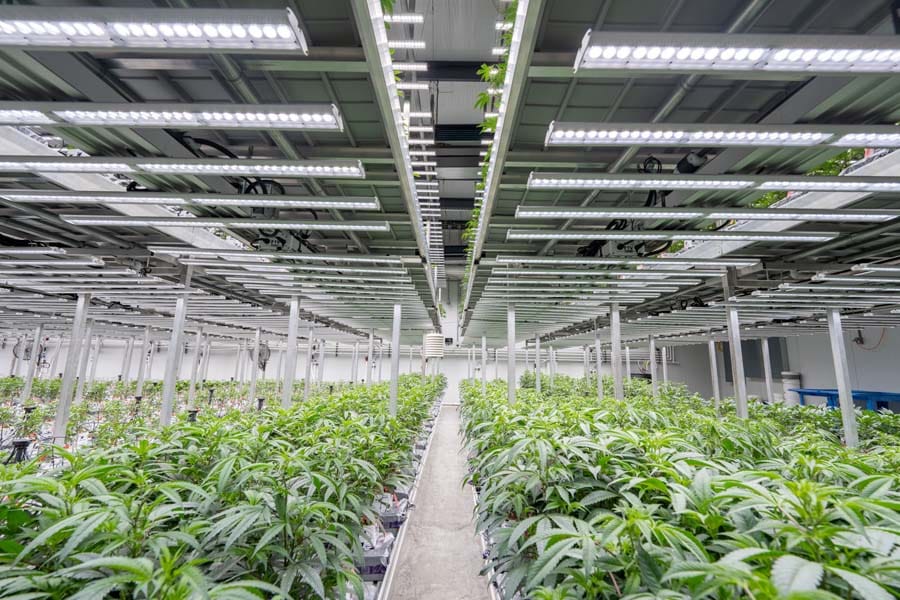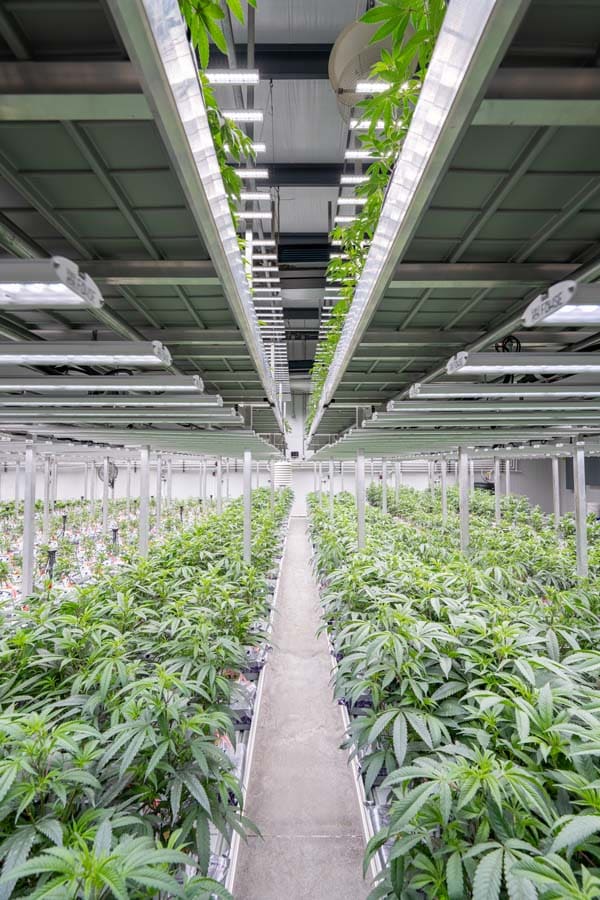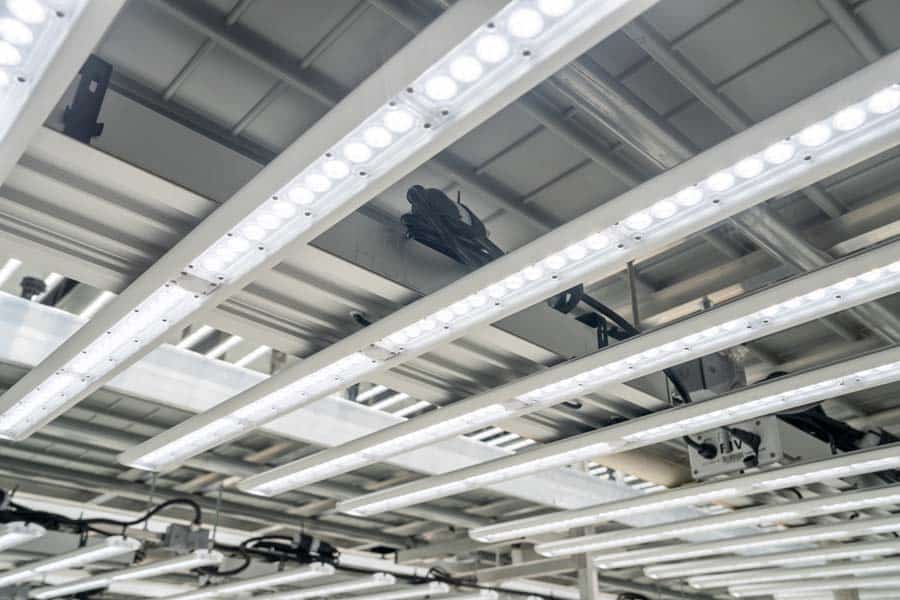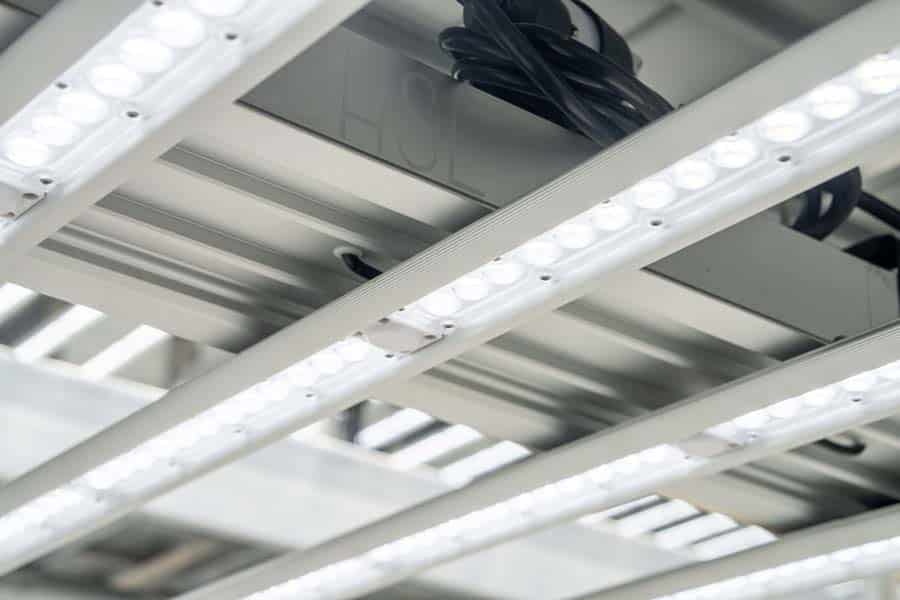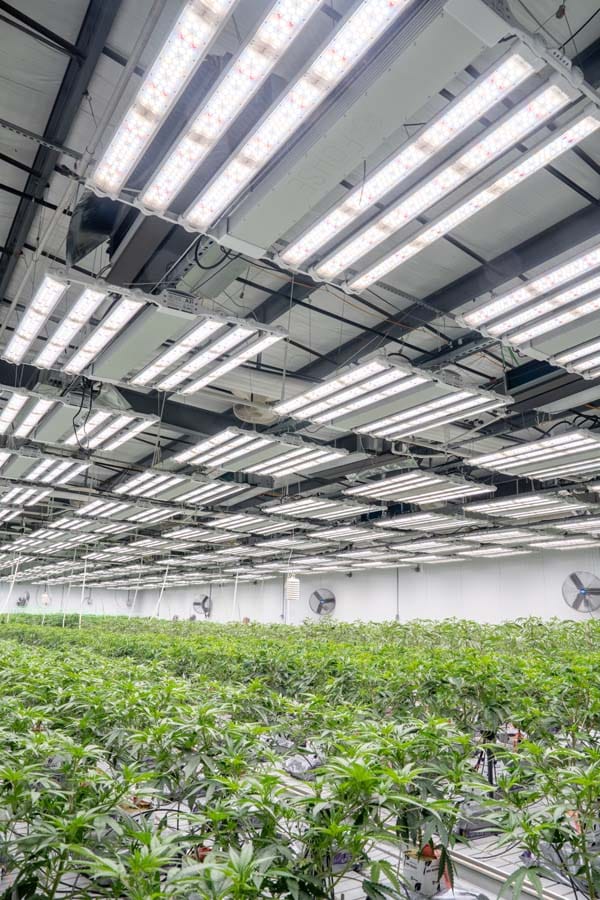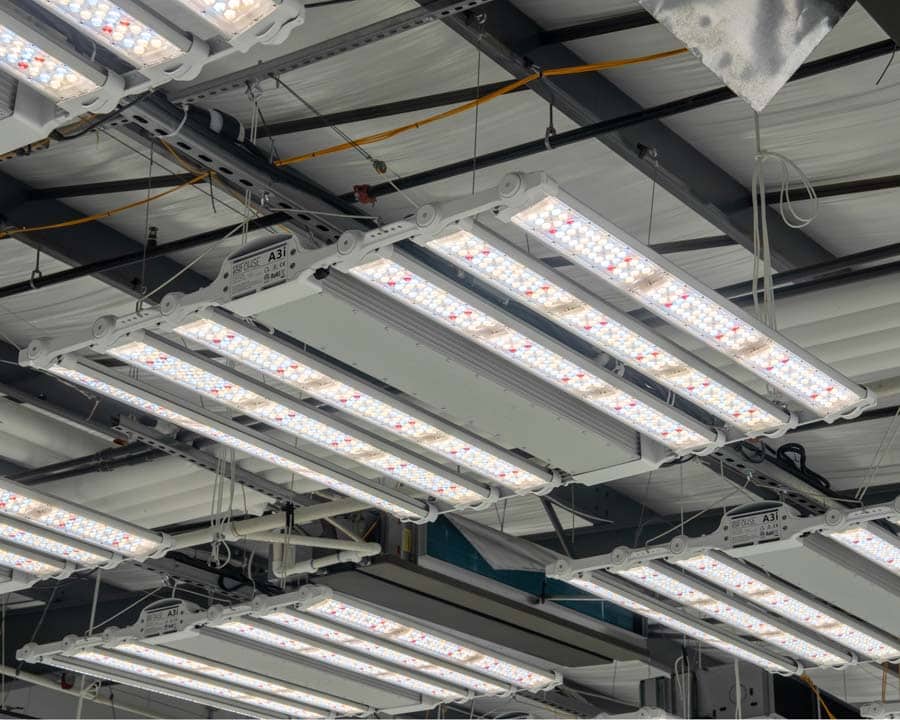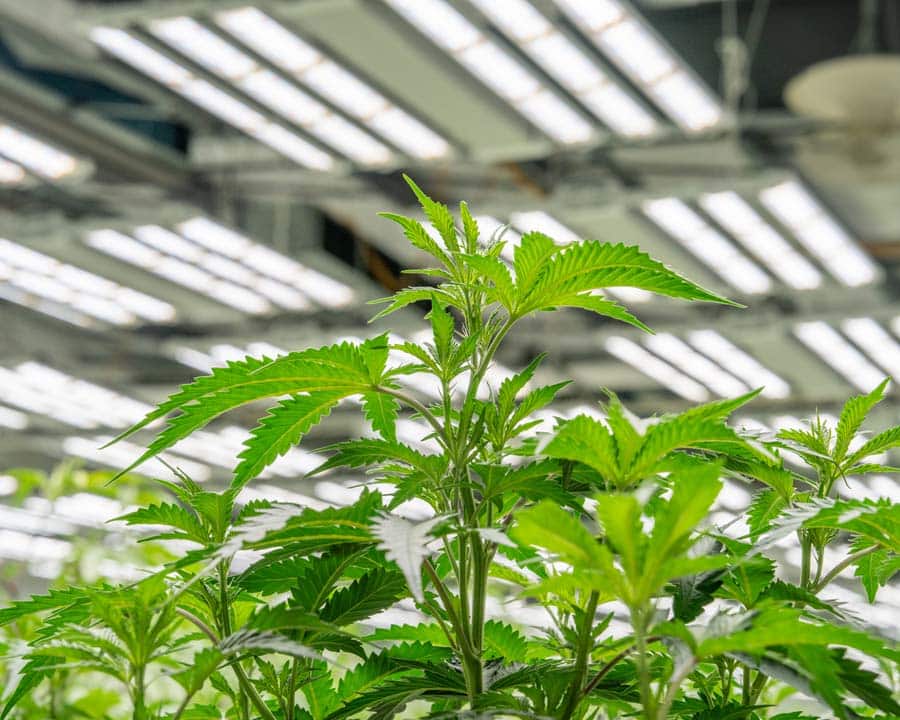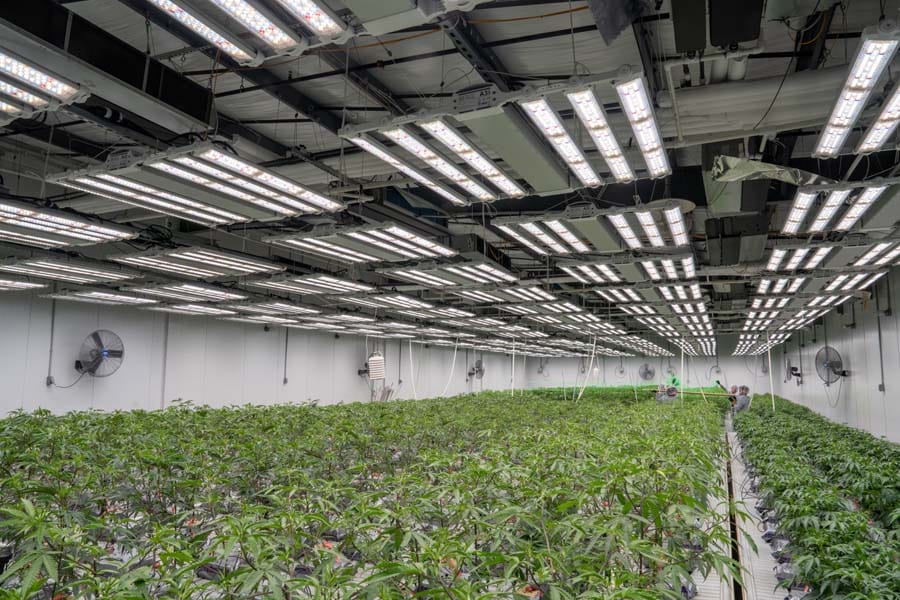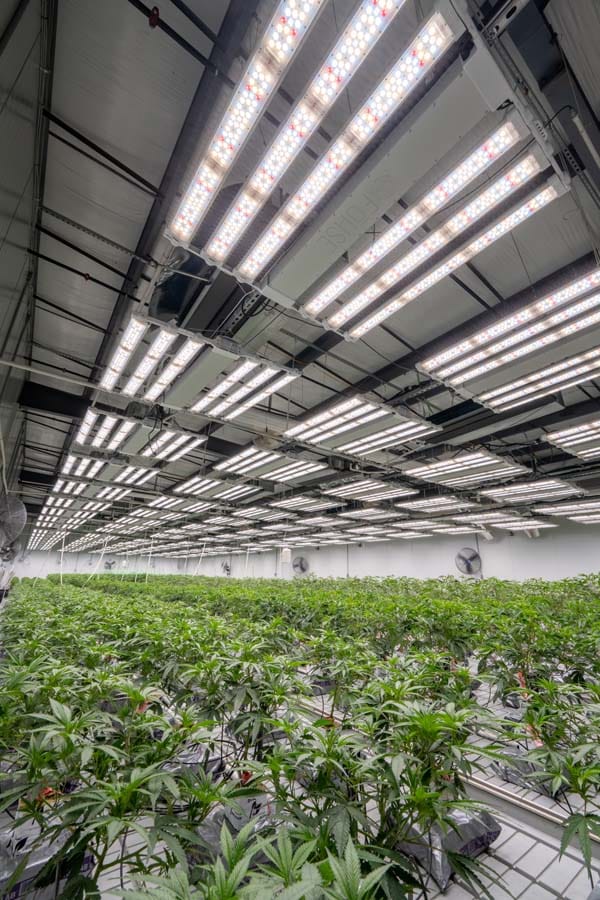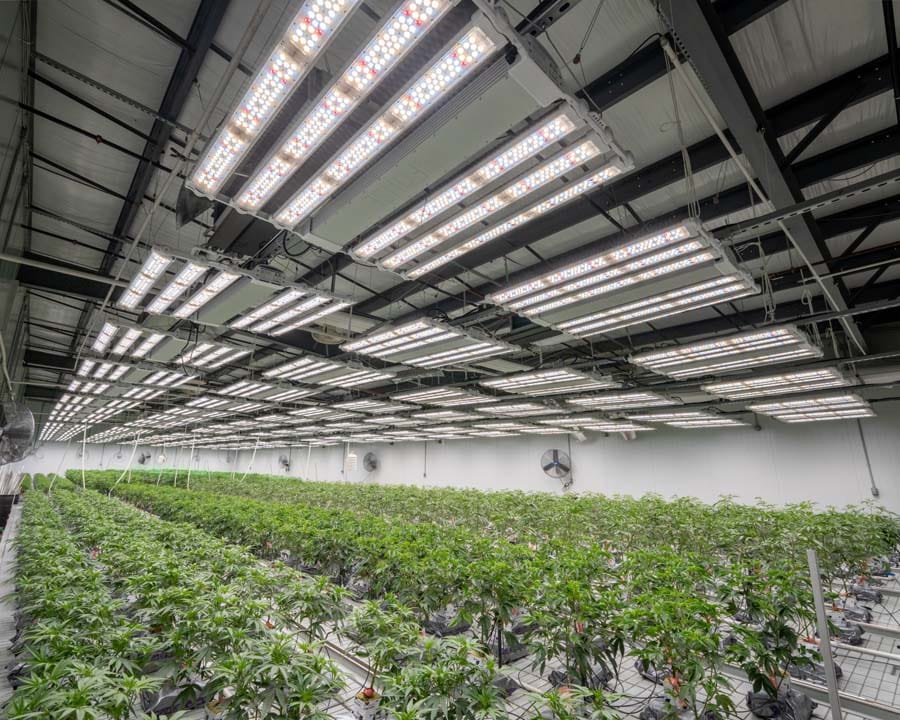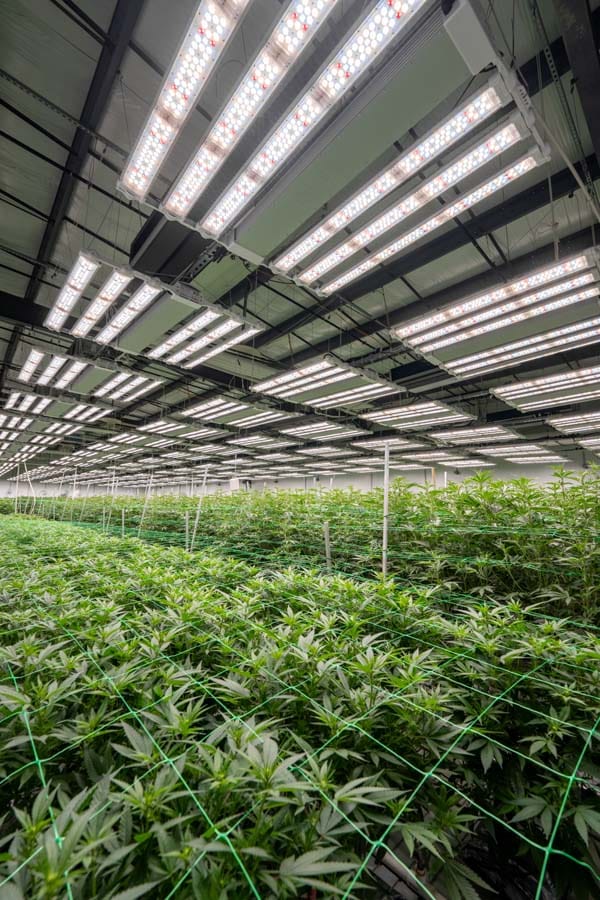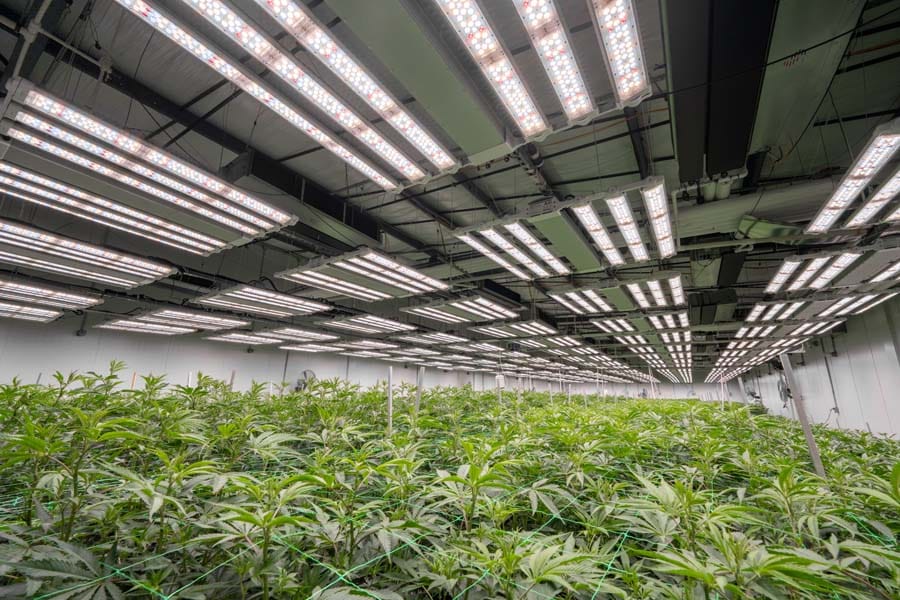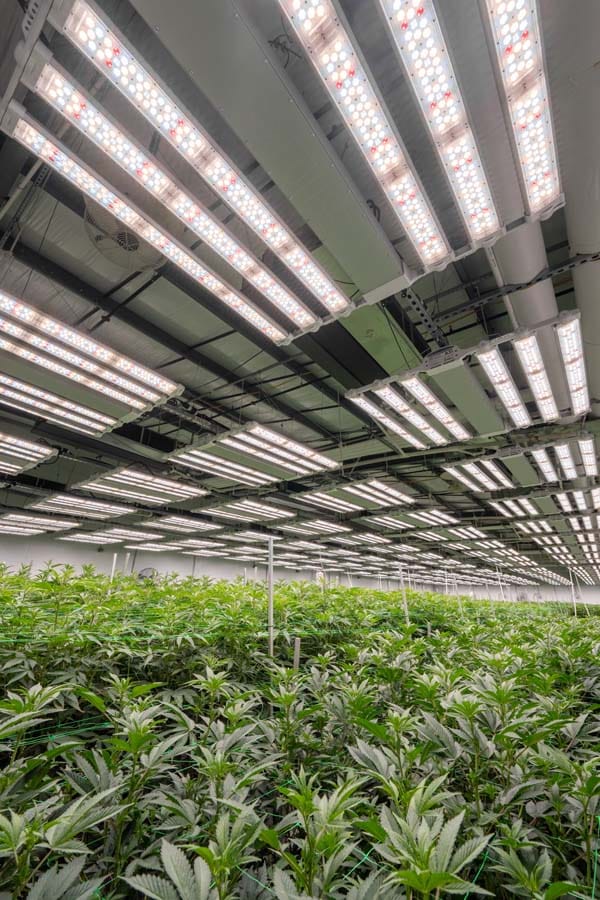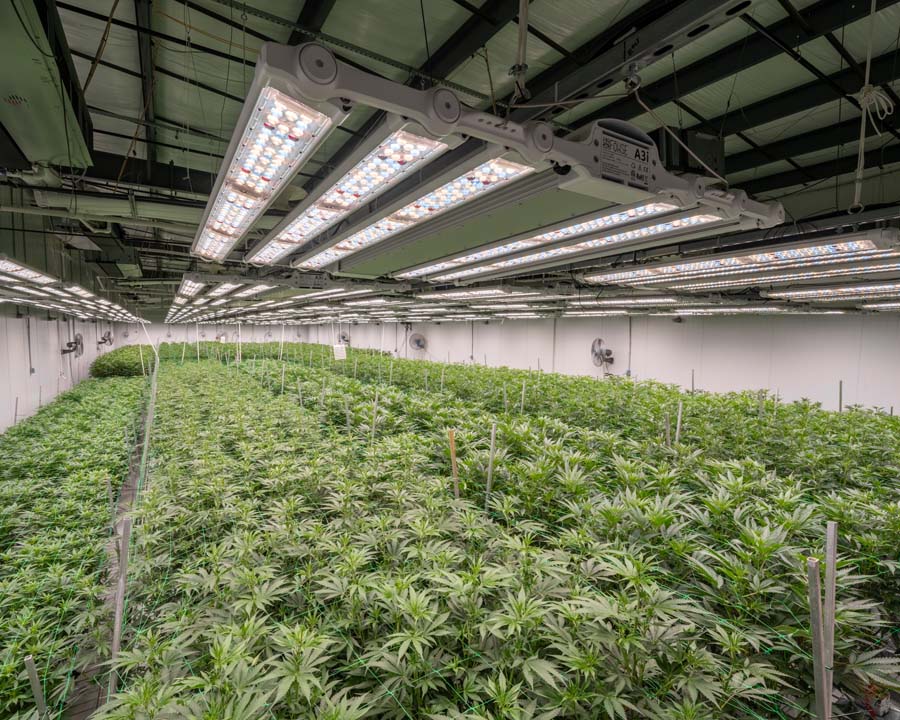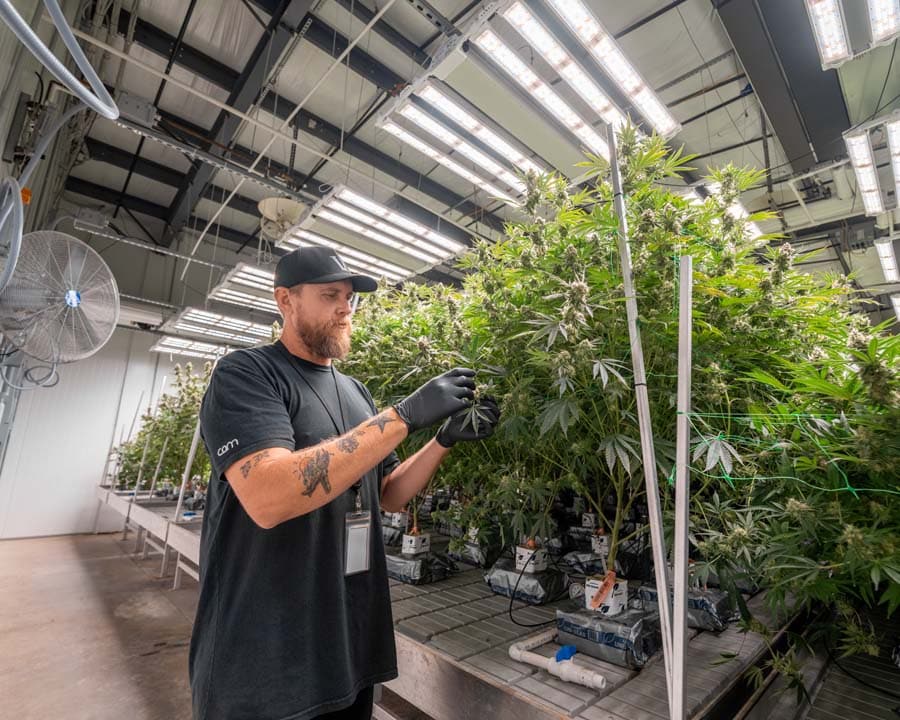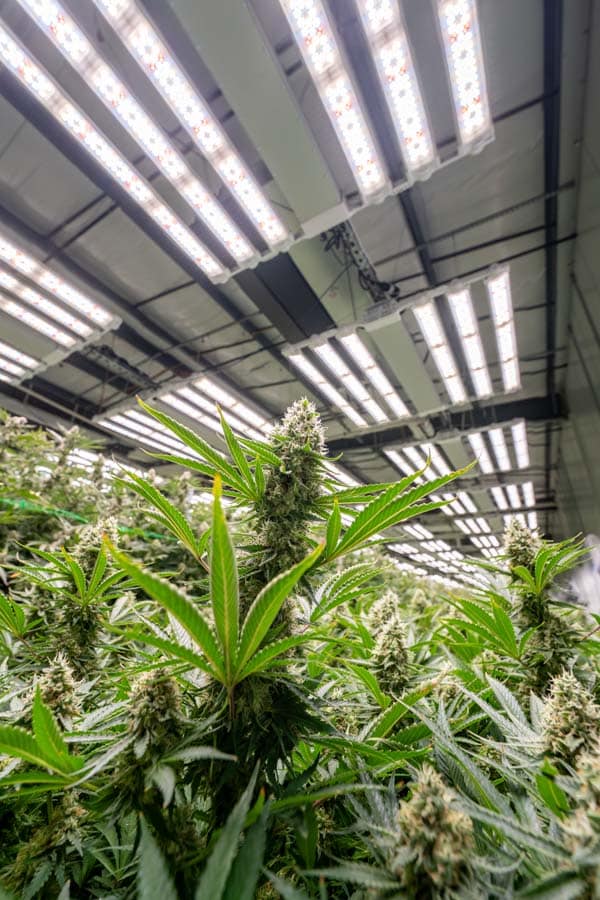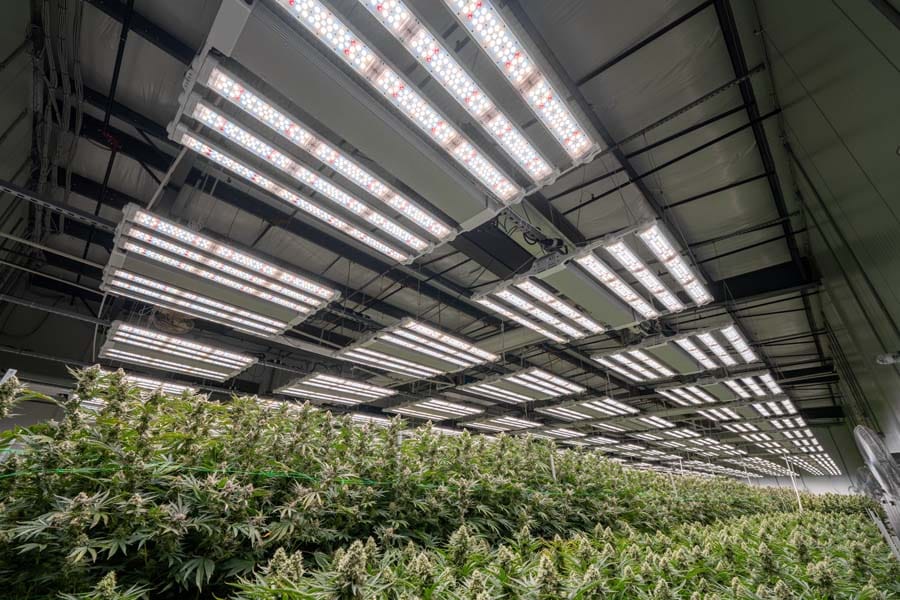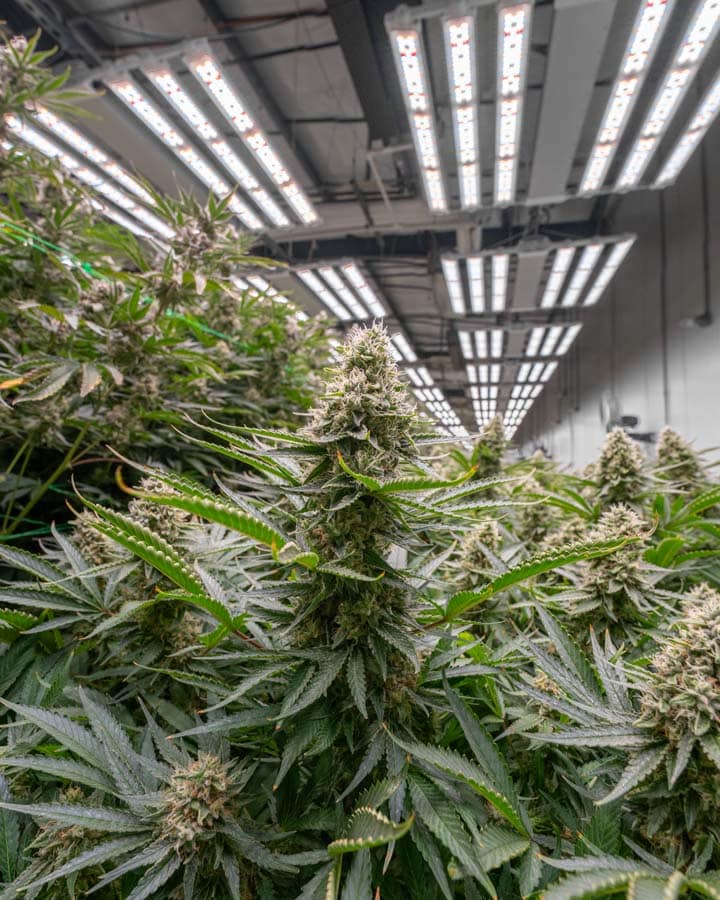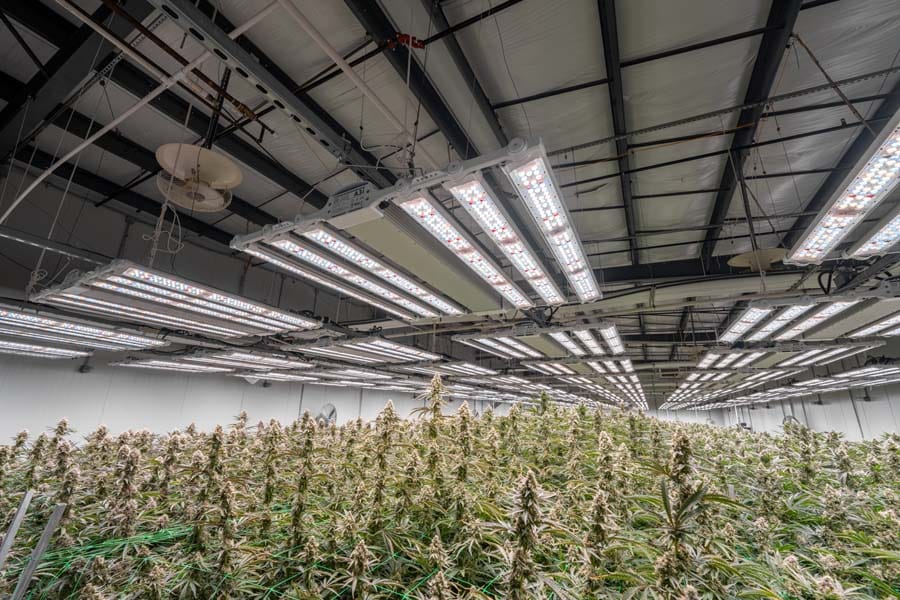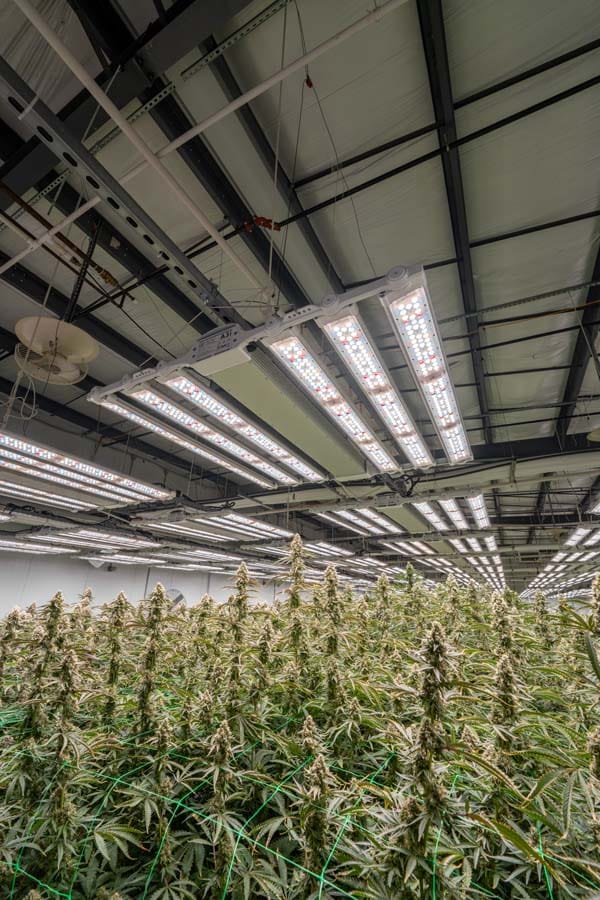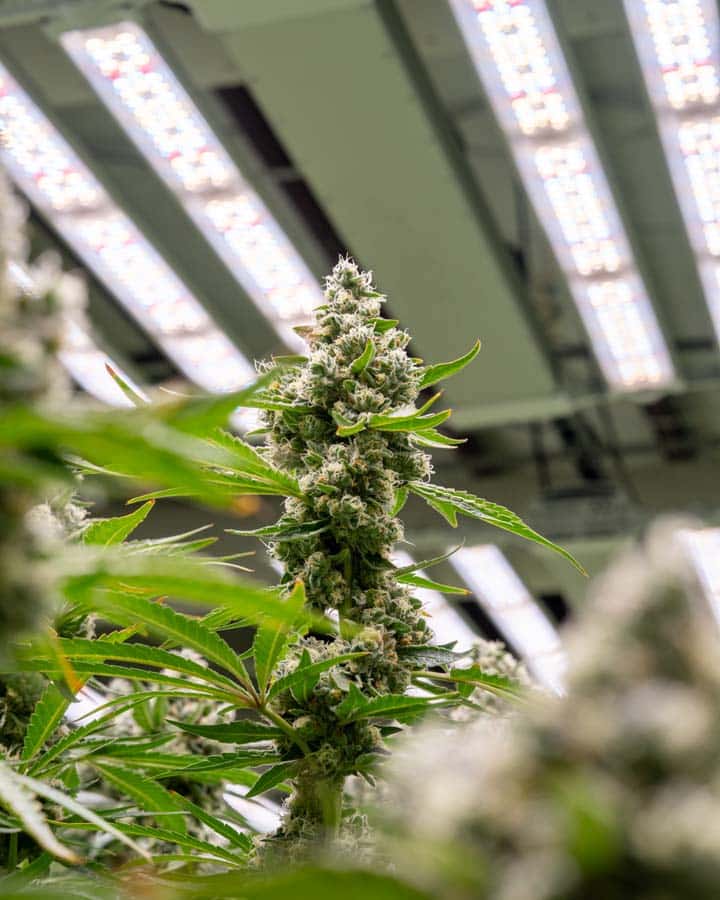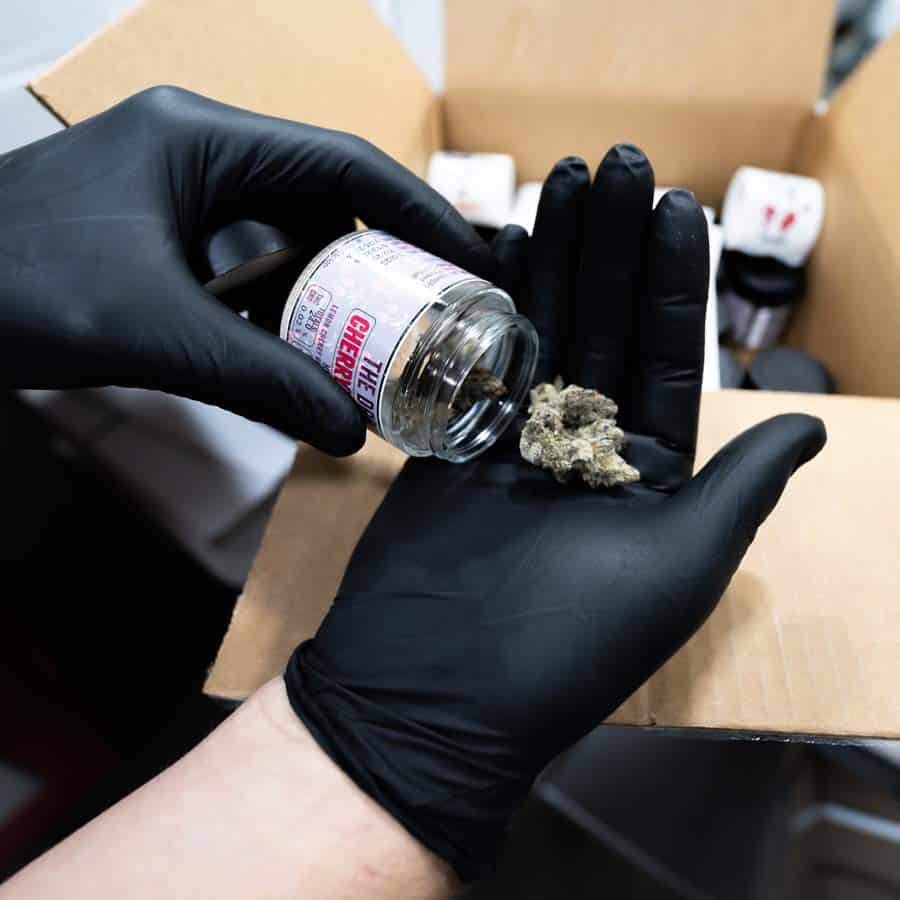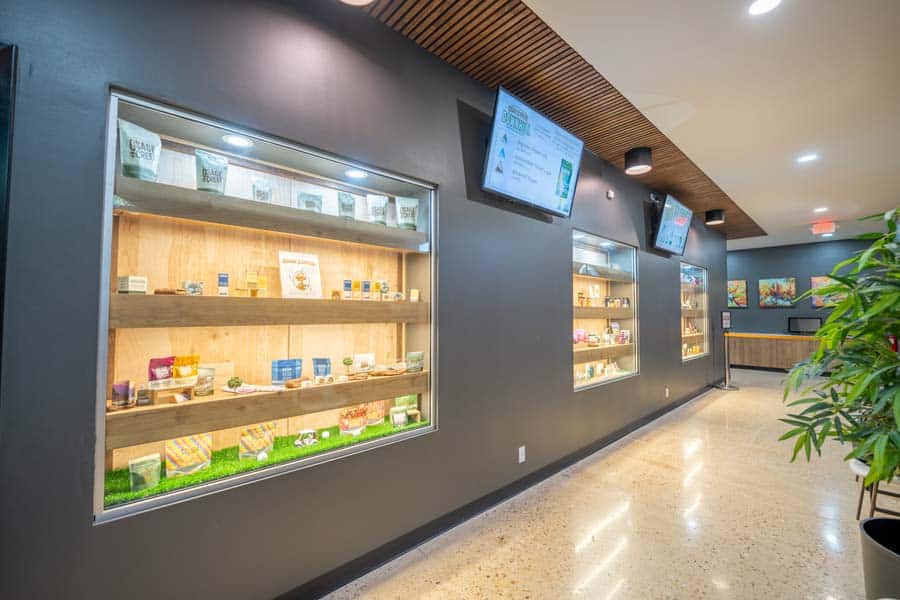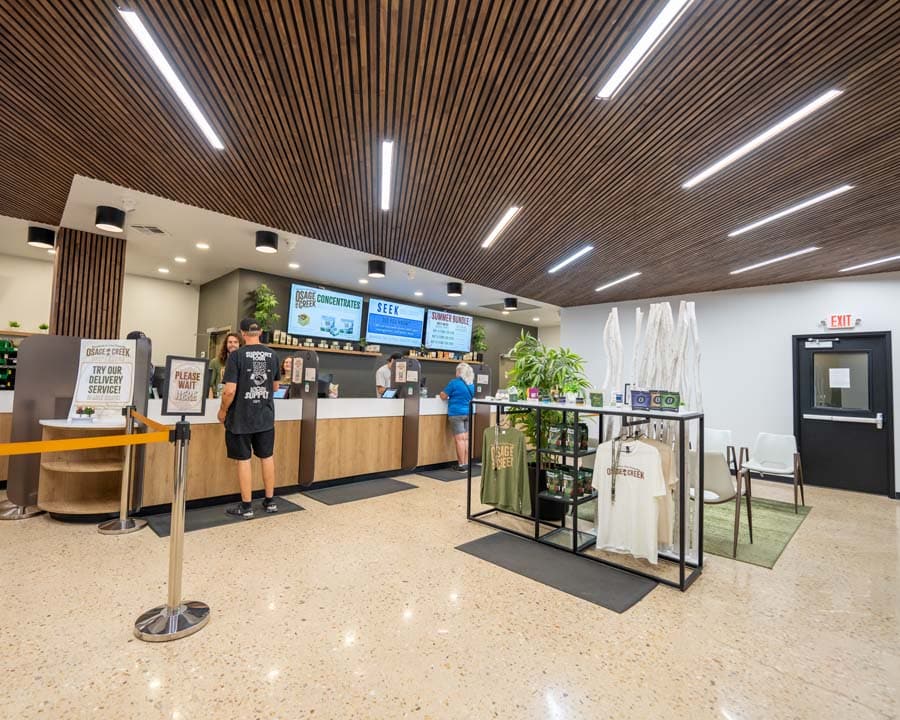In the beginning, it seemed like five guys against the world.
At a house in Las Vegas, seated around a makeshift boardroom, the team that founded Fohse devised a plan to take on the biggest names in horticultural lighting. They were going to create a more powerful, more efficient LED light designed specifically for cannabis.
“Everyone laughed at us,” says CEO Brett Stevens.
But the Fohse co-founders believed the major LED manufacturers were taking the wrong direction with cannabis, simply retrofitting grow lights designed for other crops, like microgreens or flowers, and hoping to sell them to cannabis cultivators.
“The opportunity was right to come in and correct the mistakes these big companies were making in commercial cannabis,” says James Bradley, chief marketing officer. “This was an opportunity for an underdog story.”
So the upstart company began studying, testing and building and returned to the market with a potentially game-changing suite of high-intensity, high-efficiency LEDs built from the ground up for cannabis plants. The new lights deliver as much power as the summer sun on a cloudless day and enables growers to produce larger yields, higher THC percentages and more potent terpenes than their leading competitors in a client case study in Nevada.
And no one is laughing anymore.
“We’ve created an LED unlike anything the world market has ever seen,” Stevens says.

PROMETHEUS
On its face, Stevens’ claim sounds a bit ridiculous, but on a sunny day in Las Vegas in early September, the Fohse CEO stepped outside to measure the photosynthetic photon flux density, the number of photosynthetic photons that hit a particular spot each second.
“The PPFD is 2,246 outside right now,” he says, checking the number mid-interview.
To put that into perspective, a grid of Fohse’s flagship A3i model delivers PPFD readings between 2,000 and 2,100, roughly 9-10 feet below the fixtures at full power.
The secret in the multiple patent-pending design is more than 5,000 LEDs and a new power supply, all encased in a waterproof and ingression-proof jacket that can withstand power-washing if need be.
Born By Fire
It was a fire that helped spark the Fohse team’s change in plans from cultivation to the world of lighting.
Prior to founding the company and during their initial foray into the cannabis industry, both CEO Brett Stevens and president Ben Arnet worked at a Las Vegas cultivator that used traditional high-pressure sodium lights.
One warm, summer evening, the pair got a frantic call from the owner of the grow that the facility’s air conditioning system was offline because the A/C unit was working overtime to counteract the temperature increases due to the lighting and froze the lines. Without the cooling, the company’s entire crop was lost as the heat from the HPS lights essentially cooked the plants.
After seeing Arnet and Stevens post on social media about what they’d seen, Alex Gerard reached out to the pair to tell them of the new LEDs he was working on.
“When I saw how devastating the crop loss was, I knew it was the perfect time to present them a solution so they would never have to deal with the risk of HPS burn ever again,” says Gerard, now the company’s chief technology officer. “That was the first time the A3i concept left my workshop.”
After seeing what Gerard was working on, Fohse — an acronym for “Future of Horticultural Science and Engineering” that plays on the Greek word for lighting, phos — was born.
“We wanted to be able to pull our lights down, soak them down, power-wash them and hang them back up,” says Stevens, adding that mold, mildew, mites and other potential crop-killers can hide in traditional lighting fixtures.
To determine the cannabis plant’s capacity to absorb high-intensity light, the Fohse team developed a test using multiple high-pressure sodium lights mounted on every side of a box and bombarded a cannabis plant with as much light as possible while optimizing other environmental parameters for the intense light conditions. The plant took everything they could throw at it.
“One of the biggest reasons we’re different from our competition is that while they were focusing on how small or low-power they could make a grow light, we were focusing on what the maximum amount of yield per square foot would be,” says chief technology officer Alex Gerard.
Fohse engineers worked with multiple big-name companies to create the parts they needed and engineered new chips and new diodes for the lights. In 2017, the company went to market with the 1,500-watt A3i LED grow light, complete with an IP67 (ingression proof) rating and fixture efficacy in what Stevens calls the “unicorn area” of 3 to 3.31 micromoles per joule and a color rendering index (CRI) of 92, which means Fohse fixtures produce a clearer, cleaner light.
While many grow lights use a red/blue — or “burple” — light, Fohse does not. Stevens says knowing how bad the burple spectrum was on human eyes, they worked hard to ensure that Fohse grow lights have a CRI above 90, which is considered a clearer light and better suited for identifying pests and disease earlier.
“That was one of the big market drivers with us,” he says. “We didn’t want to have any part of making any blue or purple light.”
The company now offers multiple fixtures, all of which are bright enough to feed plants without having to “chase the canopy,” or constantly adjusting the fixture height to maintain adequate light levels with low-power fixtures, Stevens says. The lights can be hung high and then dimmed or brightened as needed using a wall controller.
The company also makes two vertical racking versions of its lights, the 600- and 1,000-watt F1V, and a 650-watt version of the A3i called the Aries, aimed at smaller home grows. It also offers two greenhouse fixtures, the 1,200-watt O6i for cannabis and the soon-to-be-released 340-watt Pleiades, aimed at microgreens and other greenhouse plants, as well as cannabis.
Although Fohse was built with cannabis in mind specifically, Stevens says the company’s next move will be to branch out to the mainstream greenhouse and microgreens sector, bringing the same clear, efficient and powerful lights to the food industry.

TRAINING
The primary design of the lights came from Gerard, an engineer who knew the team from their pre-cannabis endeavors. Gerard’s extensive experience in manufacturing and product development in the military and medical units of both Medtronic and Boston Scientific served as a strong foundation while working on a new LED light source in his workshop.
“When he reached out and said he had been working on a new grow light (for commercial cannabis), we knew we had to take it seriously,” Bradley says.
But lighting was not the team’s forte.
“The only thing we knew about the commercial cannabis lighting space at the beginning was how much we hated HPS,” says company president Ben Arnet. “The amount of headaches it gave us with freezing HVAC lines and destroying crops while growing in the desert completely blew our minds.”
But Stevens and company had already built and sold two successful companies in other fast-growing fields and were looking for the next big opportunity. They decided on cannabis and all moved into a single five-bedroom house in Las Vegas and began to study the plant and the nascent industry being built around it.
Initially, the team raised more than $18 million from investors with the goal of building a 55,000-square-foot cultivation facility, but when the call came from Gerard, they saw an even brighter opportunity and changed directions, going so far as to tell investors they didn’t want the money anymore, prompting literal laughter from some.
“Anyone who worked with us prior had made money, so they trusted us,” Stevens says.
After looking at the lighting sector of the industry, the Fohse crew realized there was a need for high-intensity fixtures, since most LED makers were simply retrofitting lights for cannabis. They were efficient and kept energy bills down, but they lacked the necessary power because they were designed for different crops.
“Cannabis is not that kind of plant. It’s a hungry plant, it’s a hearty plant,” says Stevens. “It’s a weed. It will grow if you feed it and that was something we recognized right away.”
“We ended up with a light fixture that puts down substantially more photons to the canopy than any LED competitors, and in doing so we’re able to produce substantially higher yields,” says Gerard.
The company tested its lights at three different Las Vegas grows. One of the first prototypes went to Kevin Kuethe at GB Sciences, a medical cultivator using hydroponics. Kuethe previously worked with HPS and metal halide lights, but after testing more than 20 different LED brands, Fohse’s A3i fixtures produced substantially larger yields with more potent cannabinoid and terpene profiles, he now uses thousands of the fixtures at his new Michigan operation, Lume Cannabis. What’s more, Lume is undertaking a 500,000-plant expansion, all of which will be illuminated by Fohse LED grow lights.
Next, the company did a comparative study at The Grove, which had been using a competitor’s LED lights and found in a side-by-side test at its vertically stacked facility, the Fohse technology produced 62.7% more biomass in a single cycle, all for a power bill that came in 29.2% below the competitor.
Finally, the company sent a set of its lights to Green Life Productions, which uses a no-till, living soil mixture and was having some success with early generation LEDs. After switching to Fohse, the owner, Steve Cantwell, reported back that the next cycle produced so much more product that the company had to change its storing and drying procedures.
“Our typical harvest was 80 to 90 pounds with our old LEDs,” Cantwell says. “Now our harvests are 160 to 190 pounds depending on strain. The last one was 197 pounds.”

SPARRING
While Fohse products are now available everywhere and making a mark in the cannabis industry, Stevens, a former mixed martial arts fighter, says he continues to draw on his experience as a wrestler and what his time in the octagon taught him: You have to believe in yourself and work hard, especially if you’re the underdog.
He also learned that the best fighters were the ones that sparred constantly, as it helps them learn their own weaknesses, as well as what each punch or kick feels like in order to get a sense of how one’s own punches can feel and how to follow them up most effectively.
He knew that with the right combination of training and confidence, as well as a top-level product, succeeding in a saturated market was possible. The company, now 30 employees strong and about to finish its first eight-figure revenue year, continues to see itself as an underdog and works hard each day, including scaling up in a new facility and purchasing supplies in bulk to find ways to bring costs down for Fohse and its customers.
“When we did all the design and testing, we knew where all the pitfalls were,” he says. “We wanted to come to this fight knowing we had trained and were confident in what we do.”
“We’re not just nipping at the heels of the little guys,” says Bradley, “we’re nipping at the big dogs.”

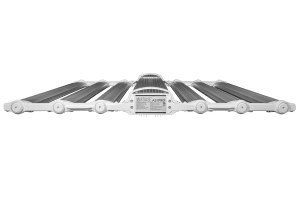

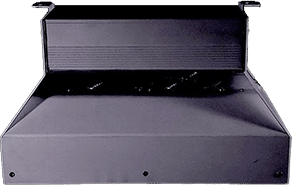

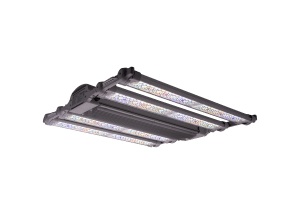


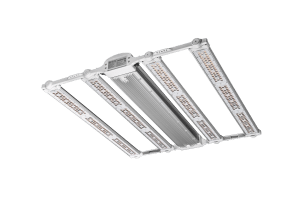
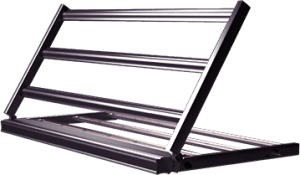
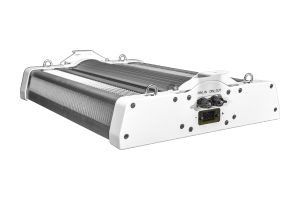


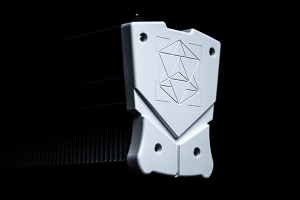

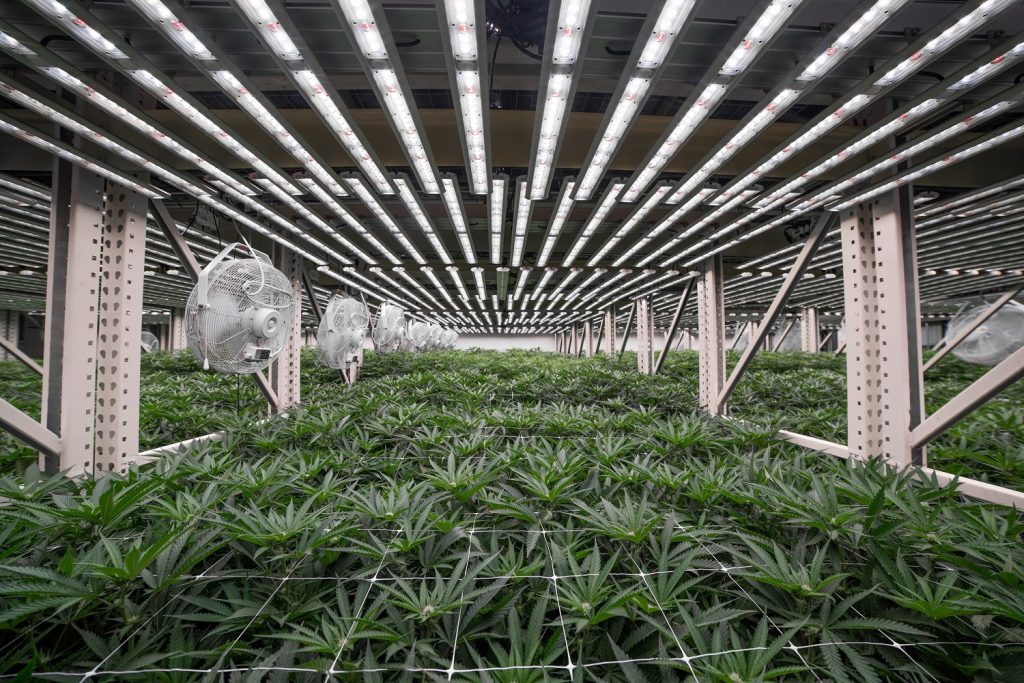
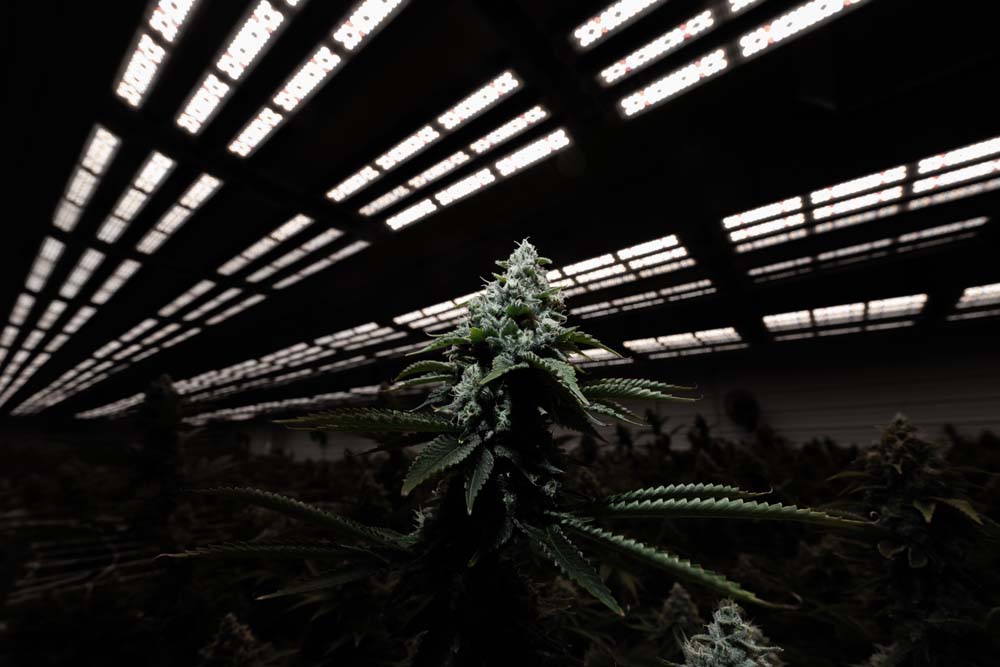
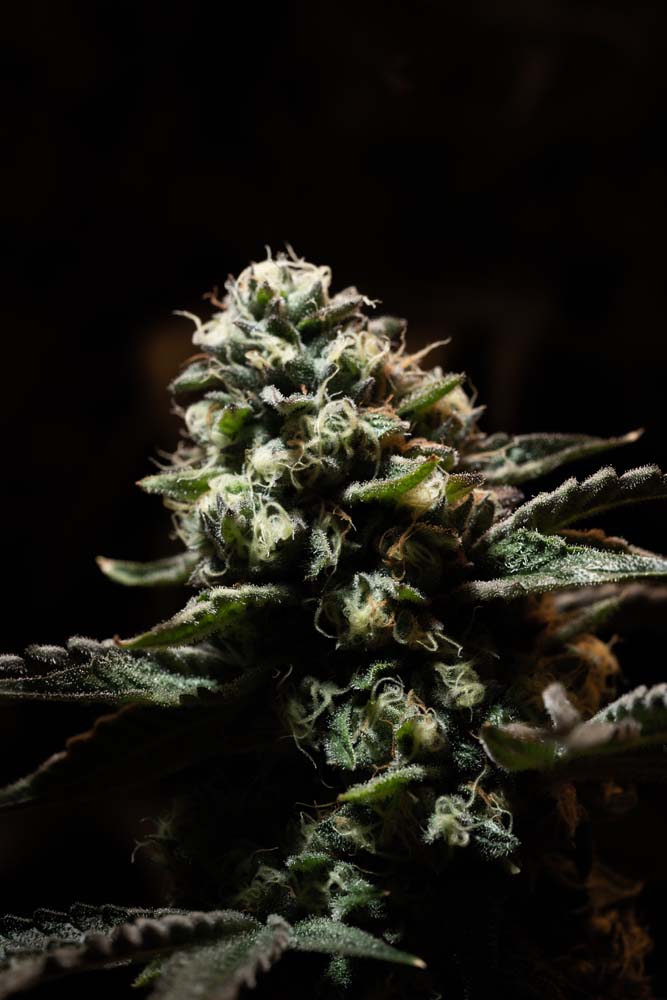
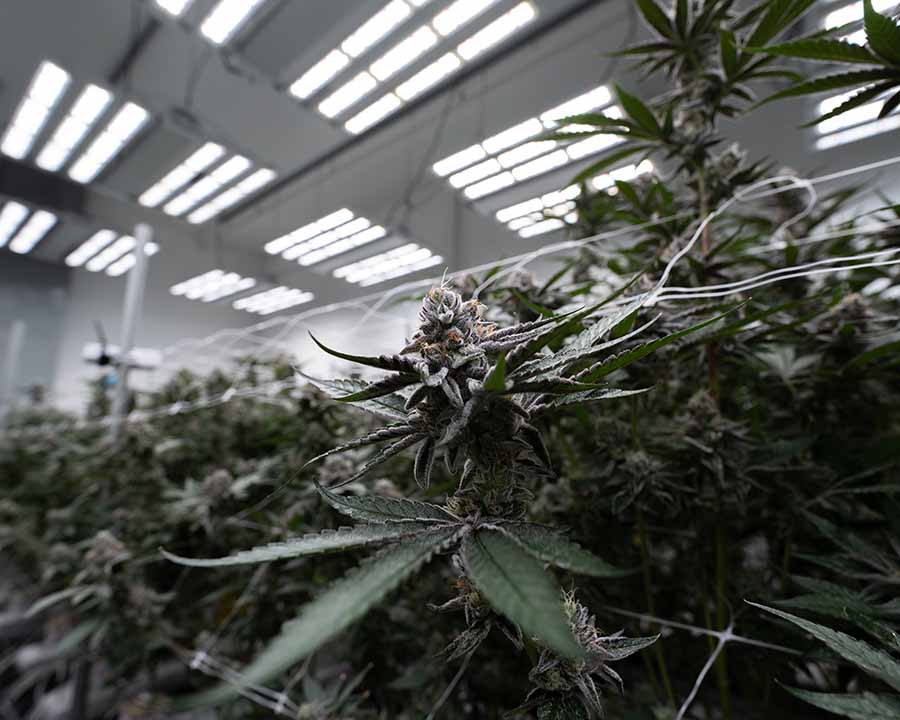
![[WEBINAR] 7.19 lbs/Light ??How The Grove Attained The Unbelievable](https://resources.fohse.com/wp-content/uploads/2021/12/grovewebinar-1024x576.jpg)
